
With concerns rising about climate change and the demand for eco-friendly solutions, bamboo has become a top choice. The growing popularity of bamboo products is largely due to their positive environmental impact. Though bamboo is commonly found in furniture and flooring, it’s not considered wood but rather a grass with distinct composition and growth patterns compared to tree wood where its tightly packed fibers contribute to its durability and strength.
Those very properties, however, make it quite ideal for some designs, and there is a wide range of applications of bamboo in furniture, accessories, or even architecture. It is becoming a widely-used alternative to wood because of its faster growth rate and ubiquity, not to mention its unique properties and deep roots in antiquity. Here we explore not only the reasons why bamboo is such a popular choice but also the variety of uses it has in contemporary product design.
Designer: Deepak Dadheech
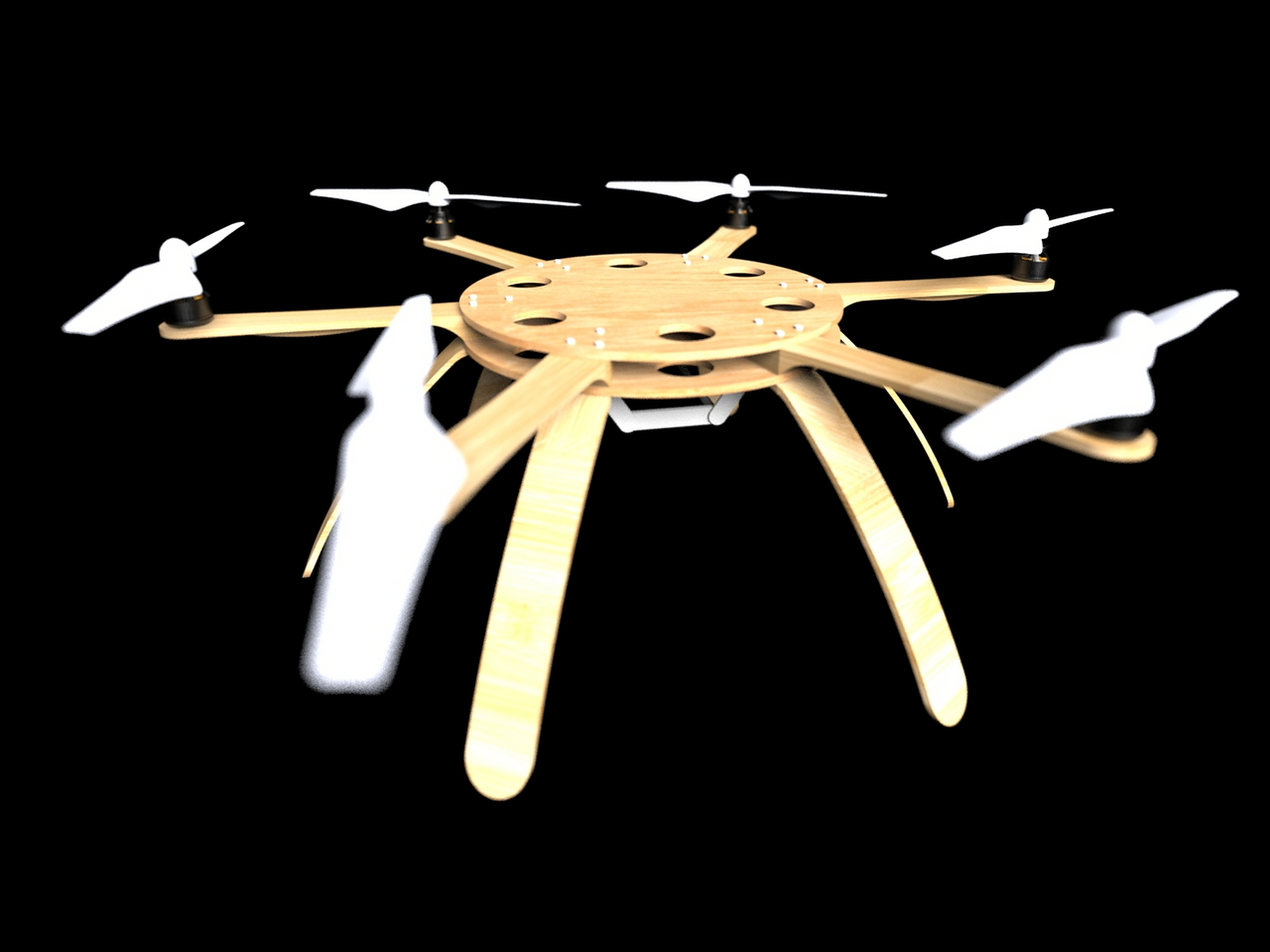
Why is Bamboo the best material for sustainable product design?
Just like regular wood, bamboo is a renewable resource for production materials. Unlike typical trees, however, it’s often easier to grow and take care of. With minimal chemical and water requirements, bamboo stands out as an eco-friendly material that absorbs more carbon dioxide than cotton or timber and releases oxygen to enhance air quality.
As a material, it also offers plenty of unique properties that make it suitable to replace not just hardwood or metal but even plastic or fabric. Here are some of the reasons why bamboo has become such a darling in the product design industry, especially compared to less sustainable options.
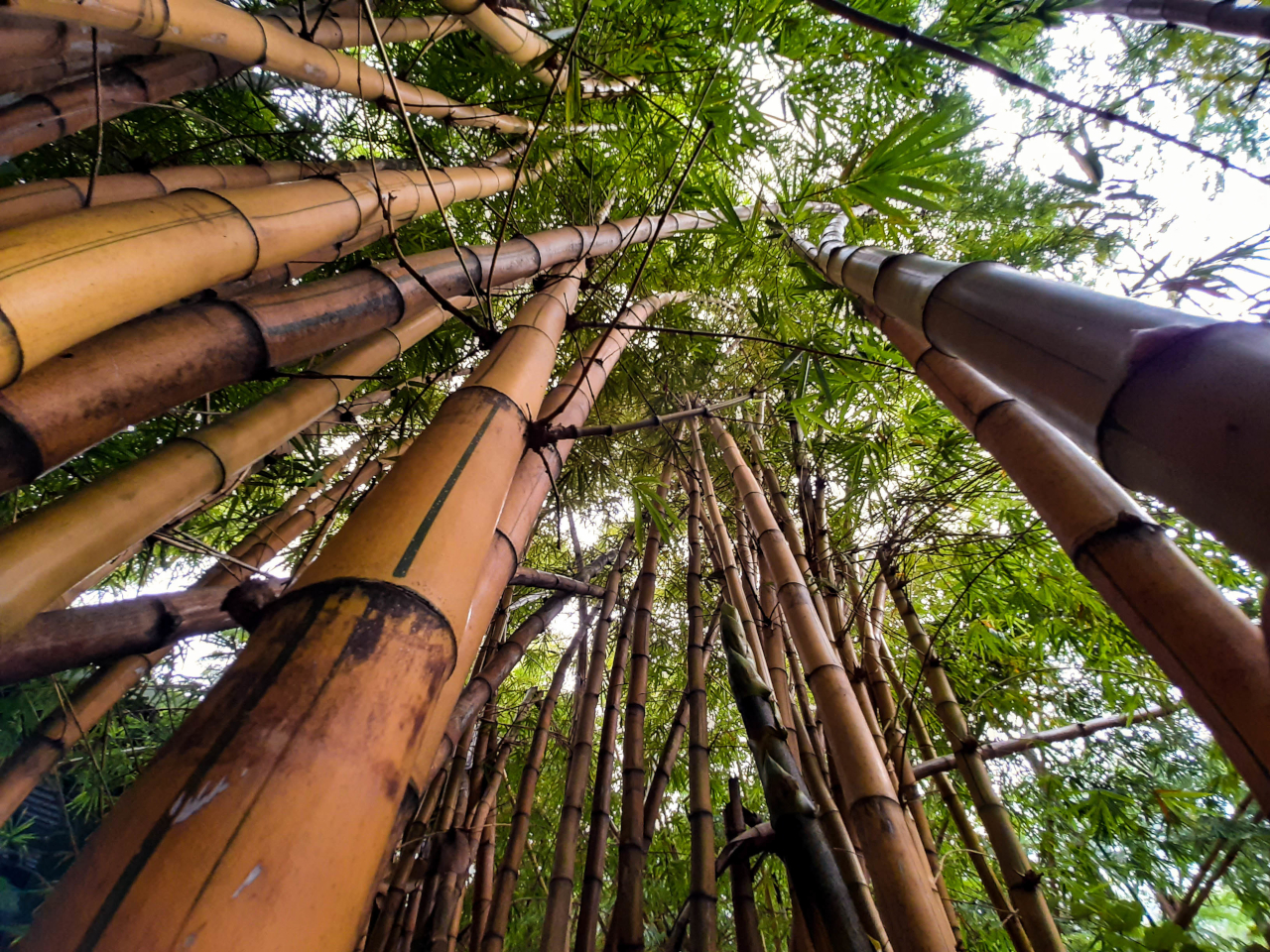
Image courtesy of: wirestock
- Eco-Friendly Material – Bamboo’s self-regenerating nature and rapid growth with minimal care make it one of the most sustainable alternatives to plastic or metal.
- Cost-Effective – Bamboo is an affordable material that allows designers to experiment with the material and integrate it into their designs.
- Versatile Material – Bamboo is a versatile material that can be used to create various products like fabrics, towels, brushes, and furniture.
- Highly Durable – Despite its lightweight, bamboo offers remarkable tensile strength, flexibility, and durability, making it resistant to wear and tear over time, unlike many other materials.
- Strong yet Soft – Bamboo offers durability comparable to popular hardwoods, ensuring long-lasting beauty and functionality.
- Grown Naturally without Chemicals – Bamboo is grown without pesticides or chemical fertilizers, and its 100% biodegradable fiber grows rapidly due to its grass-like nature
- Aesthetically Appealing – Bamboo’s natural sheen and silk-like texture enhance the visual appeal of different products and provide a luxurious feel.
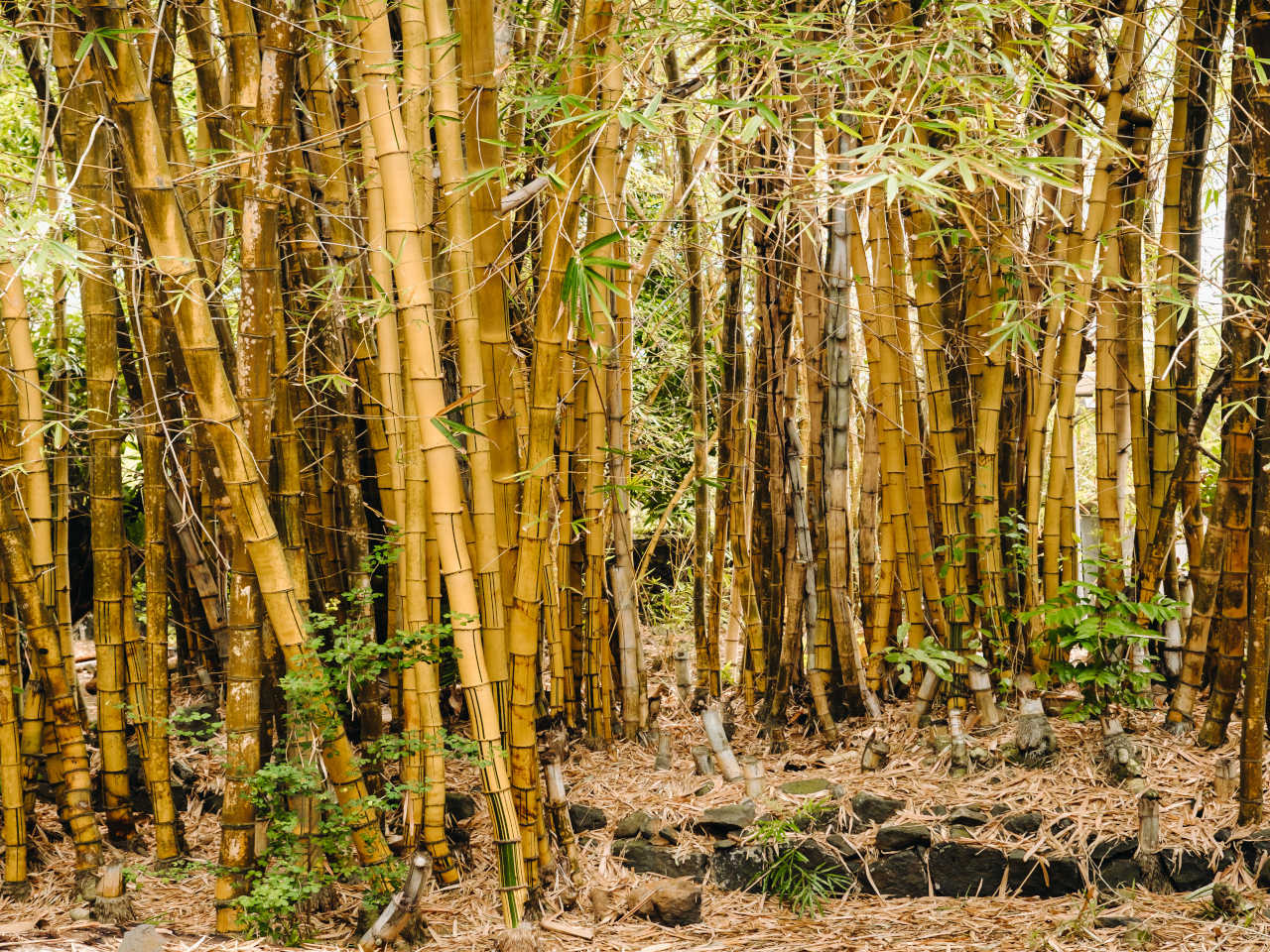
Image courtesy of: Lobachad
What are the trending uses of bamboo?
Given the versatility of bamboo, it’s no surprise that it has been used in a wide variety of product designs. It’s not just the usual furniture or accessories either, as some consumer electronics have even adopted this wonder material. Bamboo doesn’t just bring sustainability but also a touch of style to designs that use it.
Of course, not all products can simply use bamboo material willy-nilly, since the material is still wood. With some creative thinking, however, bamboo can be utilized for almost anything, including textile! Here are ten examples of bamboo being used in modern products to elevate their quality both from without and within.
1. Bamboo Furniture
In the Kana Pro Bamboo Standing Desk by FlexiSpot, form meets function in a sustainable package. Crafted with a bamboo desktop that exudes warmth and durability, this desk elevates any home office aesthetic. With its dual-motor lifting system, one can adjust the desk’s height to one’s, ensuring ergonomic comfort. Safety features like anti-collision technology and a child lock alongside an integrated cable tray keep wires organized, while the additional lacquer coating enhances resistance to scratches, water, and insects.

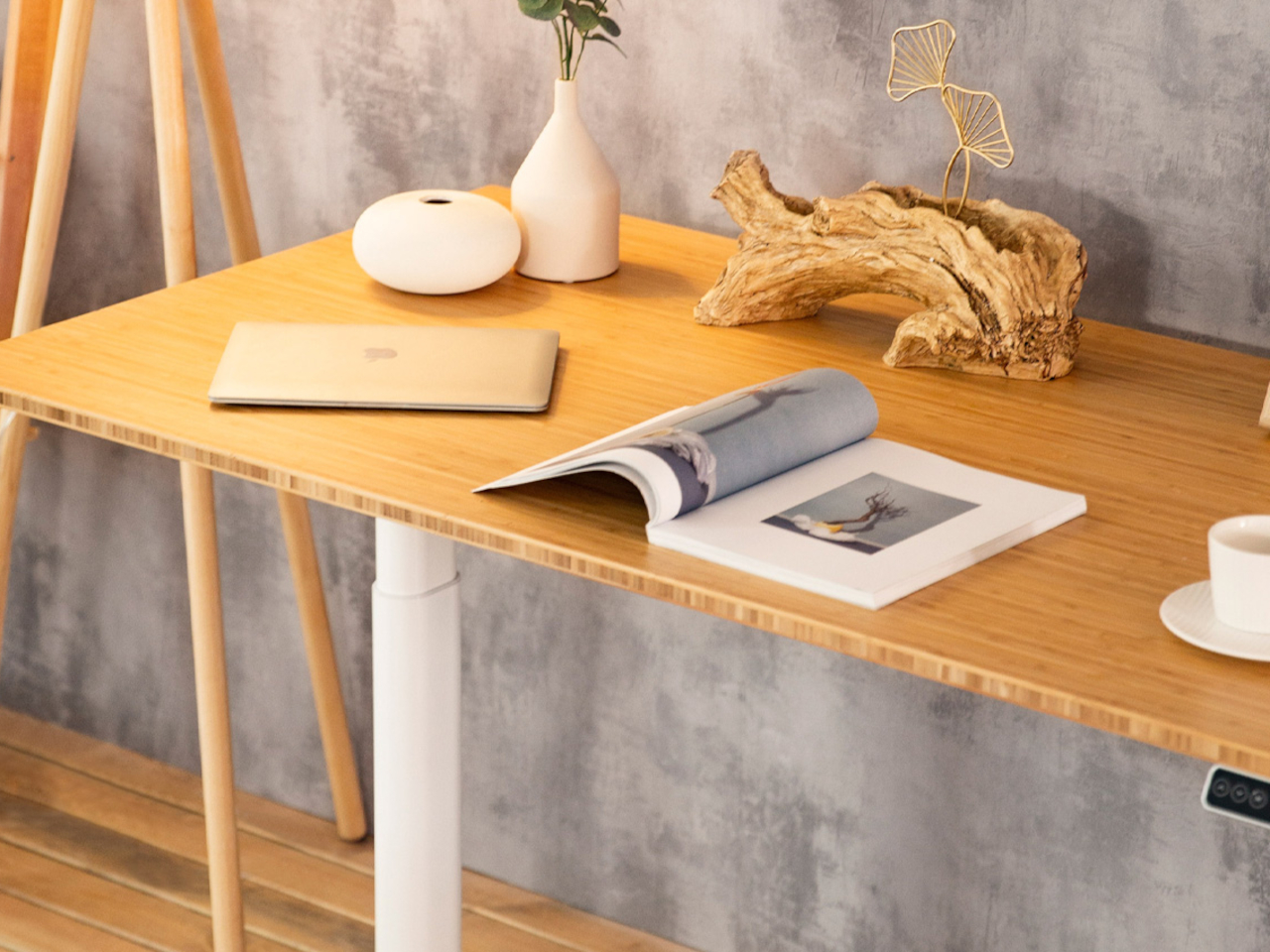
Designer: FlexiSpot
The design is simple and doesn’t hide the wooden nature of the bamboo tabletop. Instead, it proudly displays the grain patterns unique to wood that give the slab its own character. It takes the elegance of natural bamboo strips and puts them on top of an ergonomic desk for a luxurious and comfortable working experience.
2. Electronic Devices
Using wood with electronics isn’t a popular design, especially ones that get exposed to moisture and the elements regularly. Used properly, however, it can turn a utilitarian product into a fashion statement, making a device an extension of one’s character and tastes.
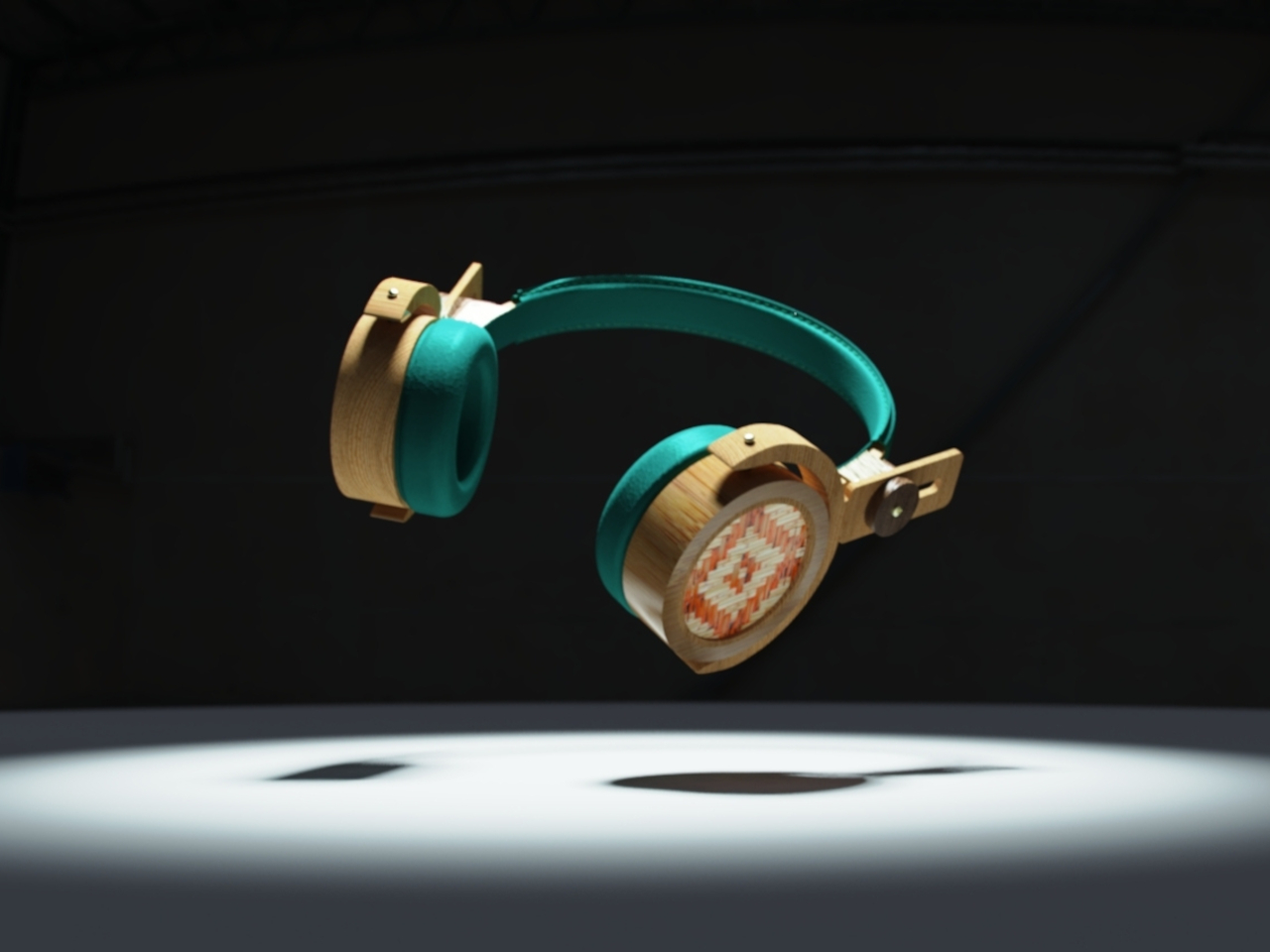
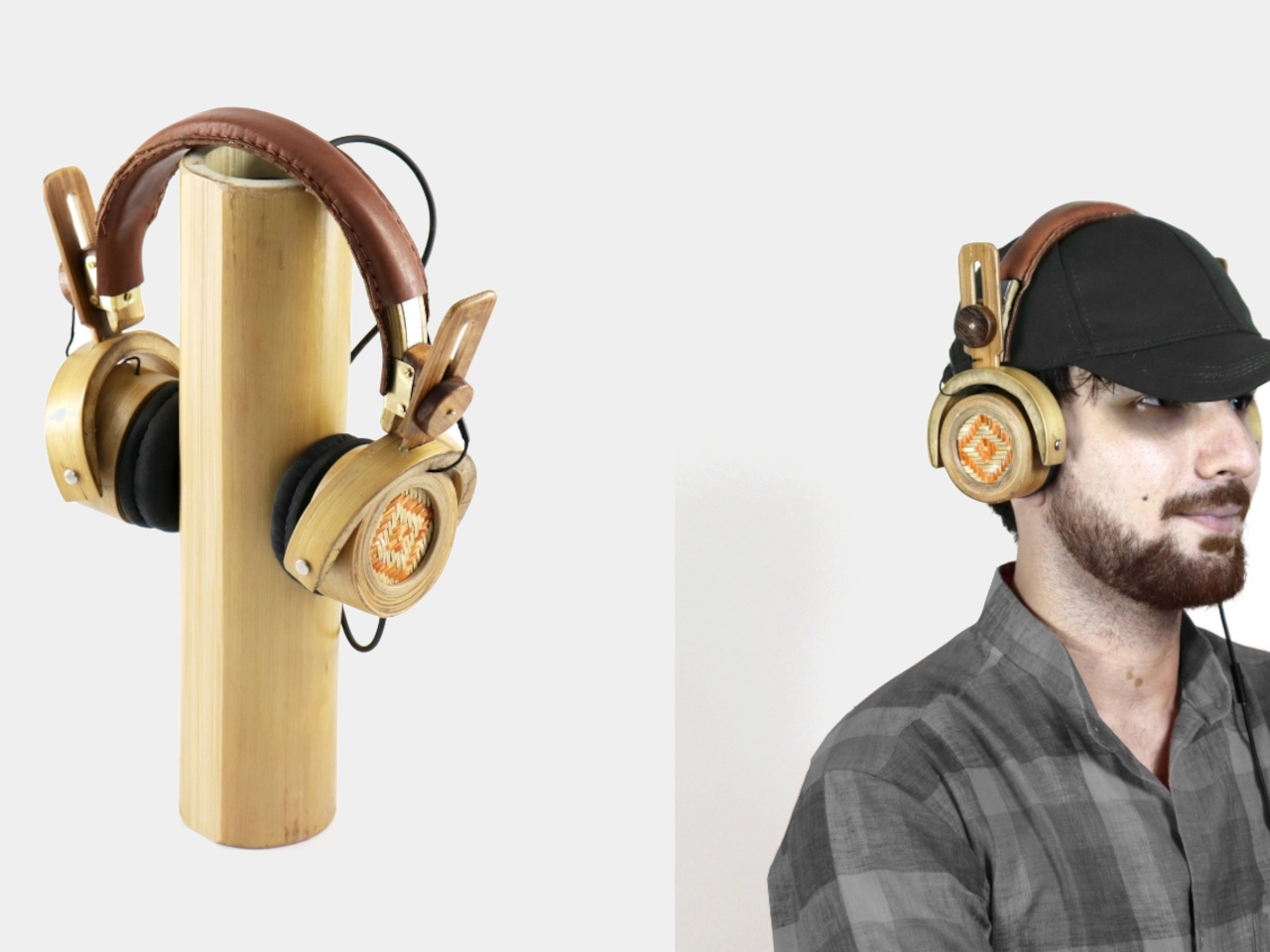
Designer: Aakansh Chaturvedi
The Bambass headphones are a sustainable innovation that merges bamboo weaving with modern design. Crafted with eco-friendly materials like bamboo and vegan leather, these open-back headphones offer both style and functionality. The adjustable design ensures comfort, while the use of bamboo provides enhanced sound insulation. With a commitment to reducing e-waste, Bambass represents a step forward in eco-conscious electronic accessories.
3. Bamboo Towels
Bamboo is wood and wood is hard, so you’d presume that you can only use bamboo for similarly hard products. Unlike most trees, however, bamboo stalks are actually flexible and fibrous, making it possible to actually transform them into yarn and fabrics. What you get is textile that’s sustainable on many levels while still providing the basic properties of regular cloth.

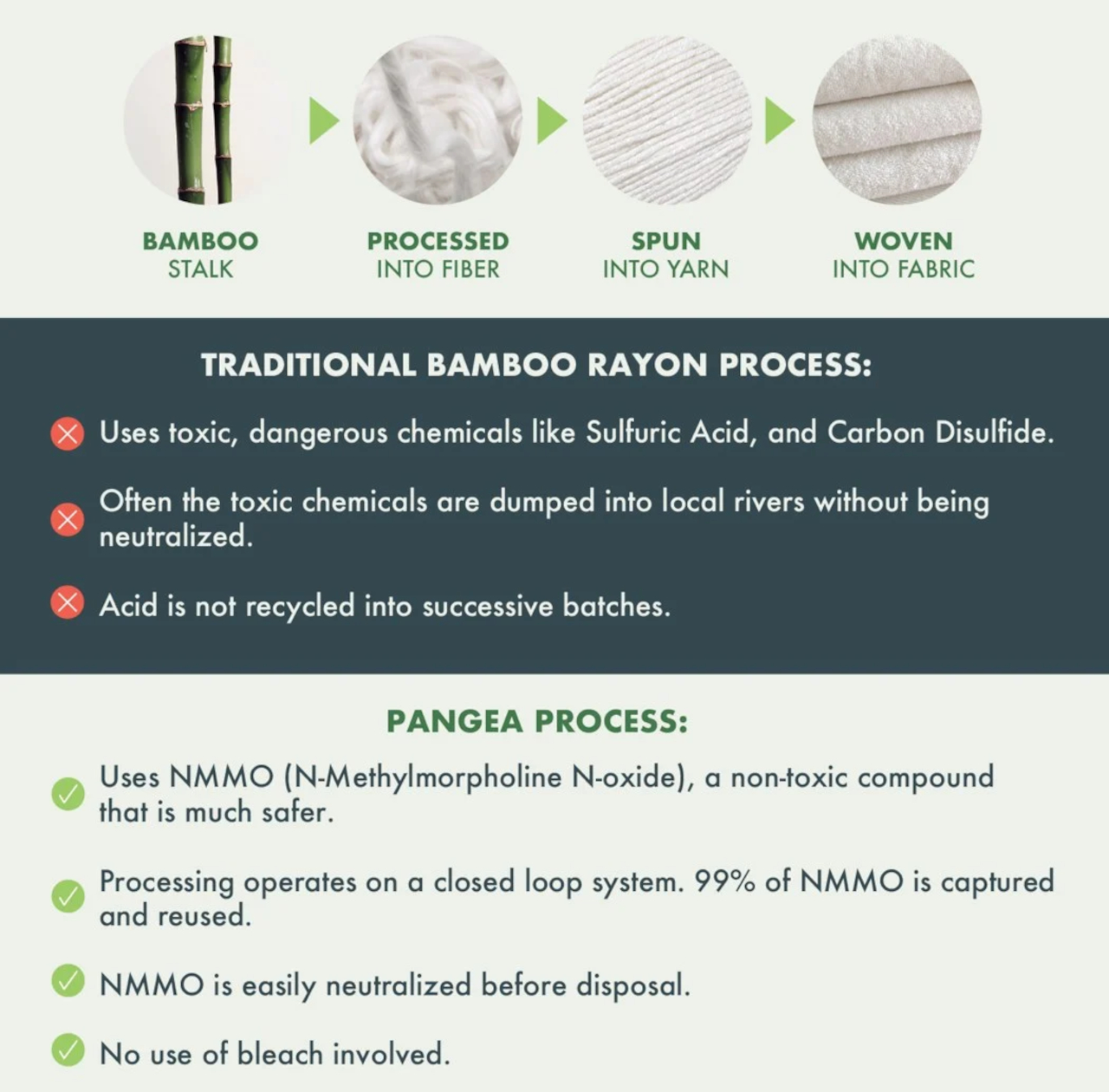
Designers: Marcos Bulacio, William Di Ricco & Juan Sebastian Duque of Pangea Movement
PANGEA’s Bamboo Adventure Towel 2.0 is not just eco-friendly; it’s carbon-negative, actively removing more carbon from the atmosphere than it emits. Crafted entirely from 100% bamboo fibers, dyed with natural colors, and featuring a waffle pattern for enhanced absorption, it outperforms traditional microfiber towels. Designed for outdoor use, it’s naturally hypoallergenic, and antibacterial.
4. Bamboo Plates
Plates made of wood aren’t exactly new, especially in some cultures that emphasize a strong association with food and nature. Bamboo, however, opens up even more possibilities not only in terms of design but also sustainability. Reusing cutoffs, for example, helps reduce the need for raw materials even further, as demonstrated by this creative plate design.


Designer: KNORK
Knork’s Sustainable Eco Plates feature a unique shape that comfortably holds wine glasses, perfect for eco-conscious entertaining. Made from bamboo and sugarcane offcuts, they contribute to a zero-waste future. The plates’ intelligent design includes space for wine glasses and hanging Knork Eco utensils. Crafted from Astrik resin, they’re biodegradable, dishwasher-safe, and decompose into compost in two years. These durable, sustainable plates minimize environmental impact, setting the stage for eco-friendly parties.
5. Bamboo Inspired Aesthetics

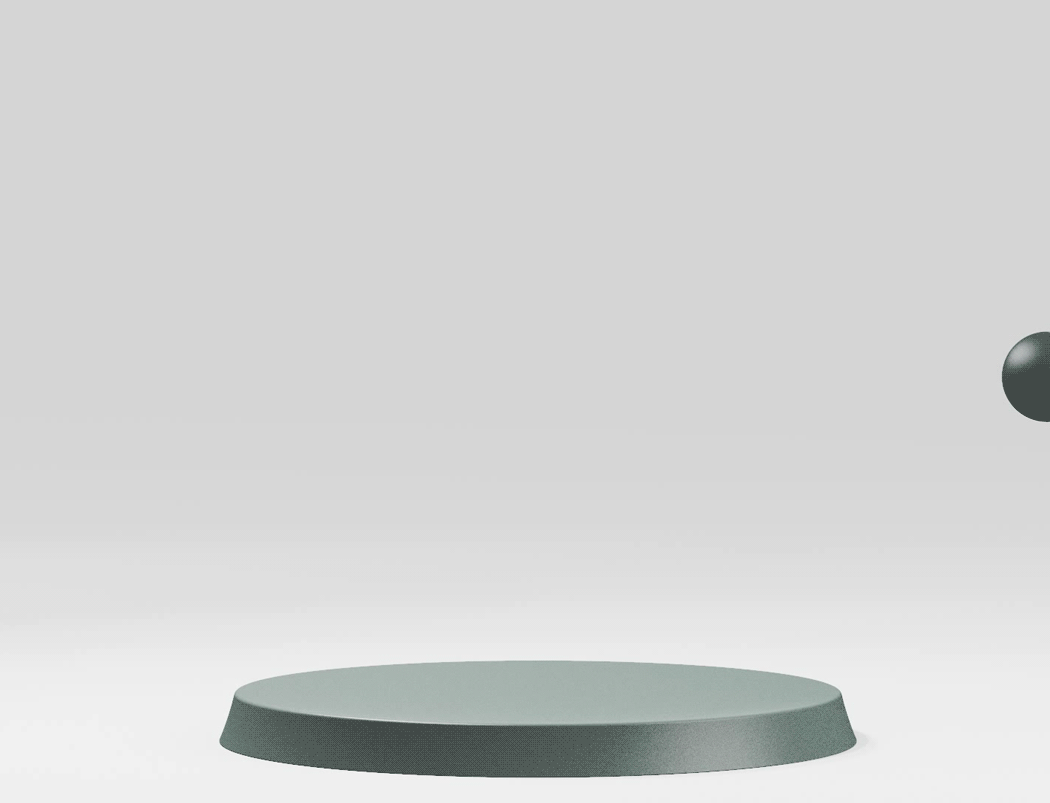
Designer: Kim Minsu
These minimal bamboo-inspired pens feature a magnetic base for self-organization. Designed by Kim Minsu, they resemble the aesthetic appeal of bamboo plants. The pens return to an upright position on the flat base, ensuring easy access whenever needed while adding a stylish touch to any workspace.


Designer: RONG Design
This minimalist tea set, designed for a luxury hotel brand in Jintan District, southern China, integrates the region’s renowned bamboo and high-grade green tea. The set, resembling bamboo, comprises a teacup, teapot, and tea spoon that stack to form a bamboo shape, symbolizing the traditional tea brewing process. This design seamlessly blends elegance with functionality, offering a serene addition to any kitchen.
6. Bamboo Toothbrush
There is so much plastic around us that we have become desensitized to their presence and effects on the environment. Even the toothbrushes we use to keep your teeth healthy is pretty much completely made of different kinds of plastic. Considering how often we replace these products, their accumulated numbers in landfills can be quite staggering.
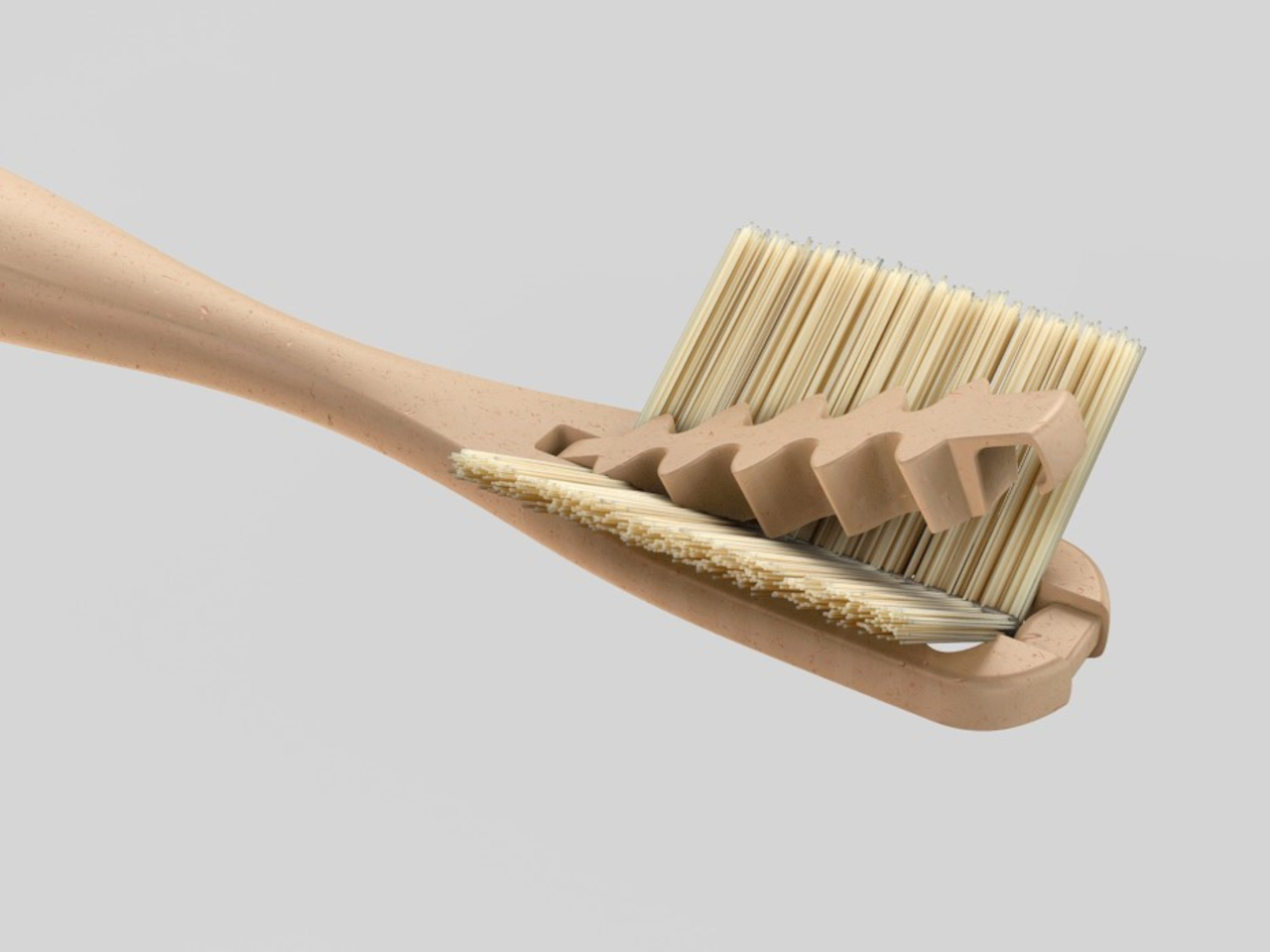

Designer: NOS
The Everloop Toothbrush features an innovative design that allows for the replacement of its bamboo bristles. Made by NOS, this toothbrush addresses the alarming issue of plastic waste, with billions of toothbrushes being discarded each year. Its handle is crafted from recycled toothbrushes, while a clamping mechanism enables the attachment of 100% natural bamboo bristles. The plastic handle can be retained and the bamboo bristles can be periodically replaced to ensure that minimal plastic waste enters the environment.
7. Bamboo Pet Furniture
Humans aren’t the only ones who can enjoy bamboo-based products. With the rise in the number of pets in households, it’s only natural for pet furniture to also increase, most of which are made using plastic. Of course, not every piece or part of the pet furniture should be made of wood, but careful design can yield interesting results. CatYou in a Circle, for example, is an innovative modular cat furniture designed to serve as a lounge for both owners and pets. This set includes a floor sofa and coffee table, offering a relaxing space for cats and their owners.
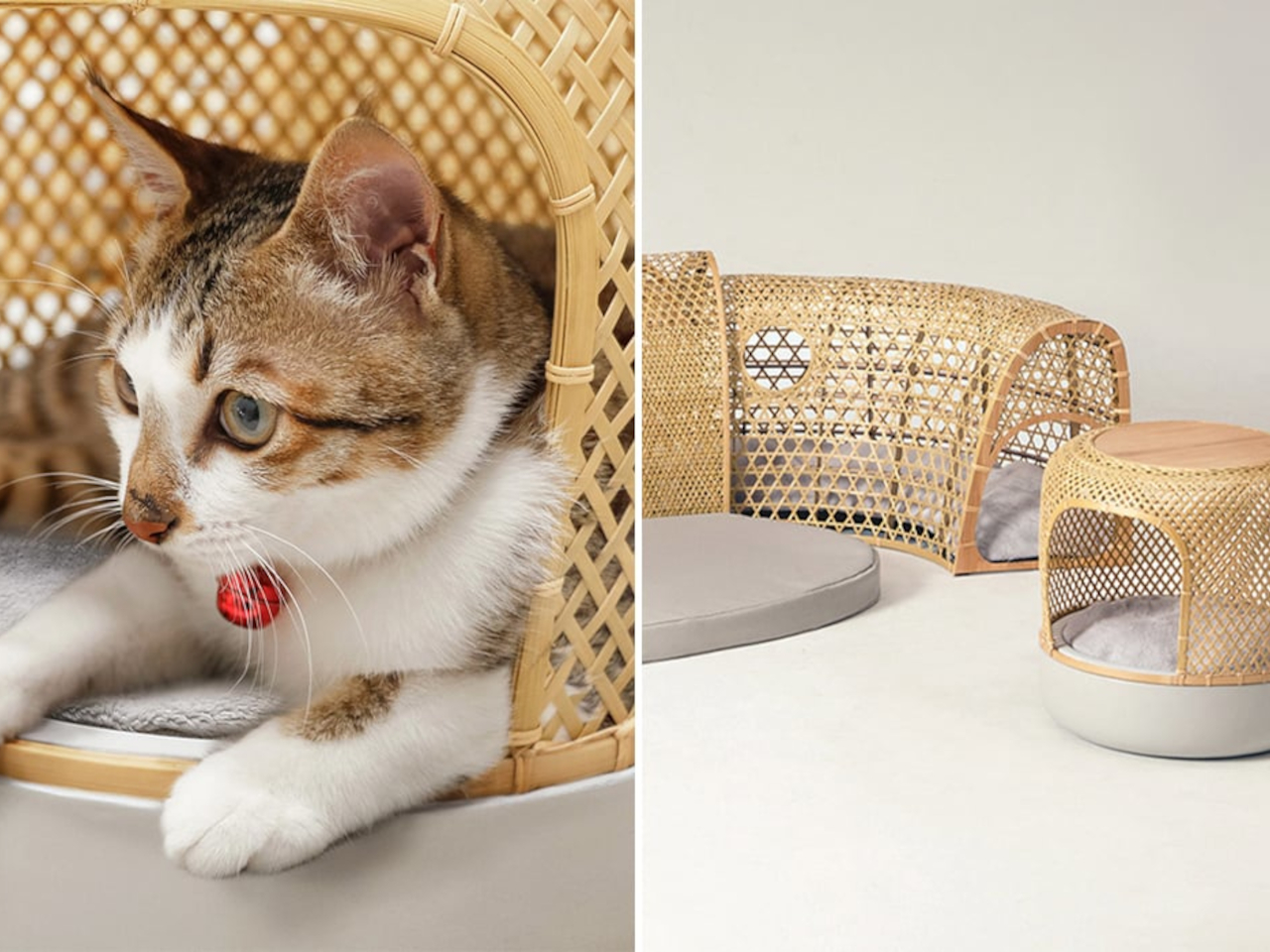
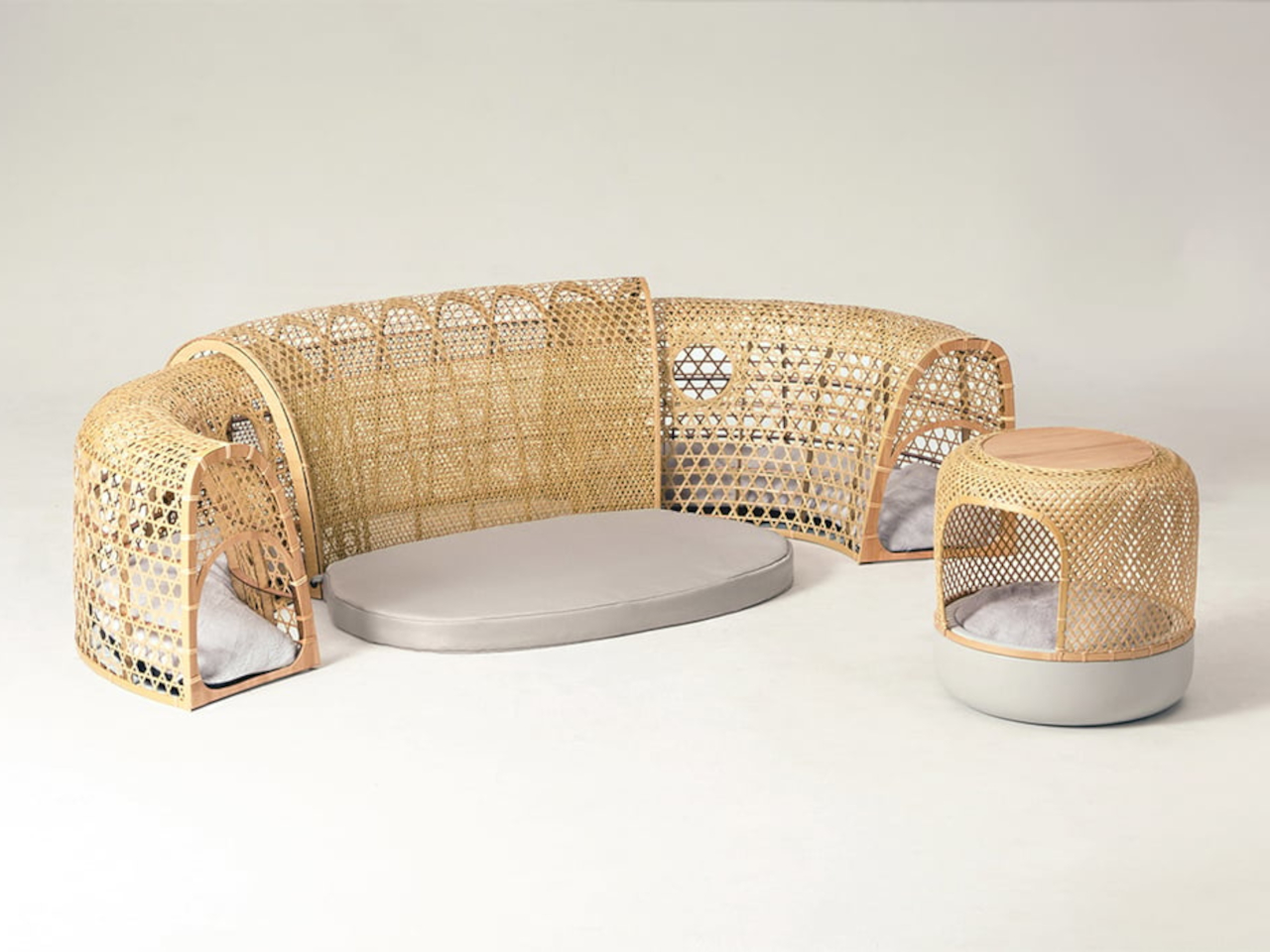
Designer: Jack Dogson
Crafted with urban living in mind, it addresses common challenges faced by cat owners in compact spaces, providing hiding spots and play areas within the furniture. The woven bamboo design allows for visibility while maintaining boundaries, and adjustable armrests and washable cushions enhance comfort and versatility. CatYou in a Circle’s design balances functionality, style, and the behavioral needs of both pets and humans, making it an ideal solution for modern living spaces.
8. Bamboo Architecture
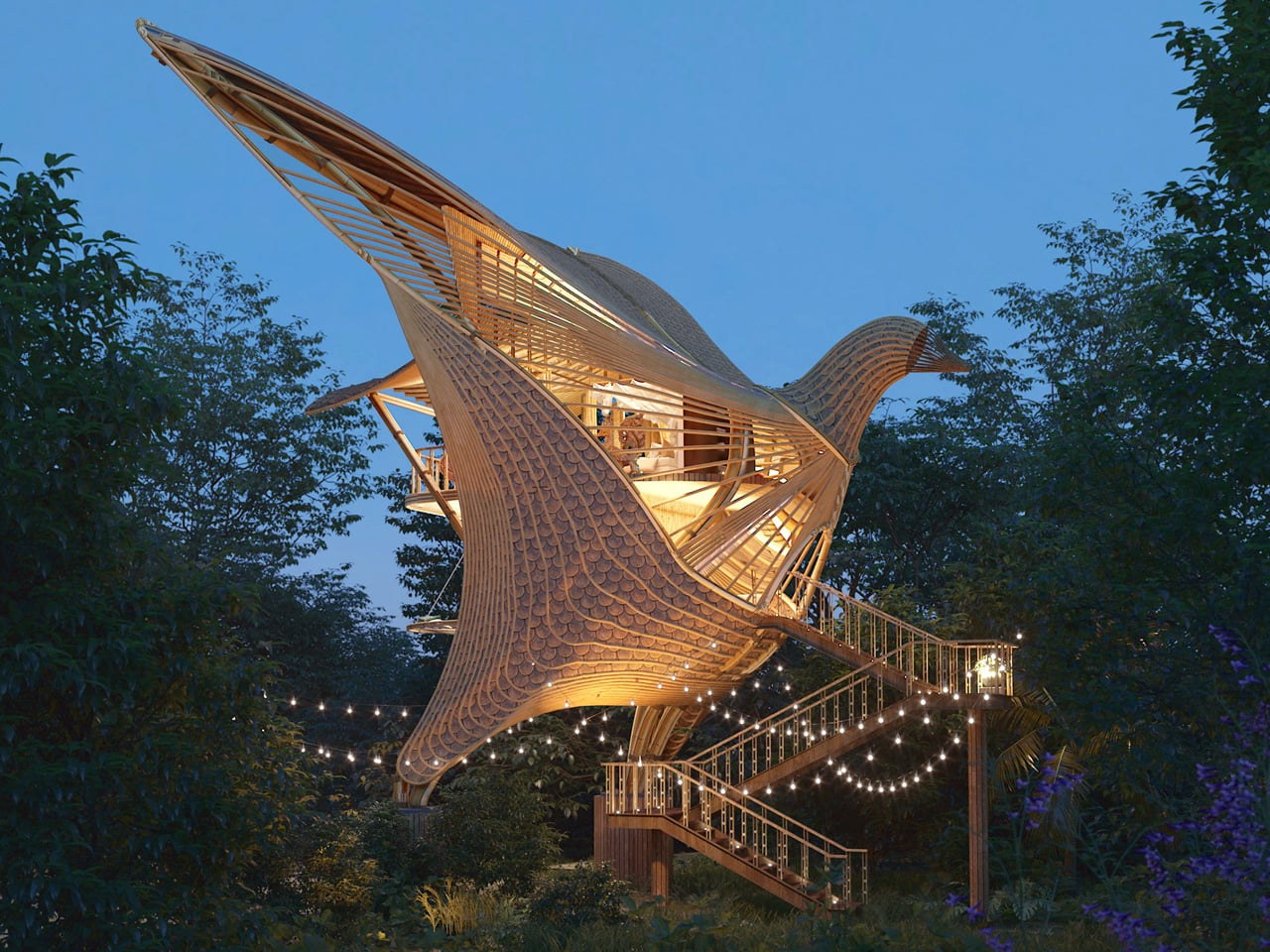
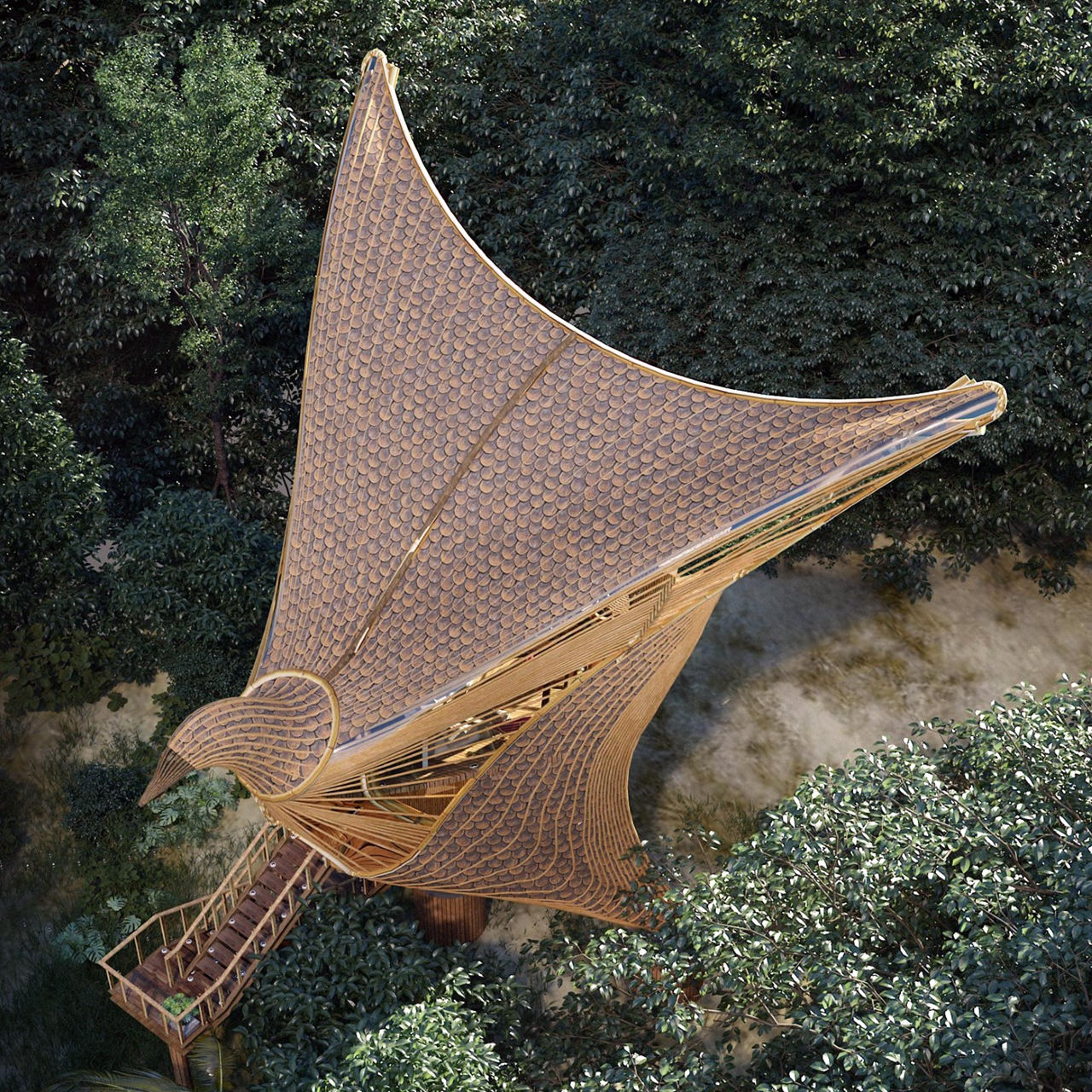
Designer: Thilina Liyanage
Thilina Liyanage’s “Birdie” is a picturesque bamboo glamping villa that resembles a majestic bird in flight. Located amidst a forest in Sri Lanka, this stunning creation showcases Liyanage’s talent for crafting nature-inspired structures using bamboo and wood. Elevated on stilts, Birdie offers occupants a serene view of the surrounding forest, with two levels providing ample space for a family of three. The upper level features a bedroom with a balcony, while the lower level includes a living space, a toilet, and a cantilever hammock for relaxation. With its bamboo, wood, and tile exterior, Birdie exudes the elegance of a swan about to take flight, creating an illusion of being suspended in the air. The spacious interior, cleverly integrated into the bird’s chest and wingspan, offers a comfortable retreat amidst nature.


Designer: Sarawoot Jansaeng-Aram from Dersyn Studio Co., Ltd.
Turtle Bay, situated by Thailand’s Khao Tao Reservoir in Hua Hin, exemplifies eco-tourism through its sustainable design and use of local materials. Architect Sarawoot Jansaeng-Aram’s concept includes floating bungalows crafted to resemble bamboo turtles, featuring shingled roofs and locally sourced bamboo. Embracing the renowned “Poon Tum” technique, known for its natural ventilation and resilience, Turtle Bay showcases a commitment to preserving the ecosystem.
9. Bamboo Cleaning Brush
Just like with toothbrushes, household cleaning tools are mostly made of plastic. Though some brushes do have wooden handles, their bristles are still made of plastic. It’s possible to use different materials, but the usual plastic alternatives are often too expensive to produce.
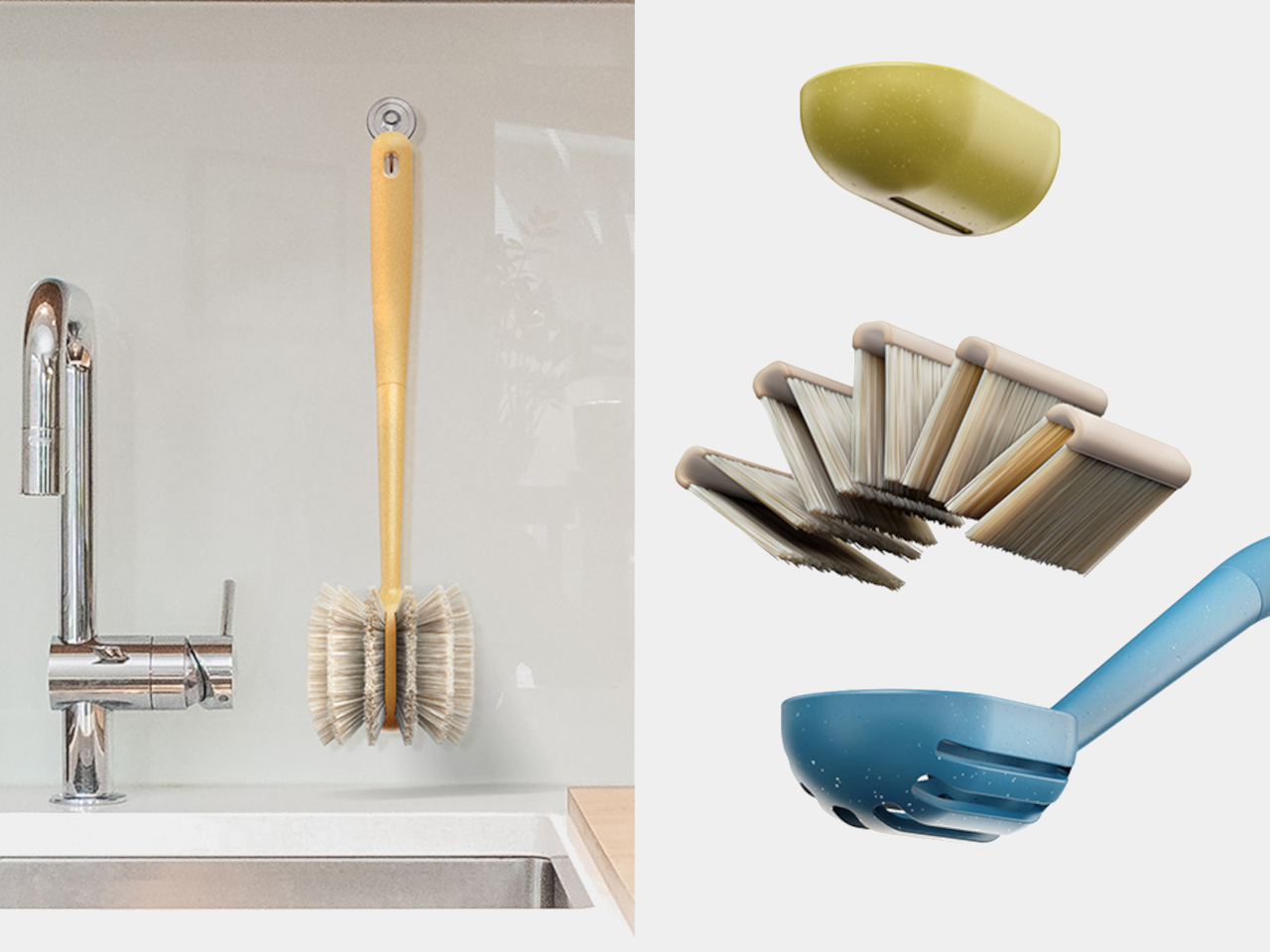
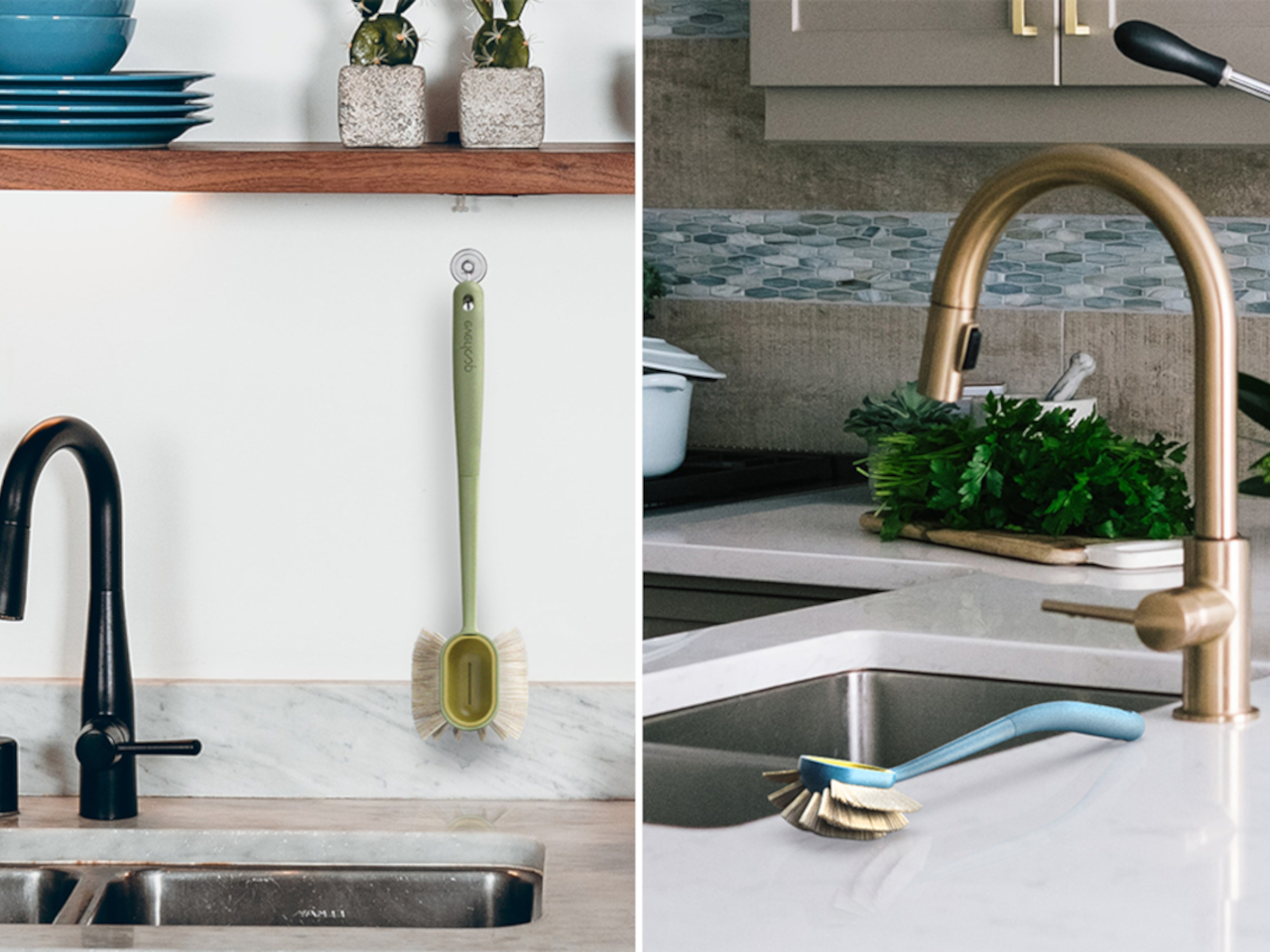
Designer: NOS Design
This sustainable dish brush features replaceable bamboo bristles, ensuring infinite reusability. Introduced by NOS, the creators of the successful Everloop Toothbrush, this innovation addresses the mounting plastic waste issue. The brush’s concave lid mechanism doubles as a soap container, while its replaceable bristles, made from natural fibers like bamboo and castor beans, are 100% compostable.
10. Bamboo Packaging
Although phone manufacturers have started removing plastic from their boxes, other products continue to ship packaging with plastic wrap or even plastic containers. Wood isn’t always a better choice for this purpose, but bamboo-based materials can actually help bridge the gaps between plastic, paper, and wood.
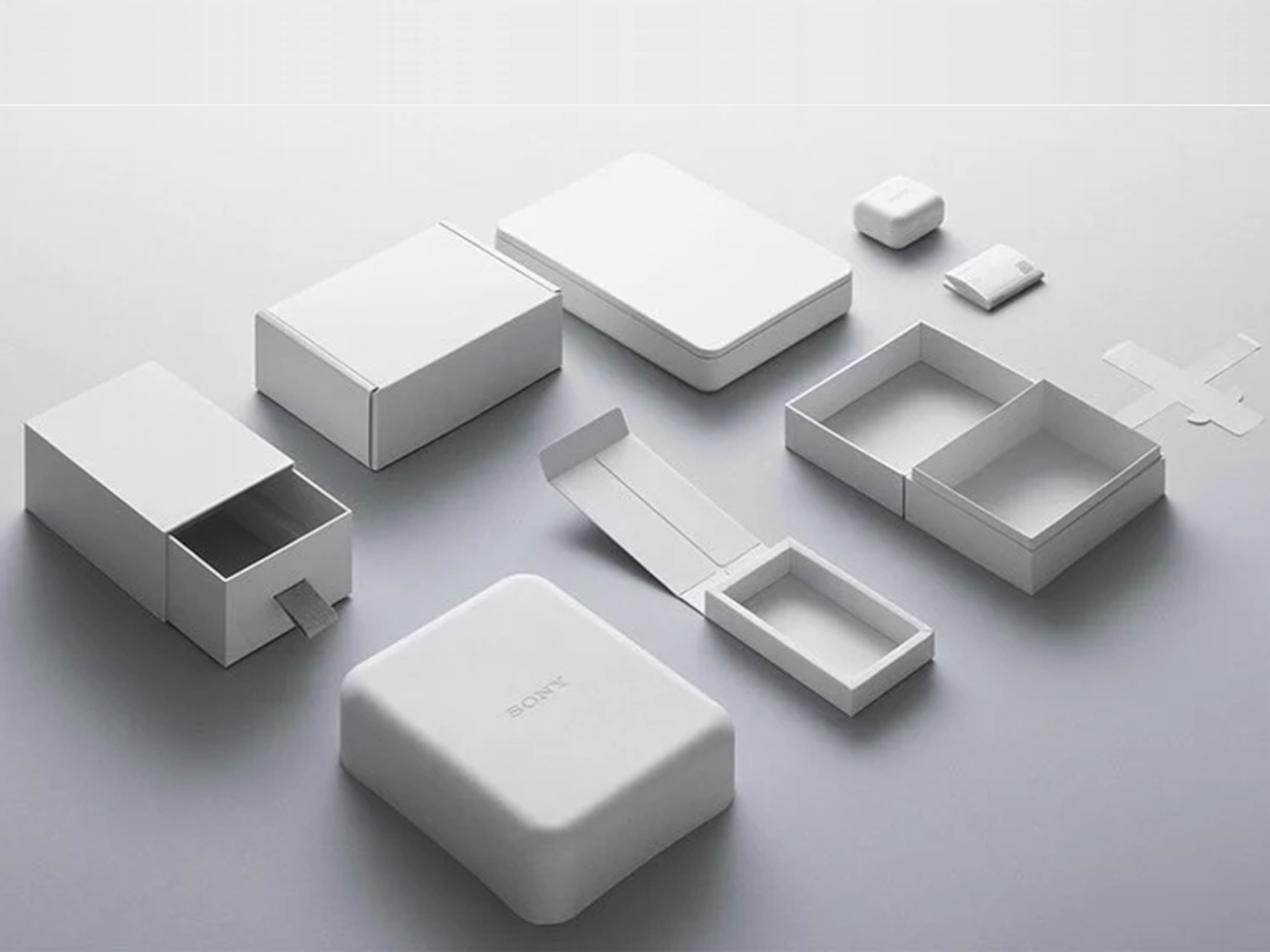
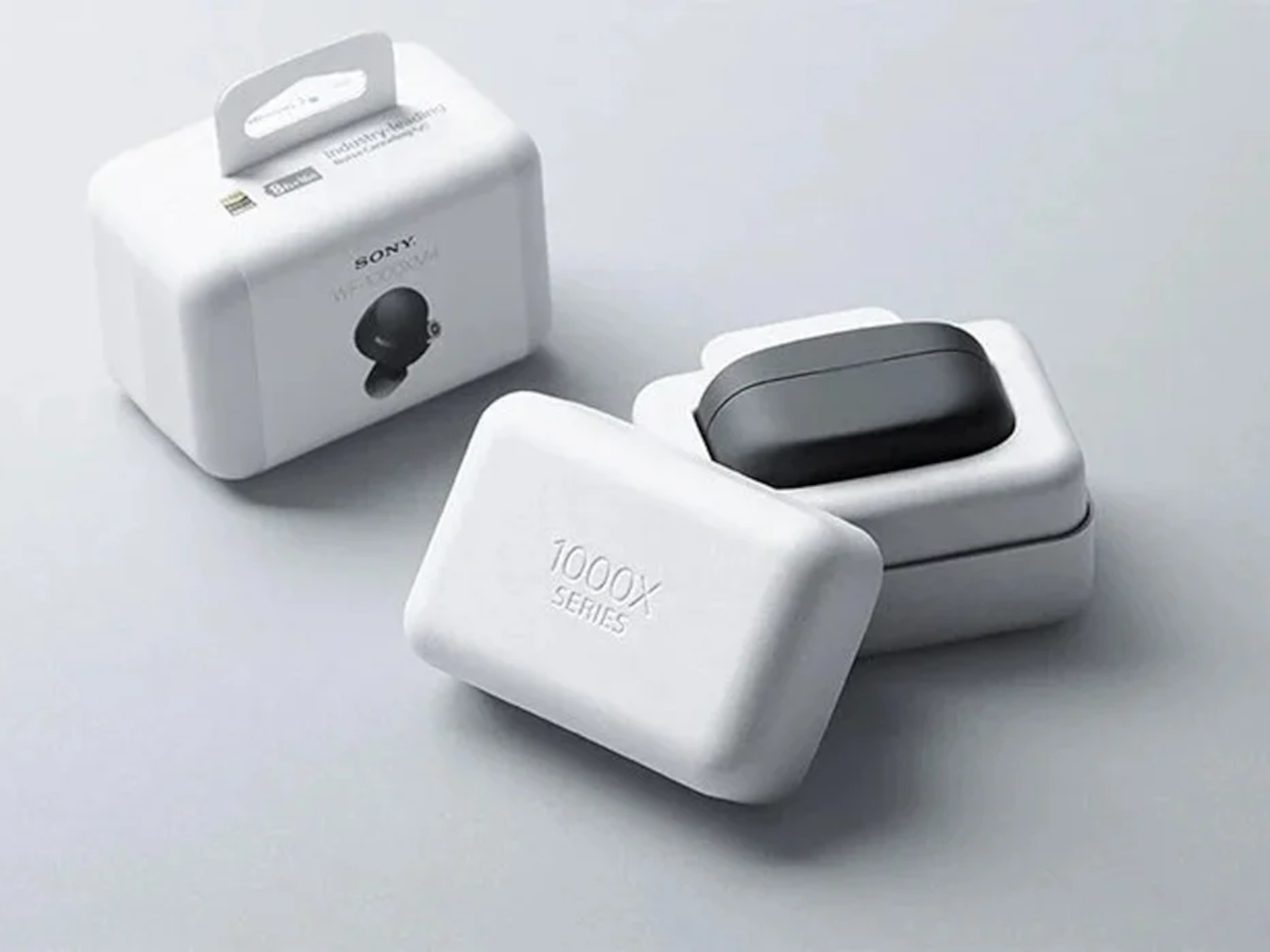
Designer: Sony
Global brands are increasingly prioritizing sustainability, with initiatives ranging from extending product lifecycles to sourcing eco-friendly materials for packaging. Sony, for instance, has launched its sustainability campaign by adopting recycled paper goods and locally sourced annuals for packaging. Their Original Blended Material, made from bamboo, sugarcane, and recycled paper, reduces CO2 emissions compared to traditional packaging materials sourced from mature trees. By sourcing materials locally and promoting sustainable practices, Sony aims to minimize environmental impact while delivering quality products.
The post Top 10 Ways to Use Bamboo in Contemporary Design first appeared on Yanko Design.
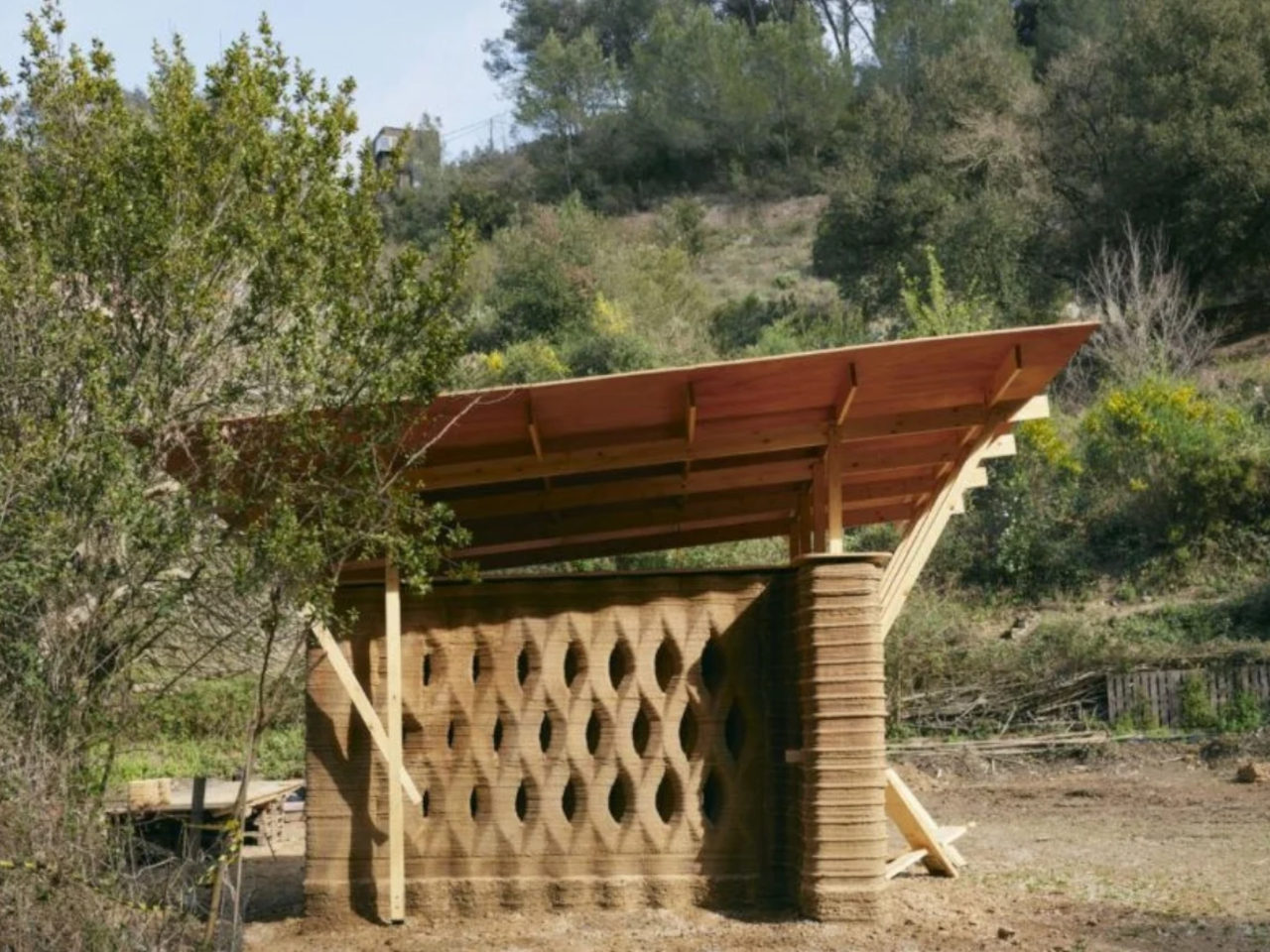


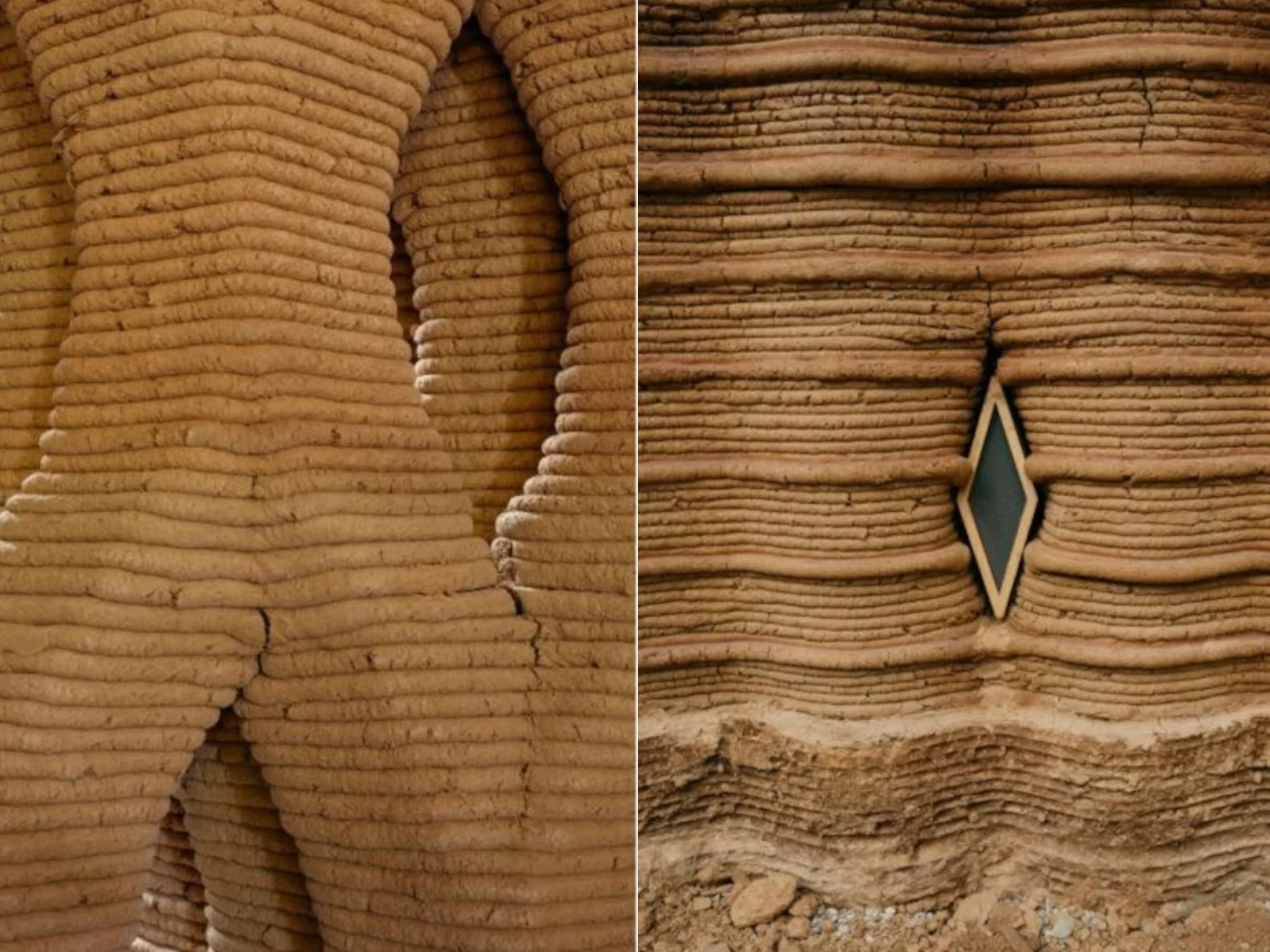
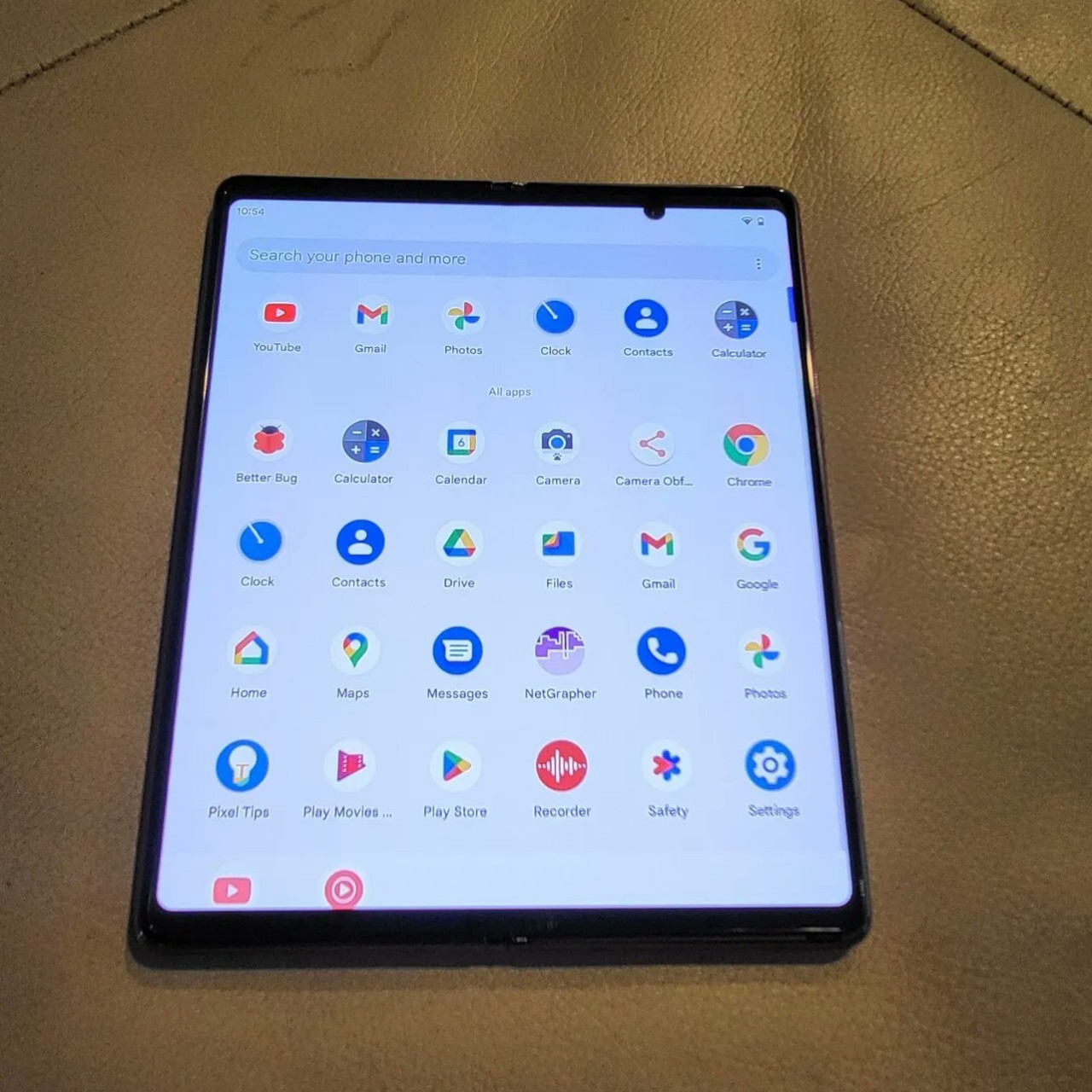
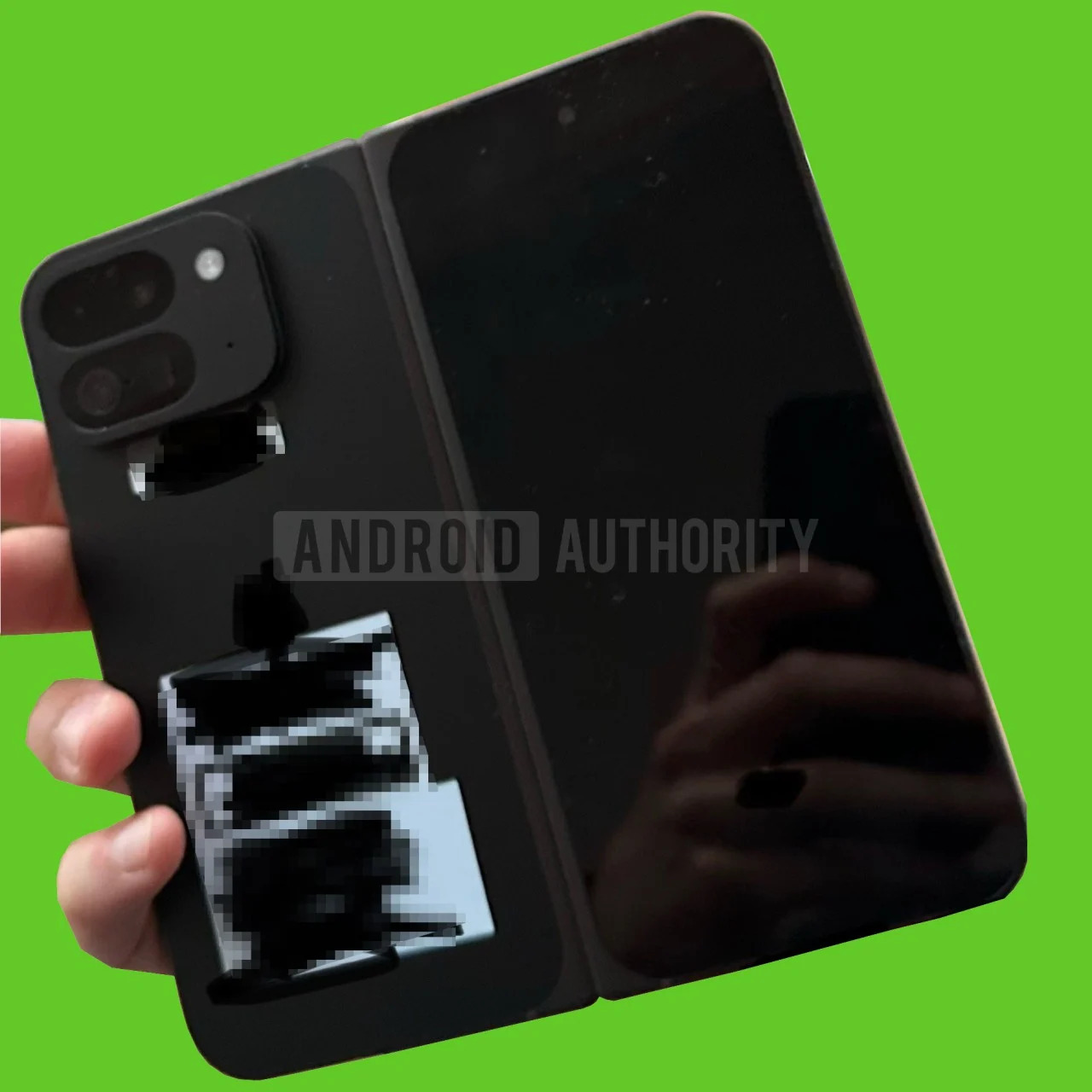
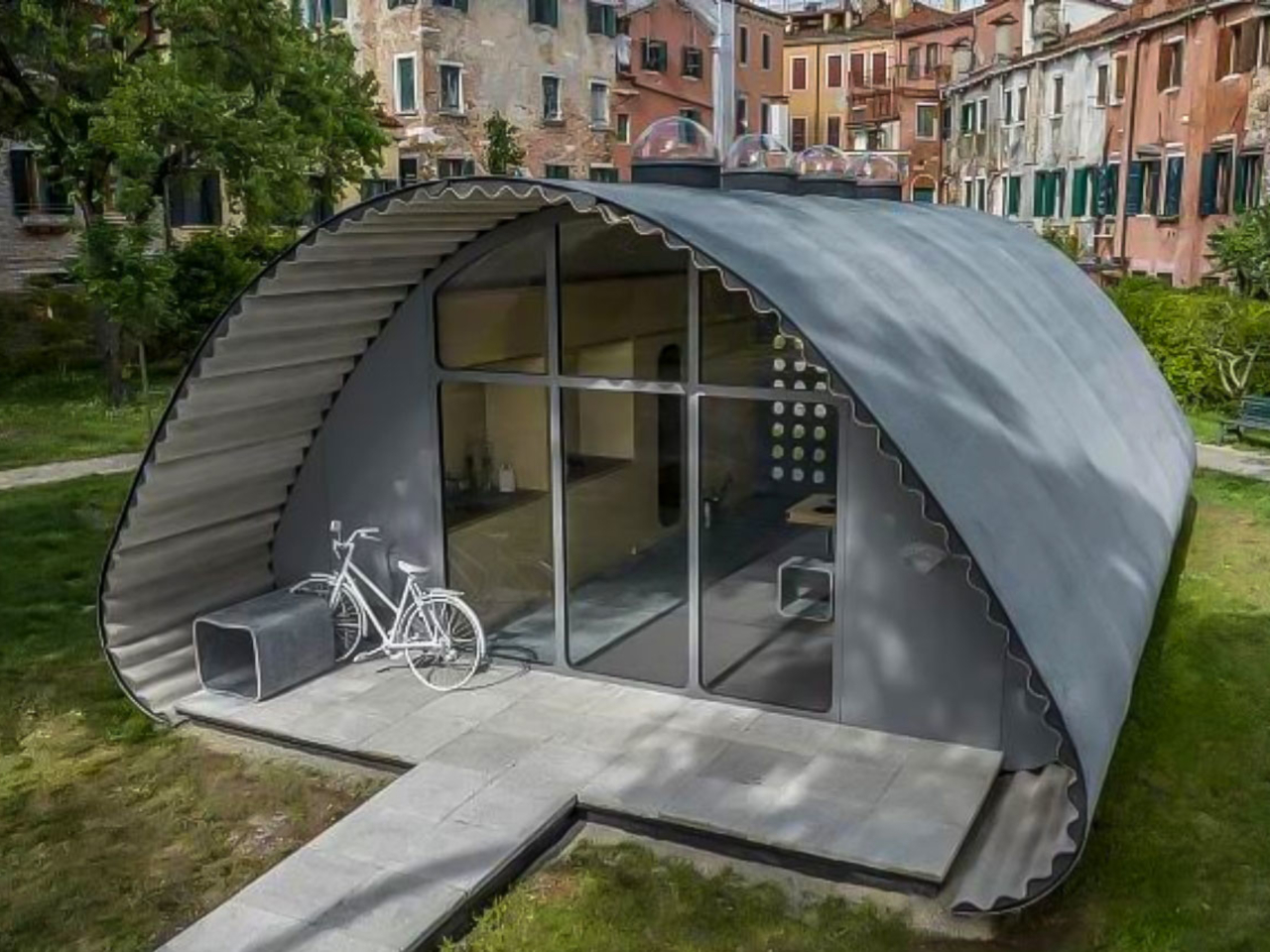
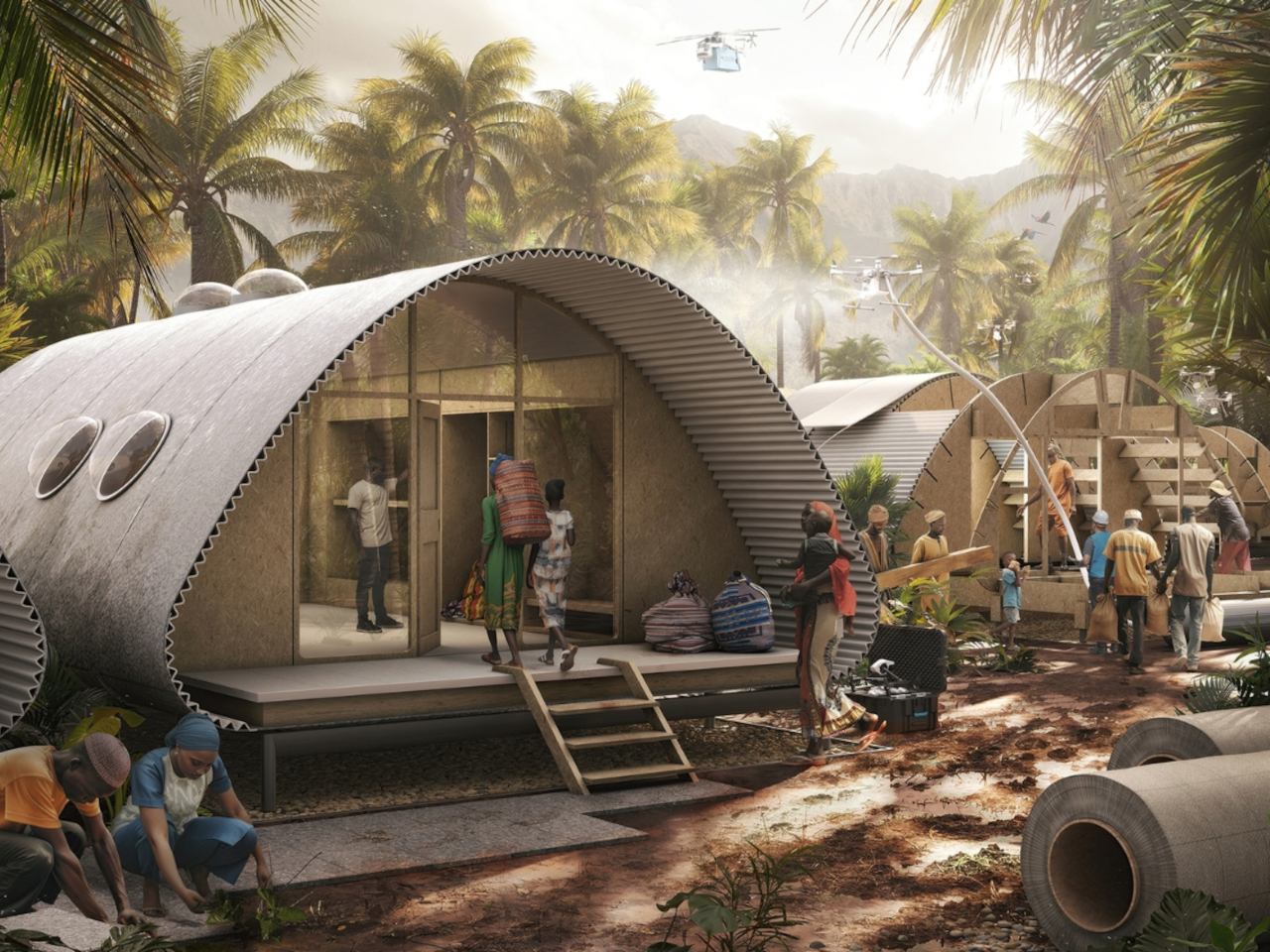
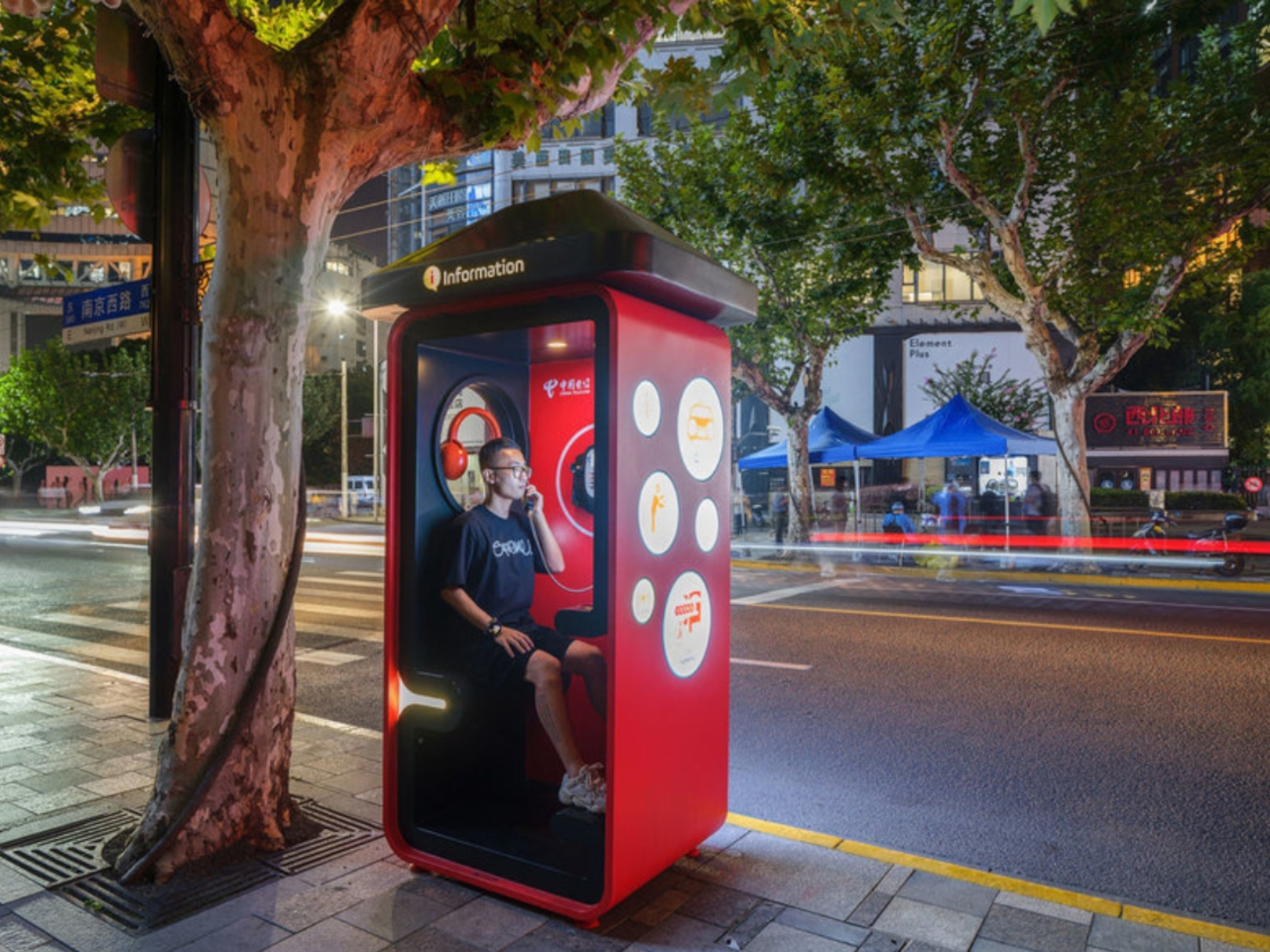
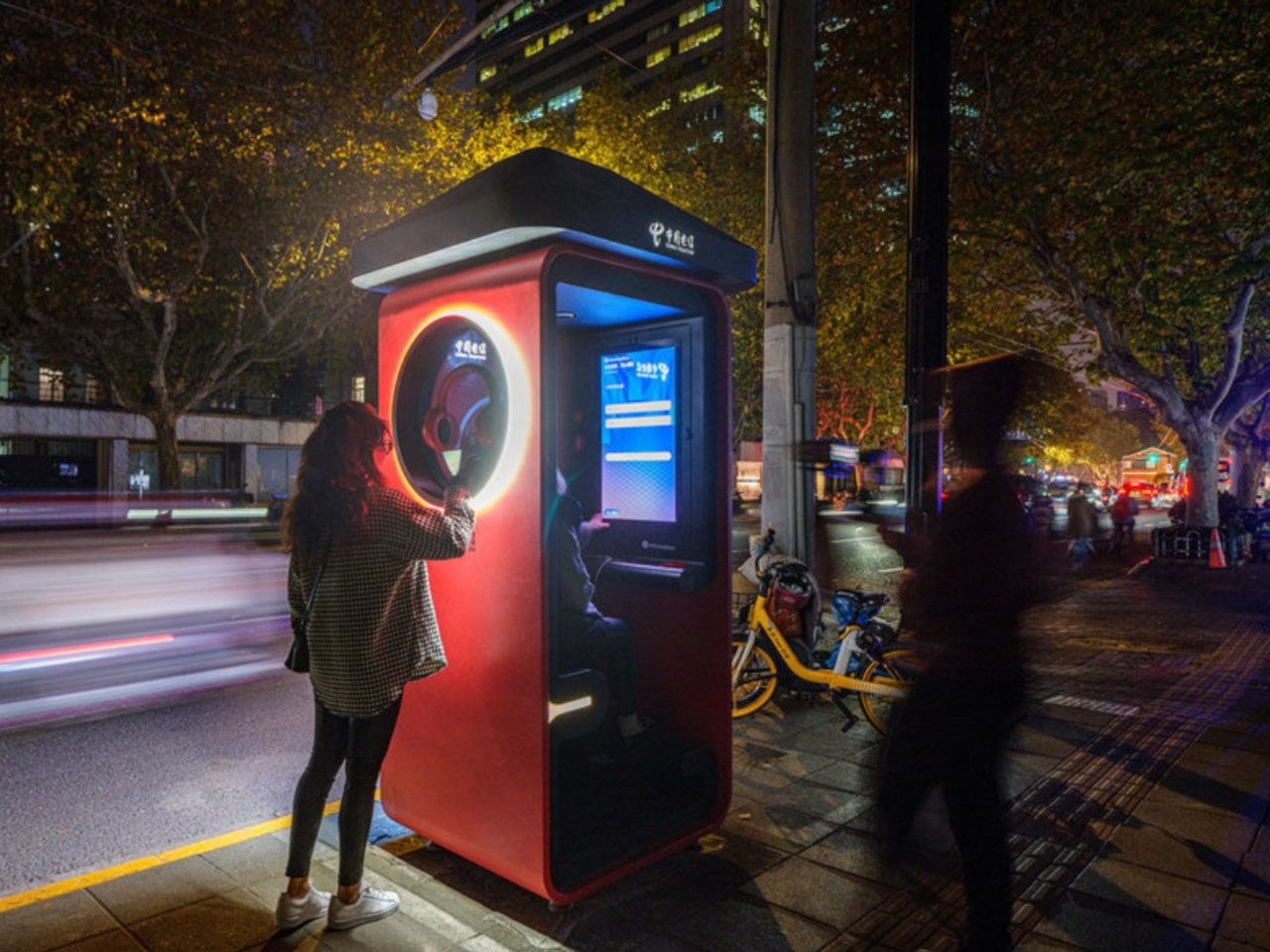
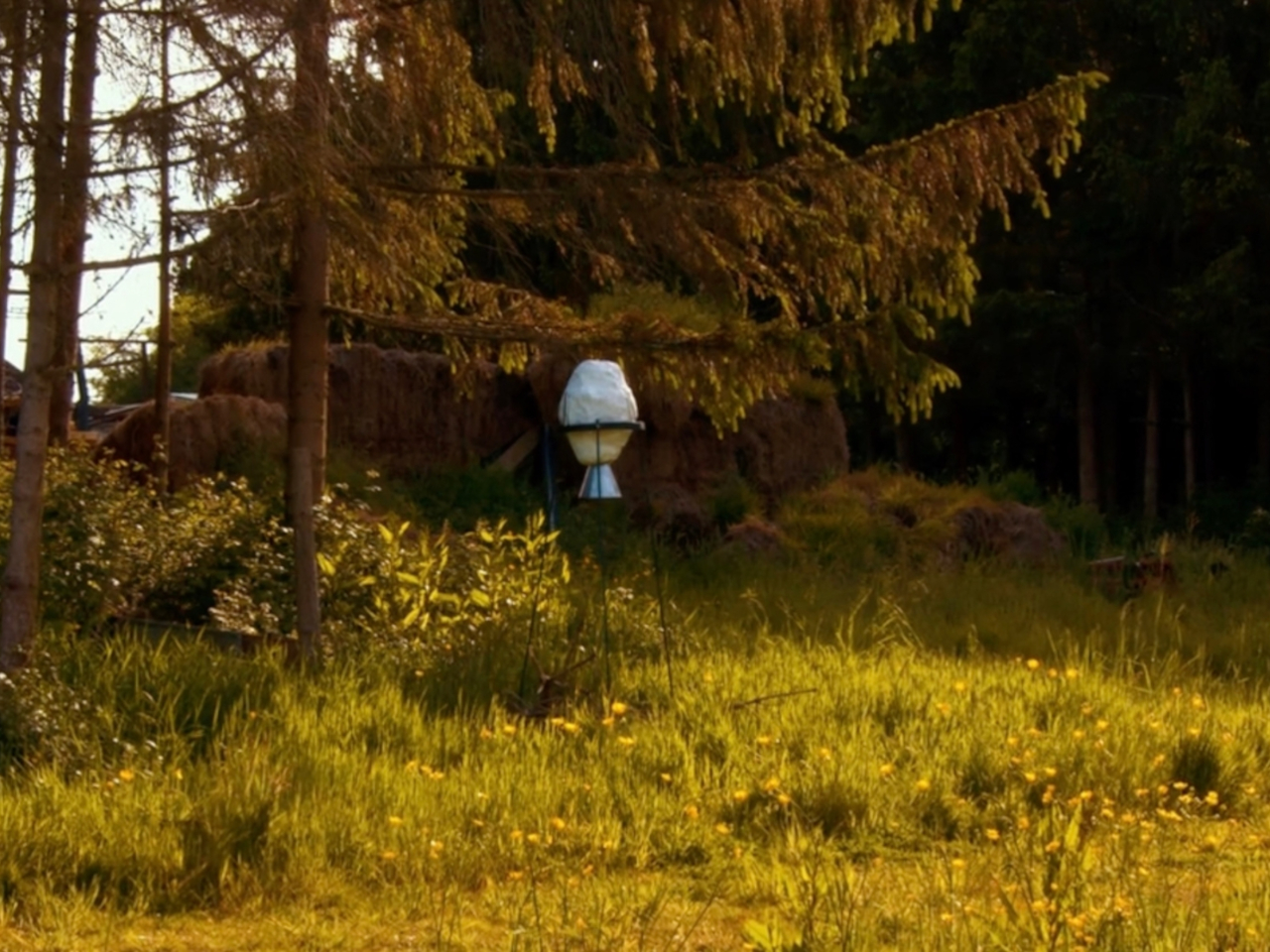
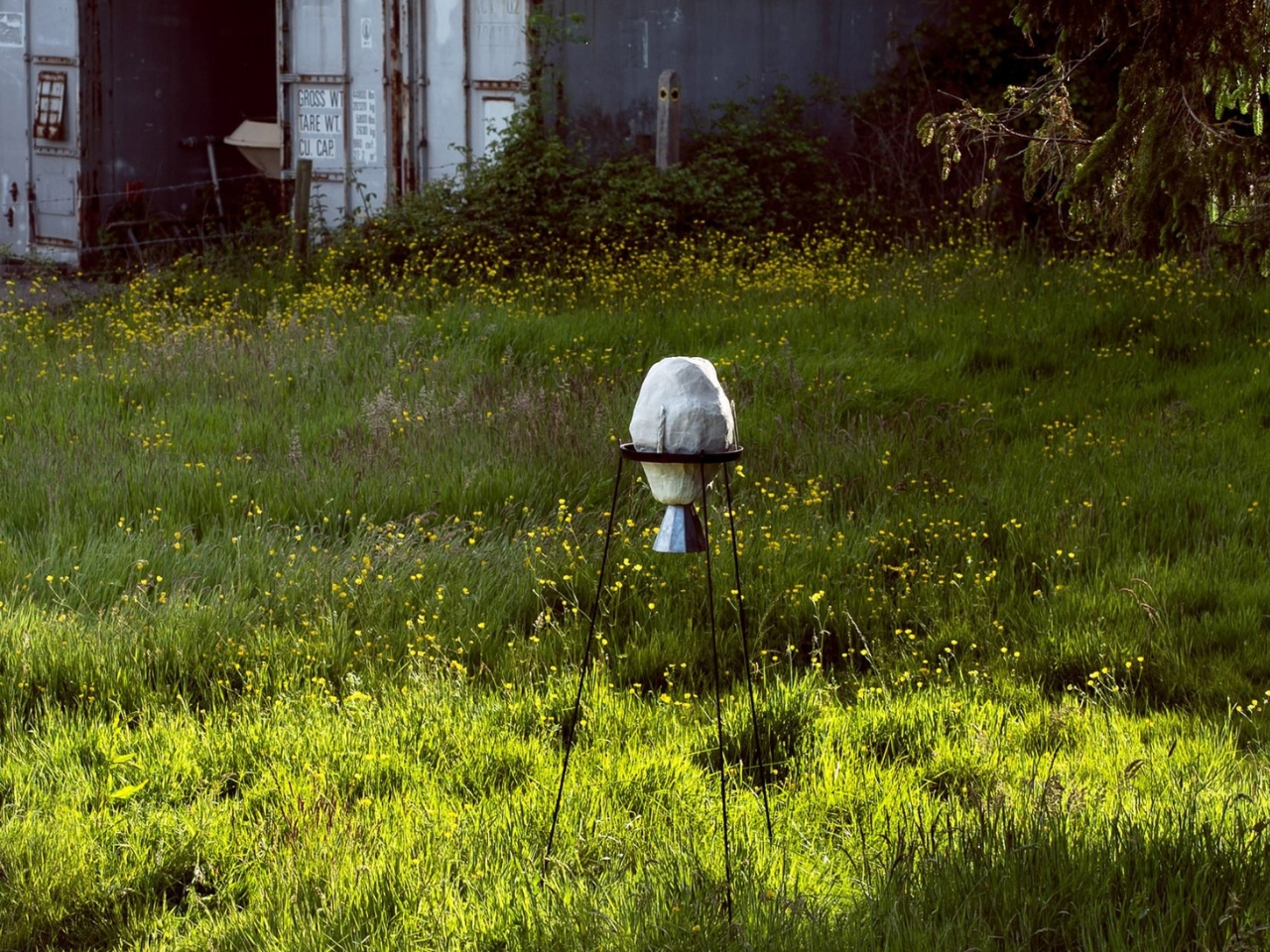






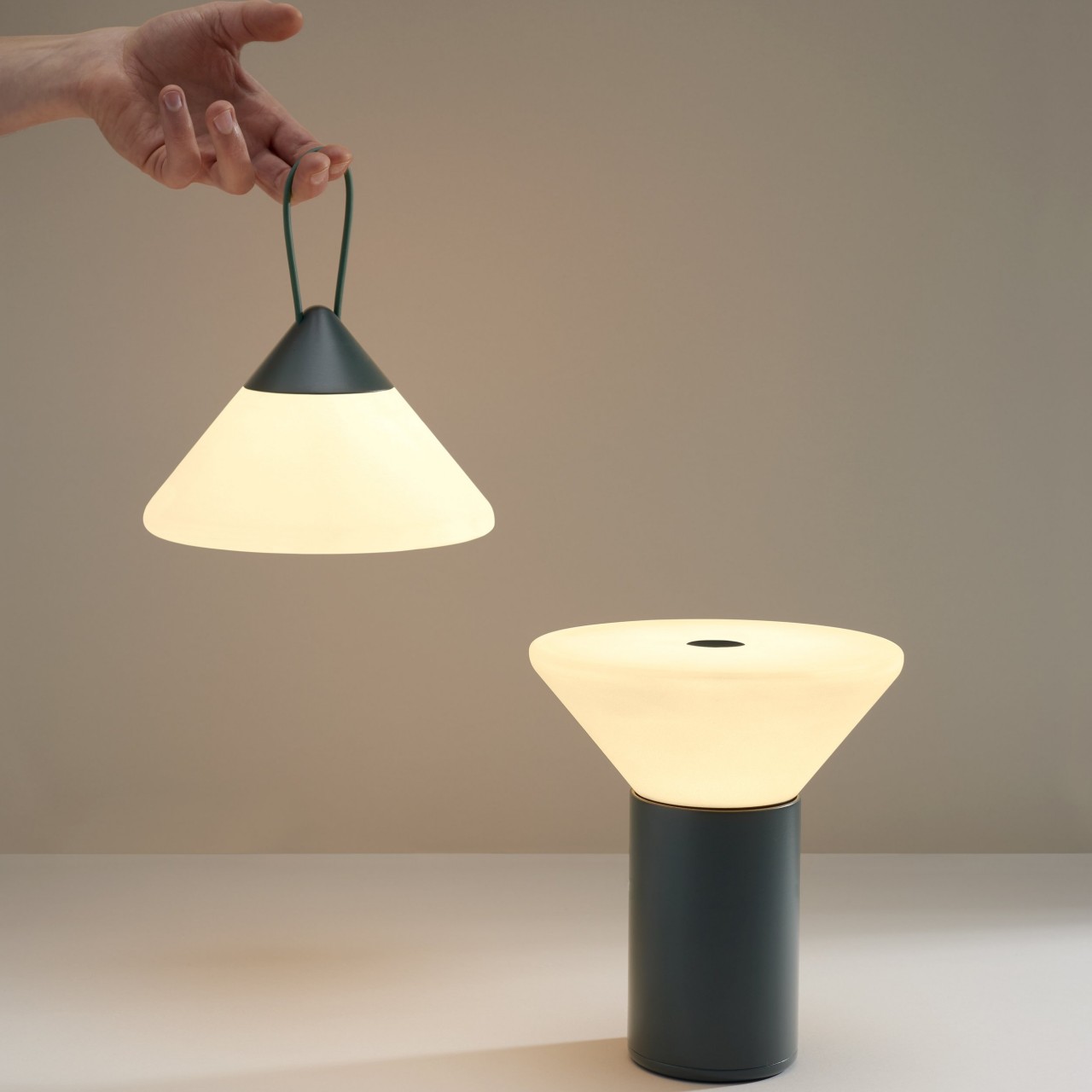
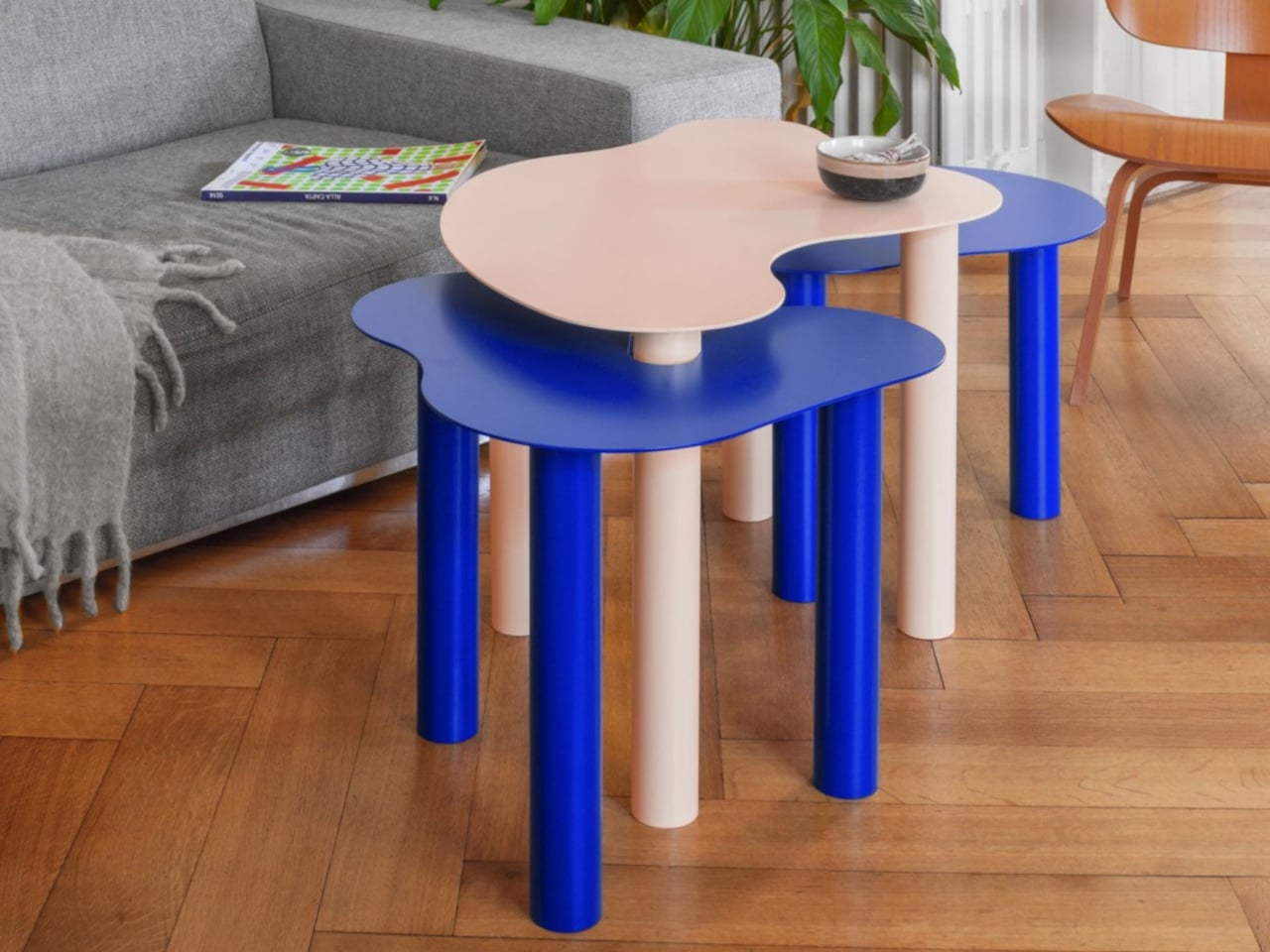
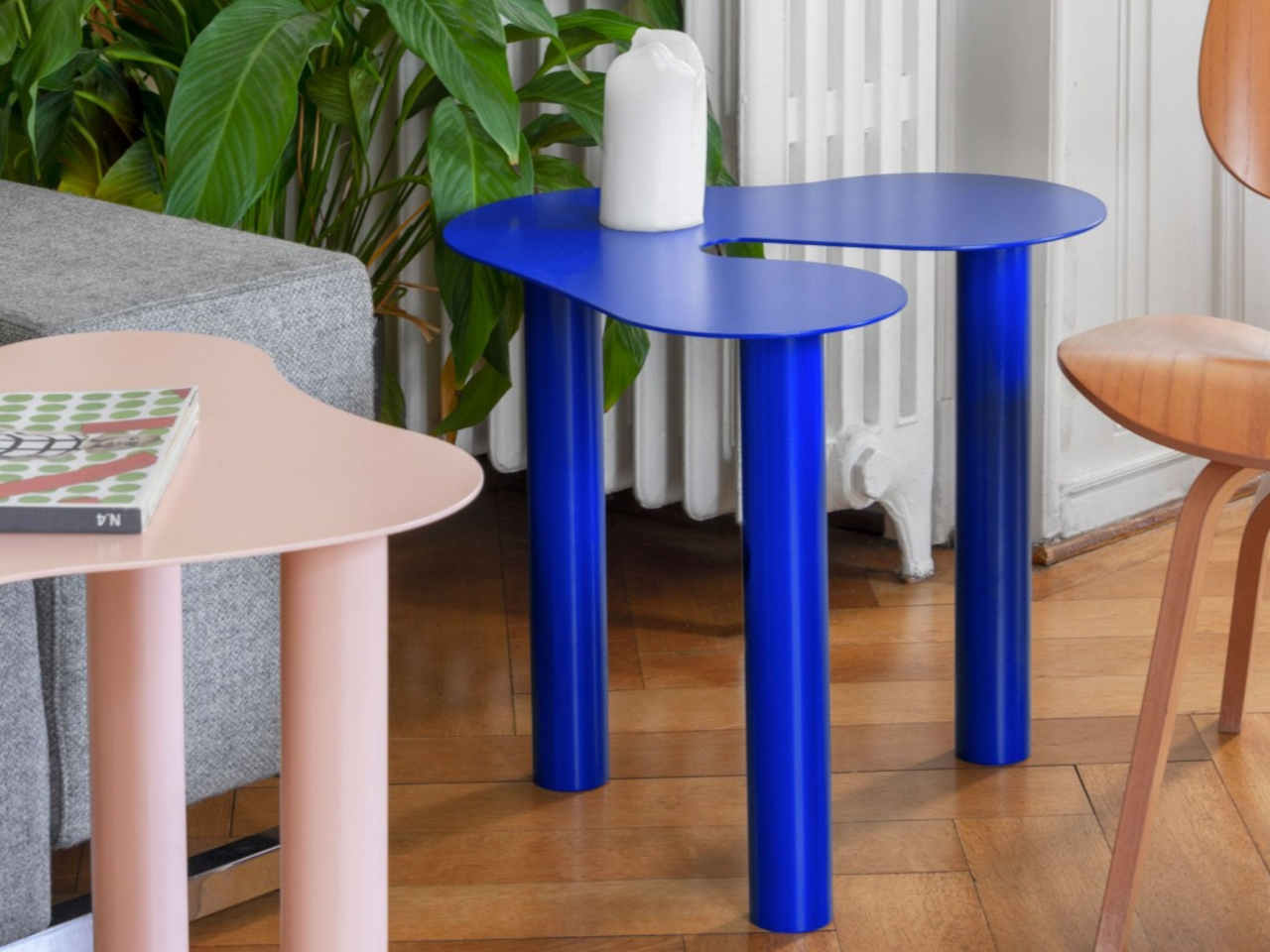


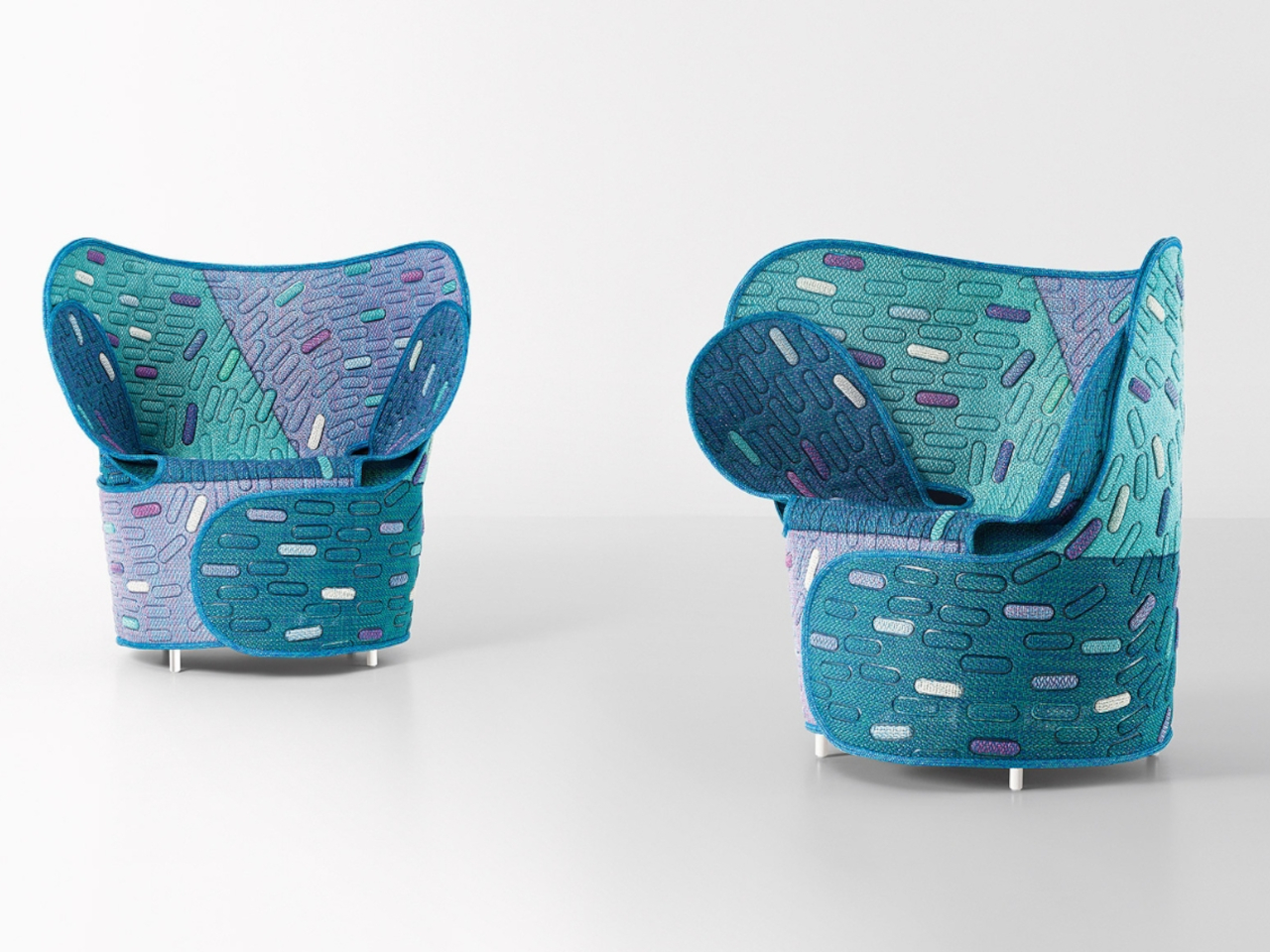

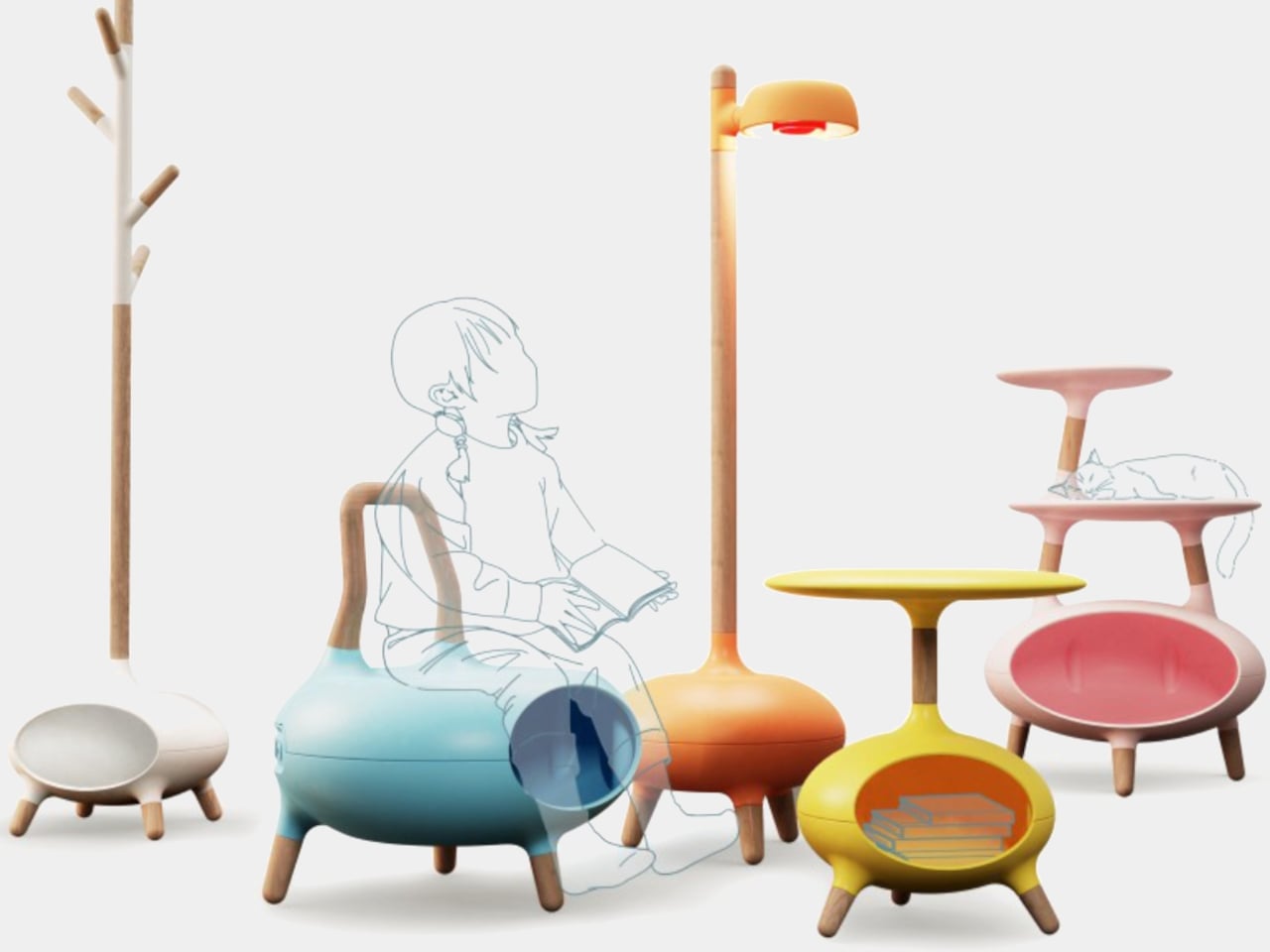





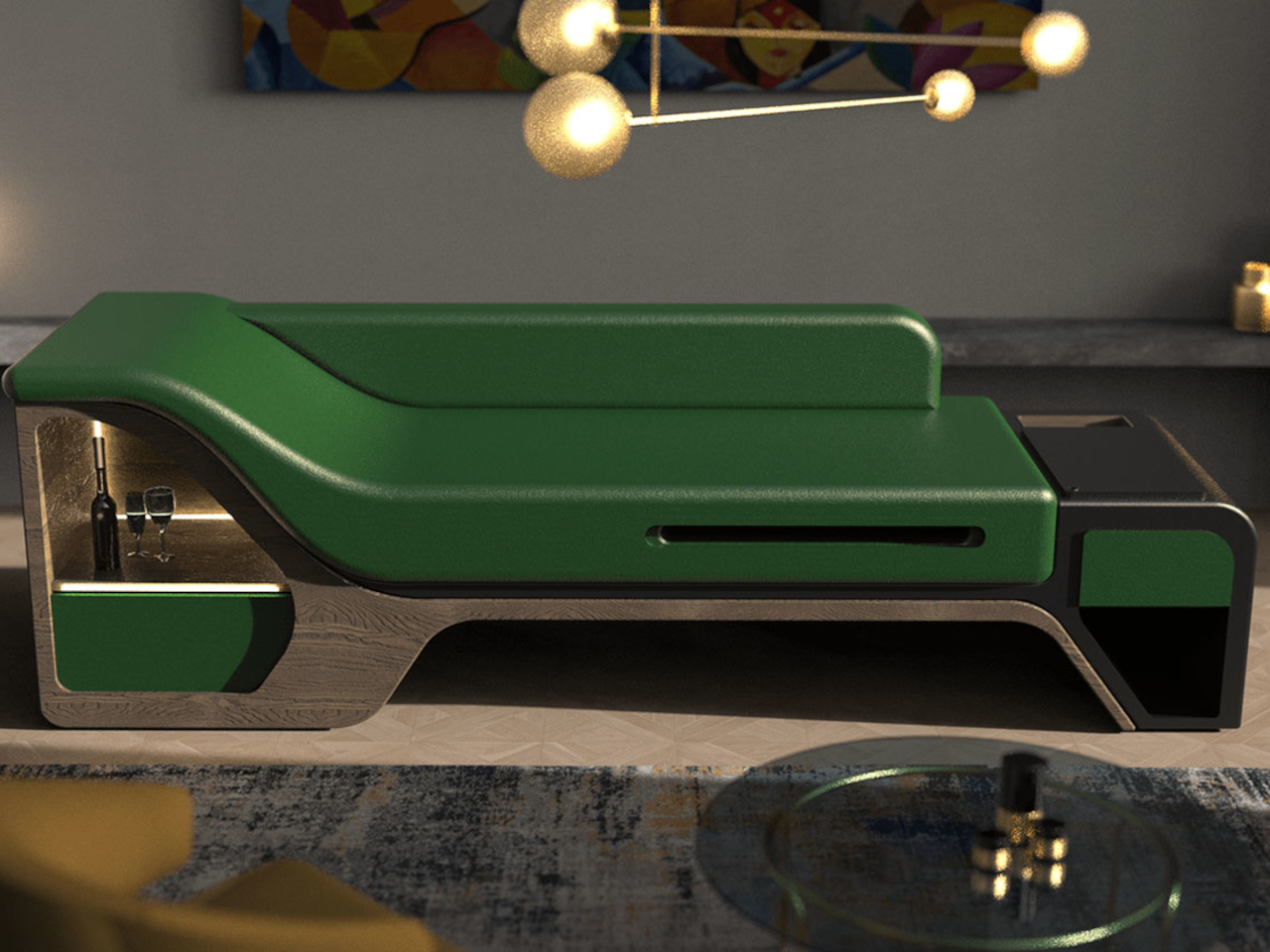


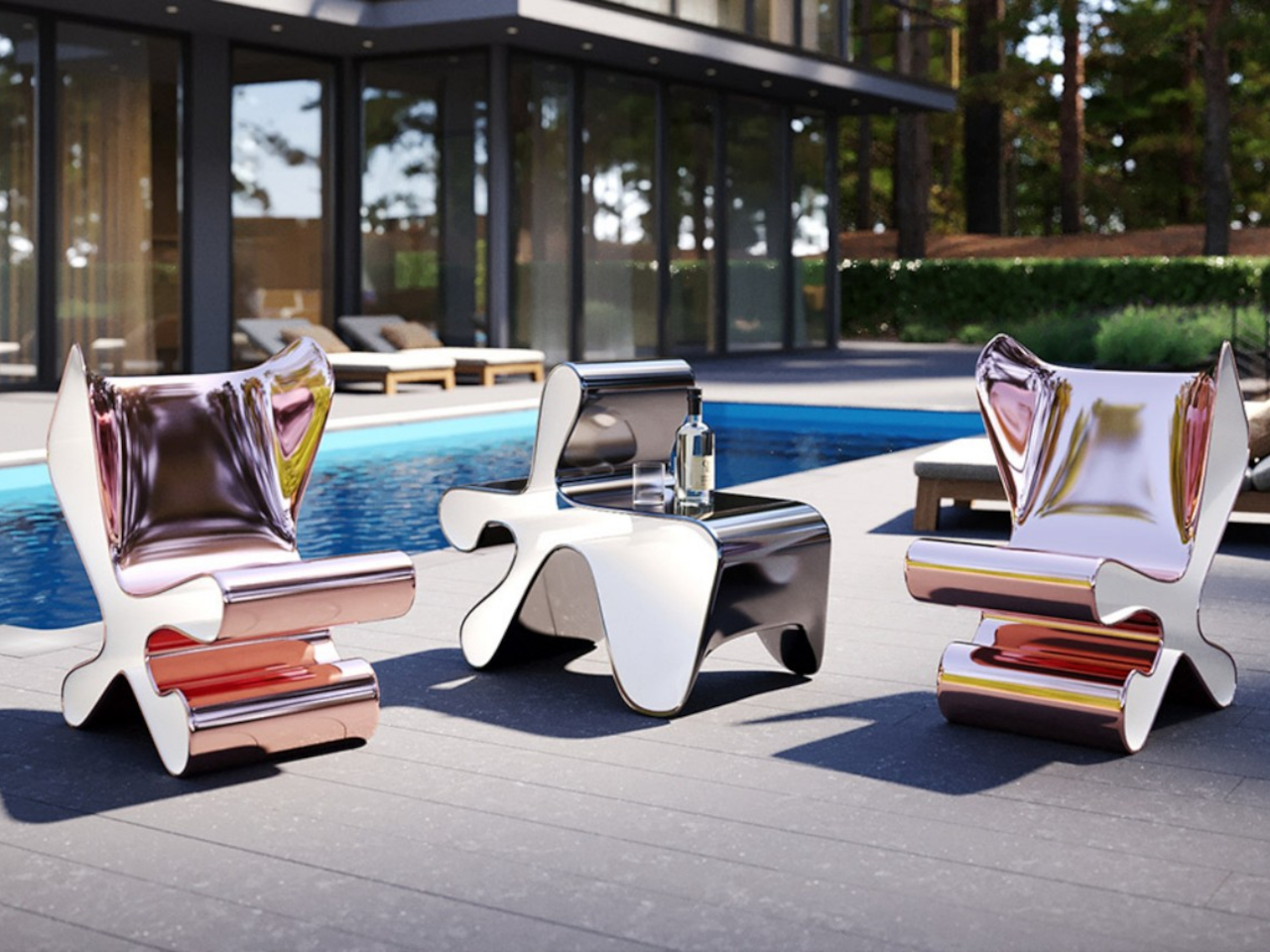
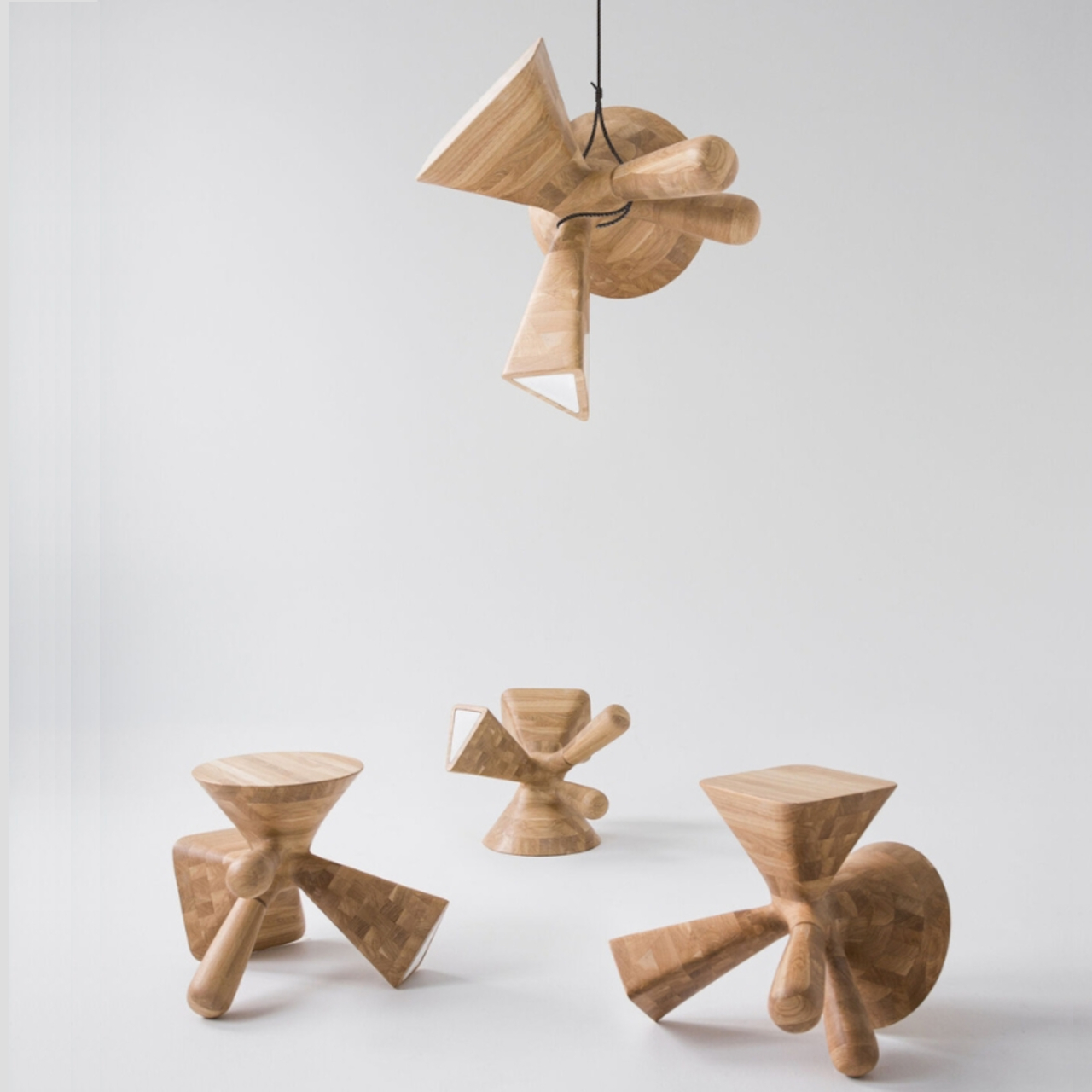


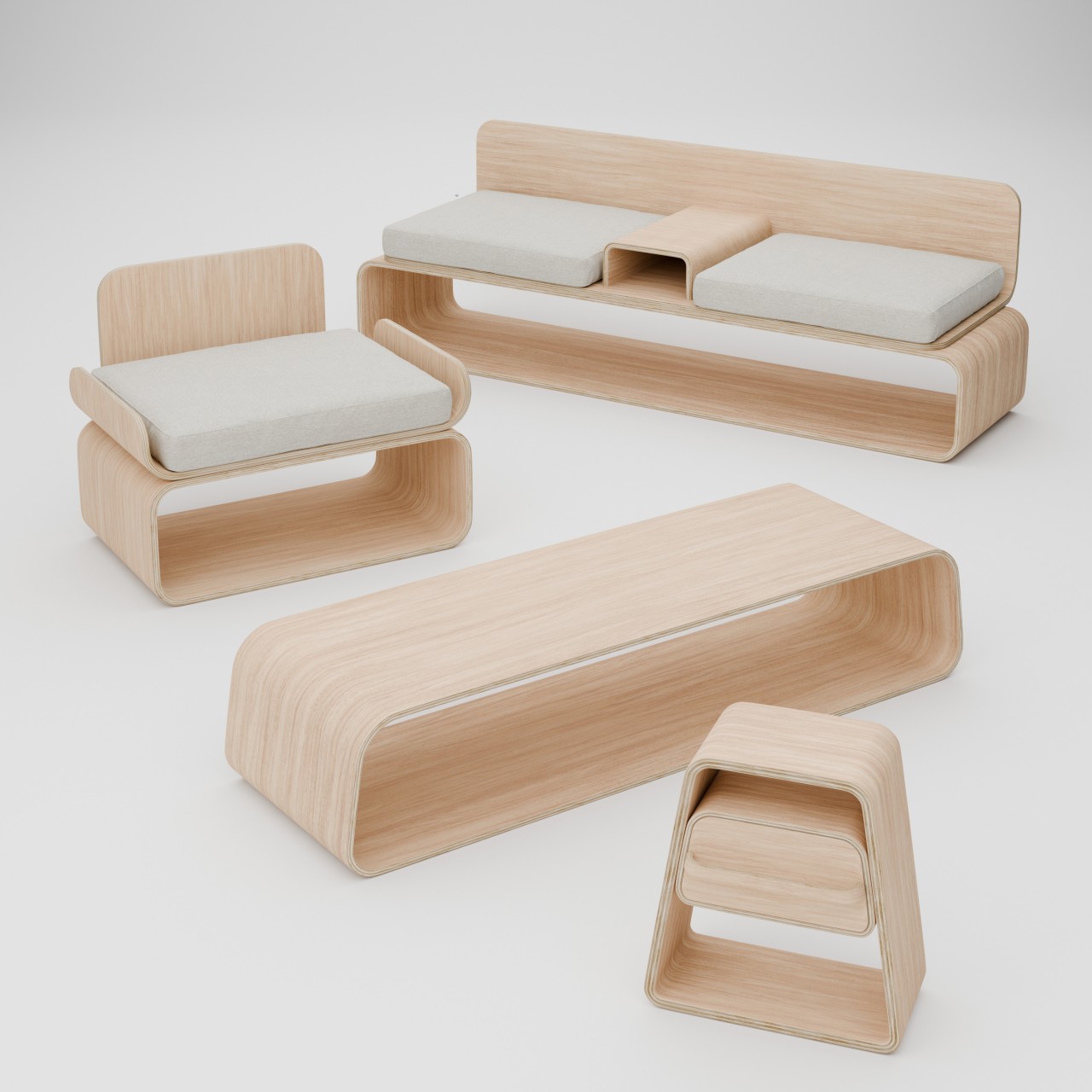
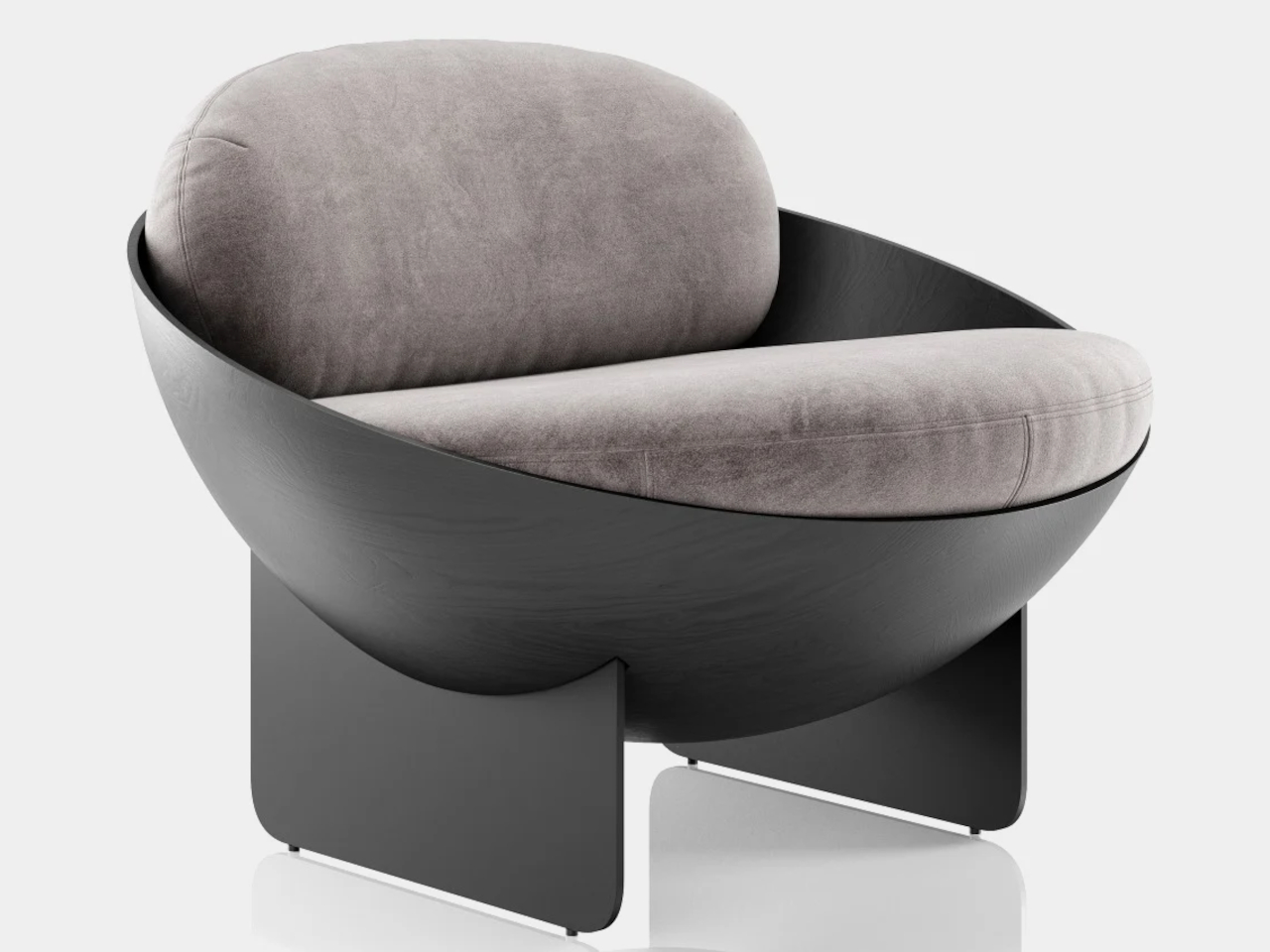
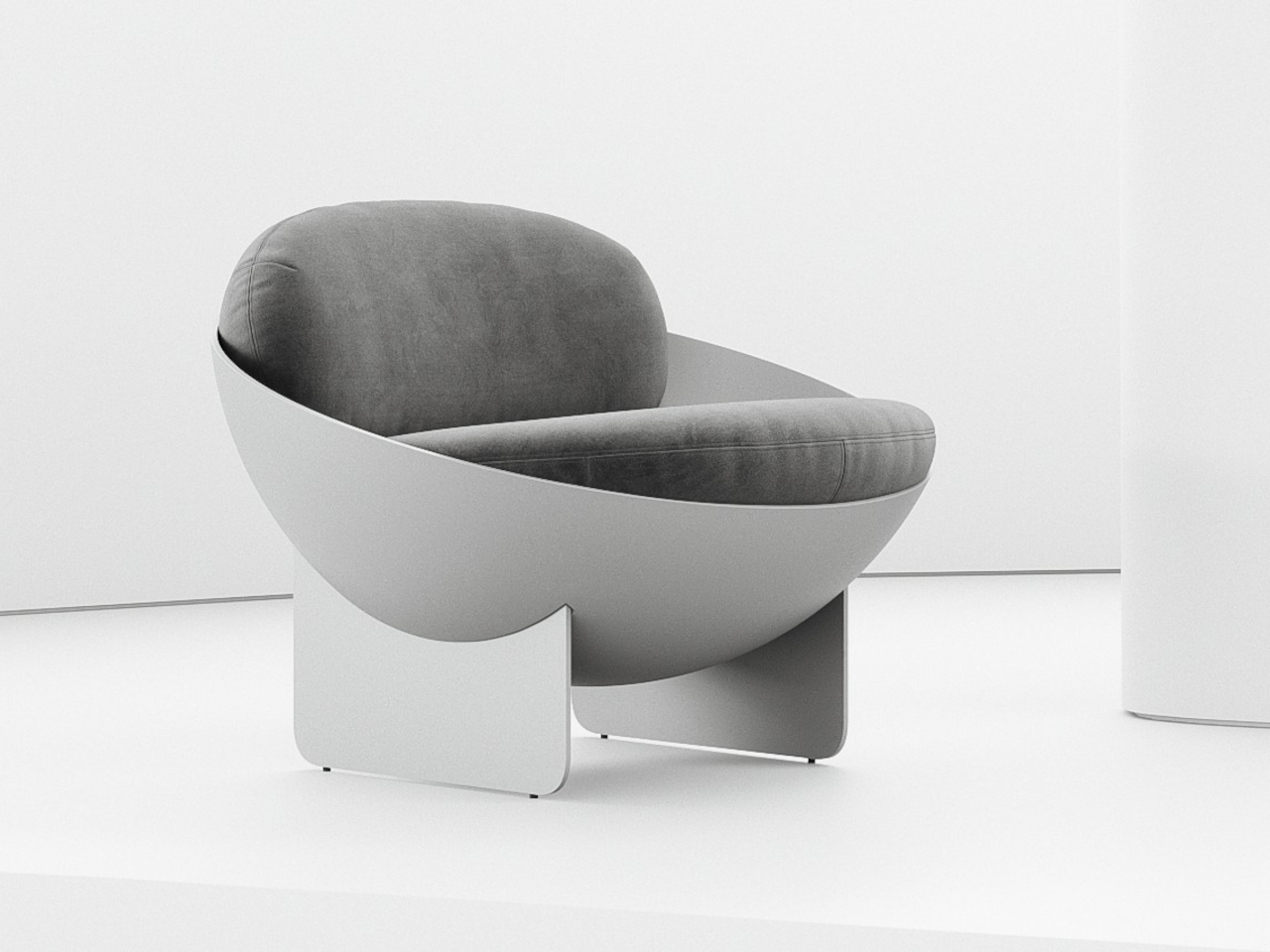
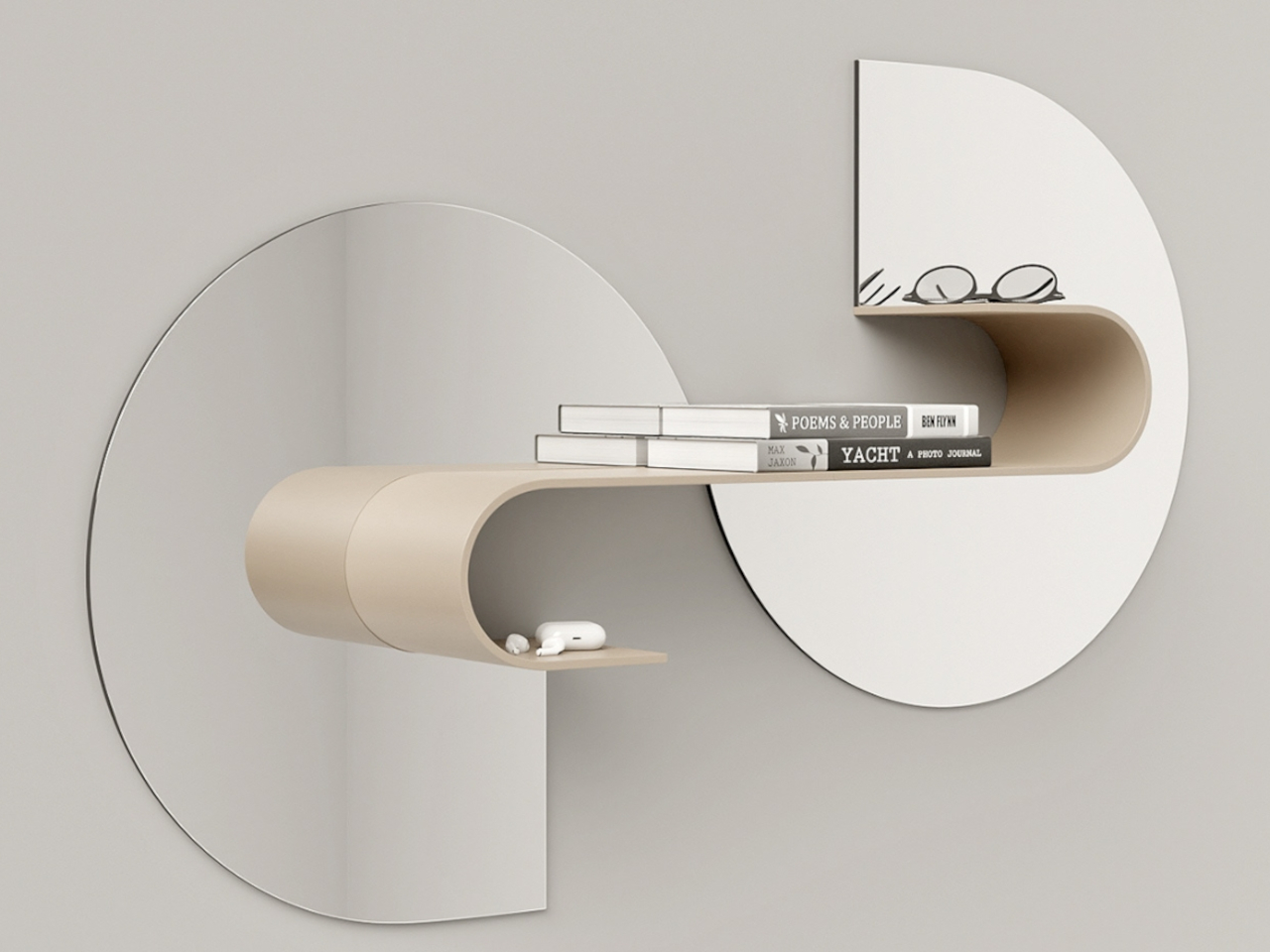

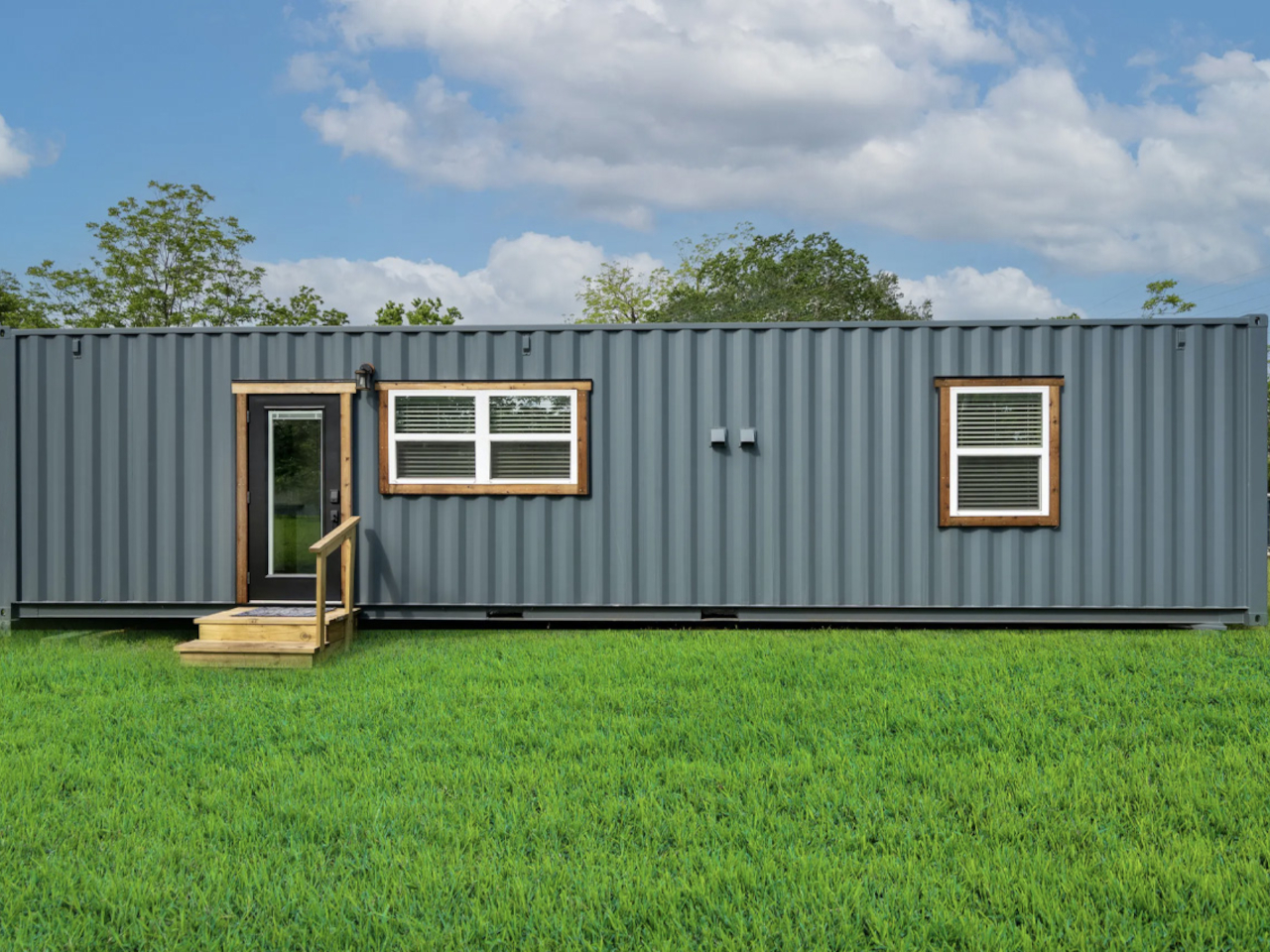
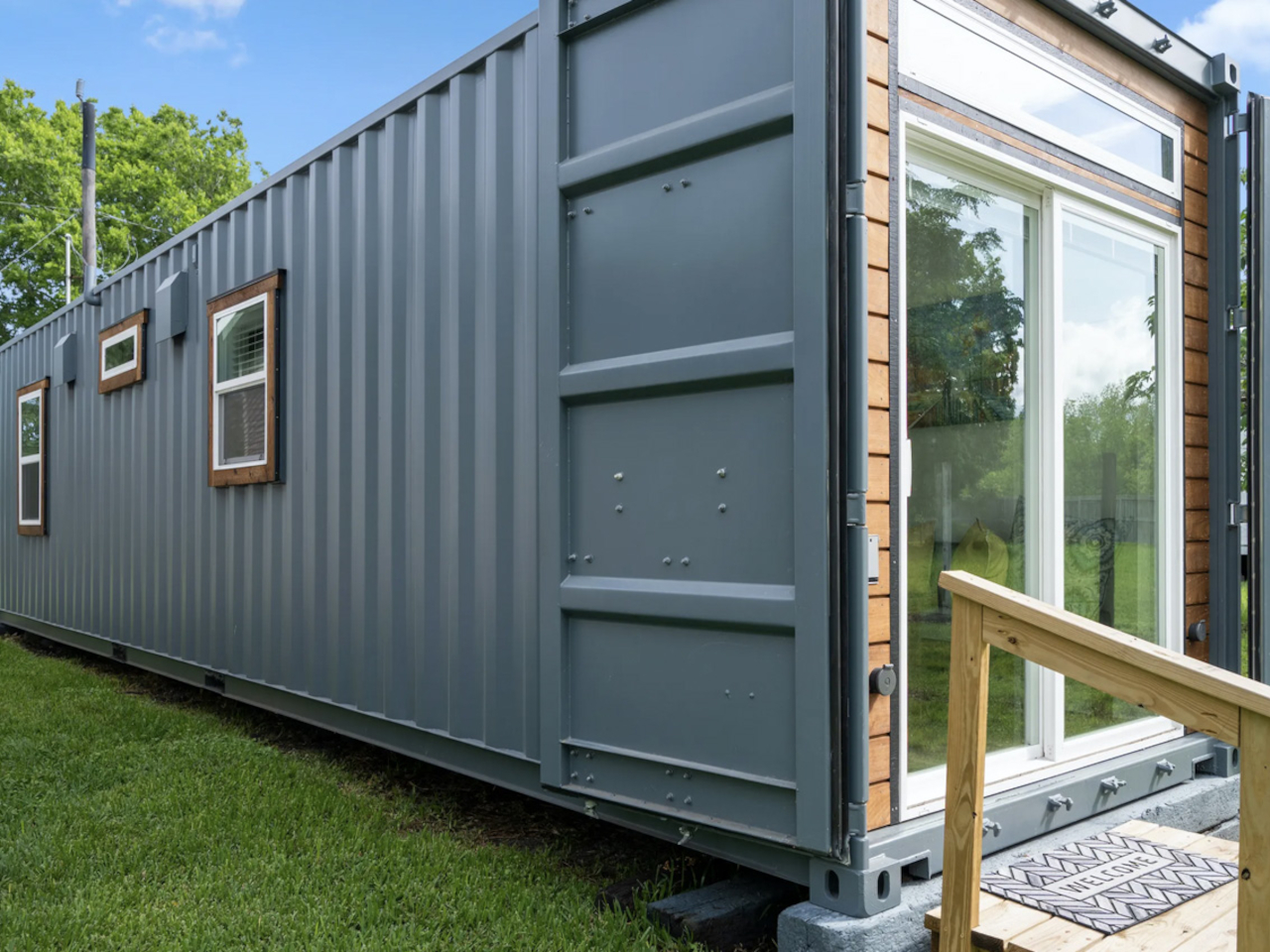



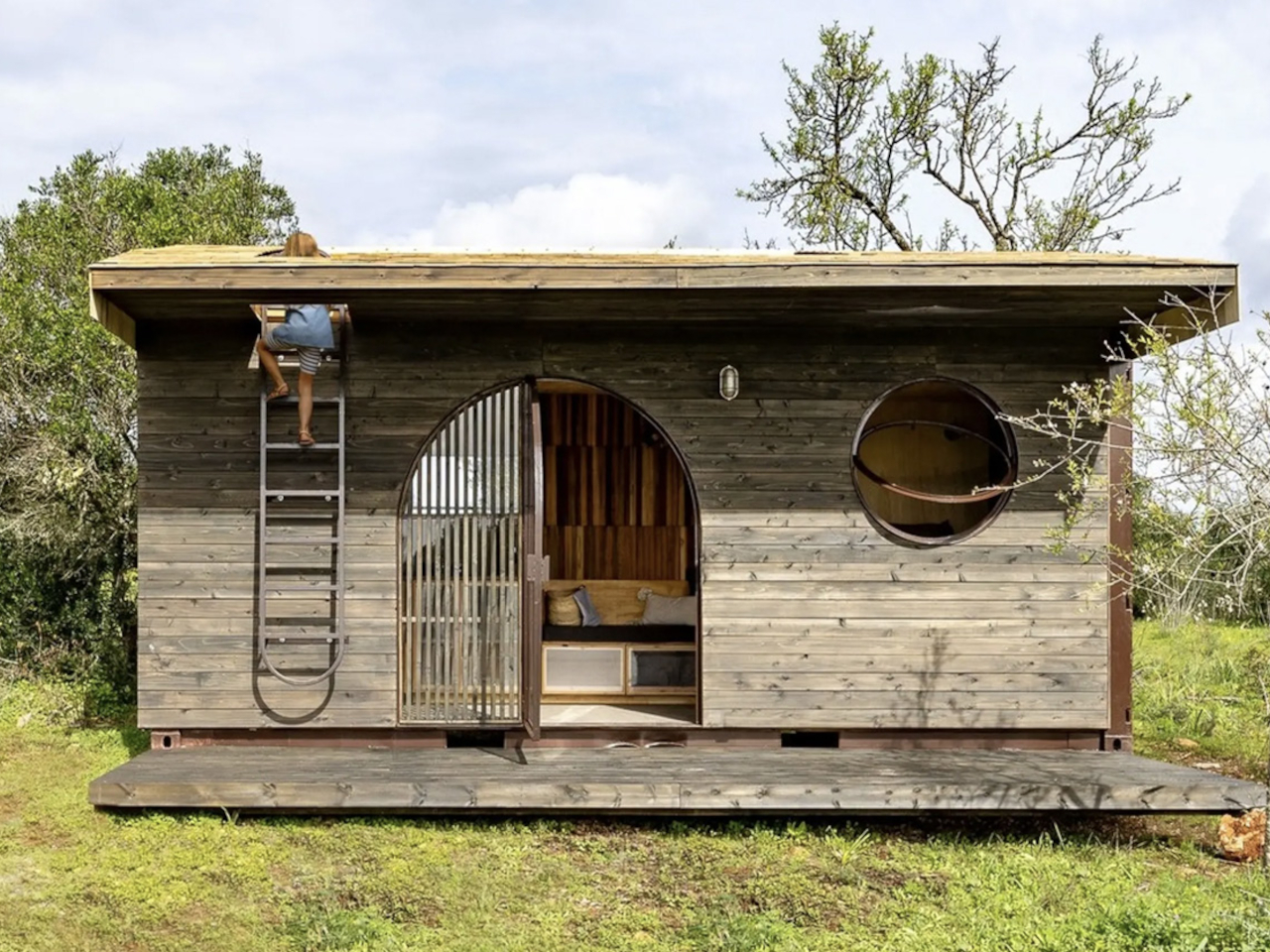
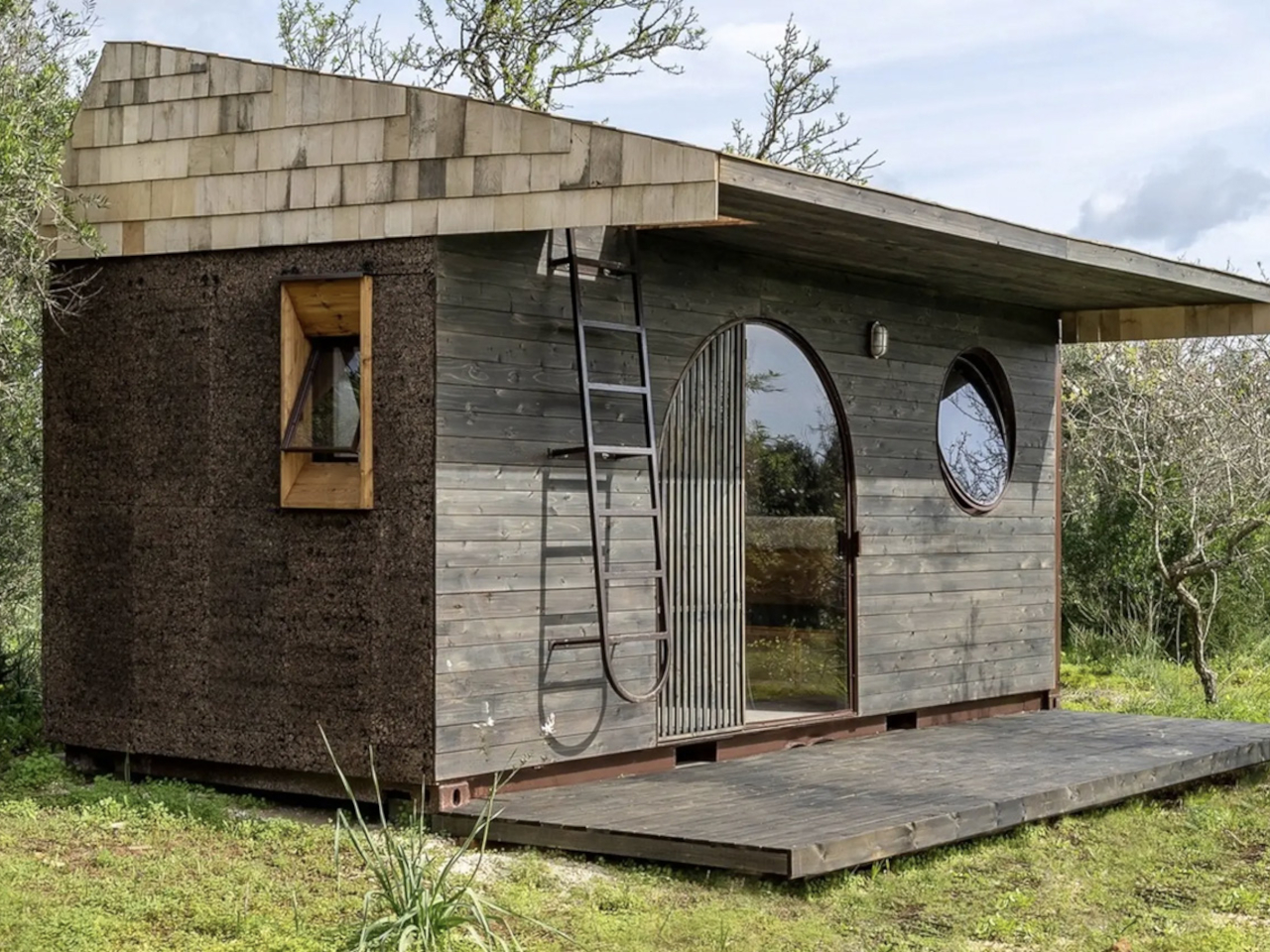
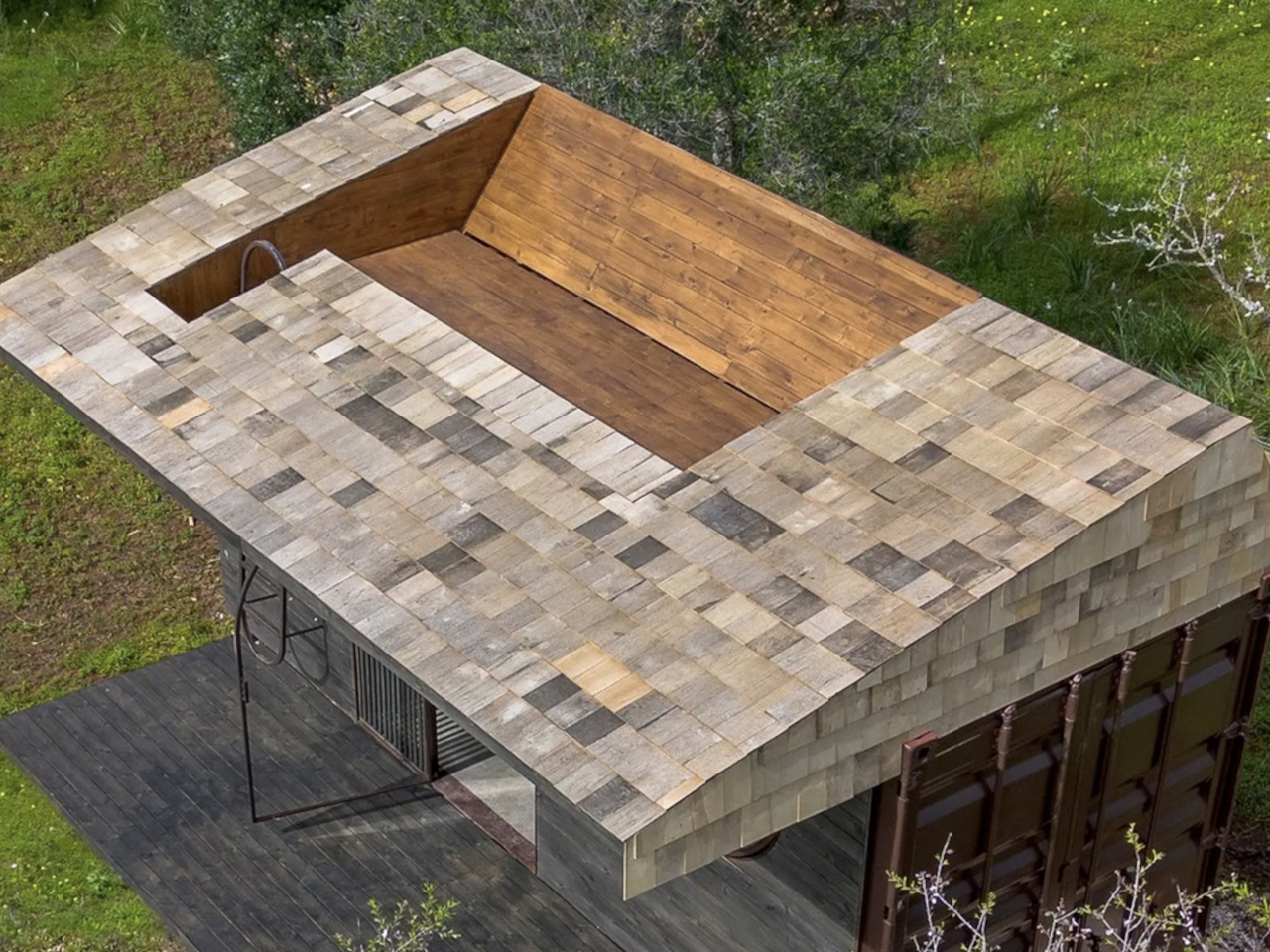
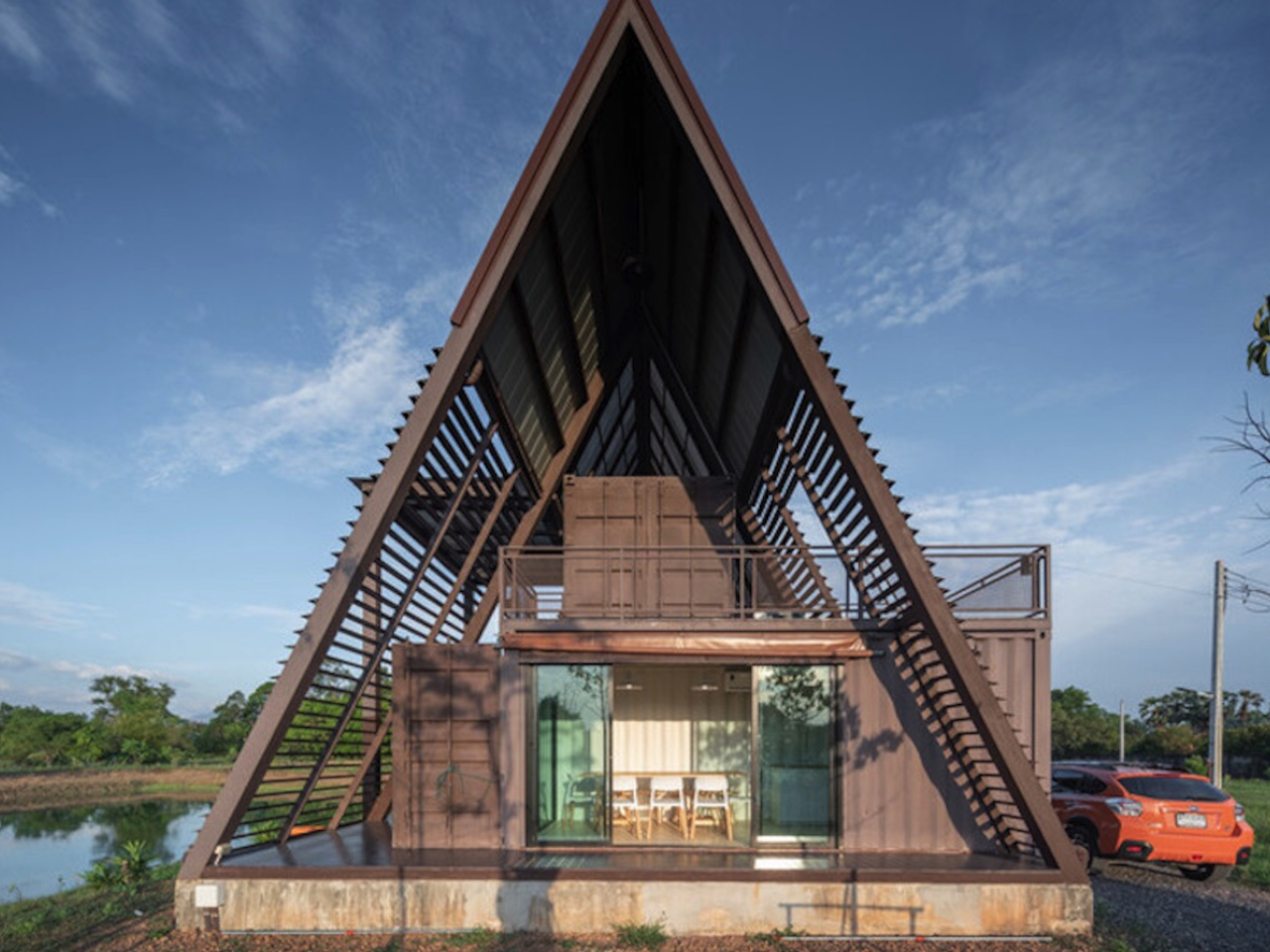



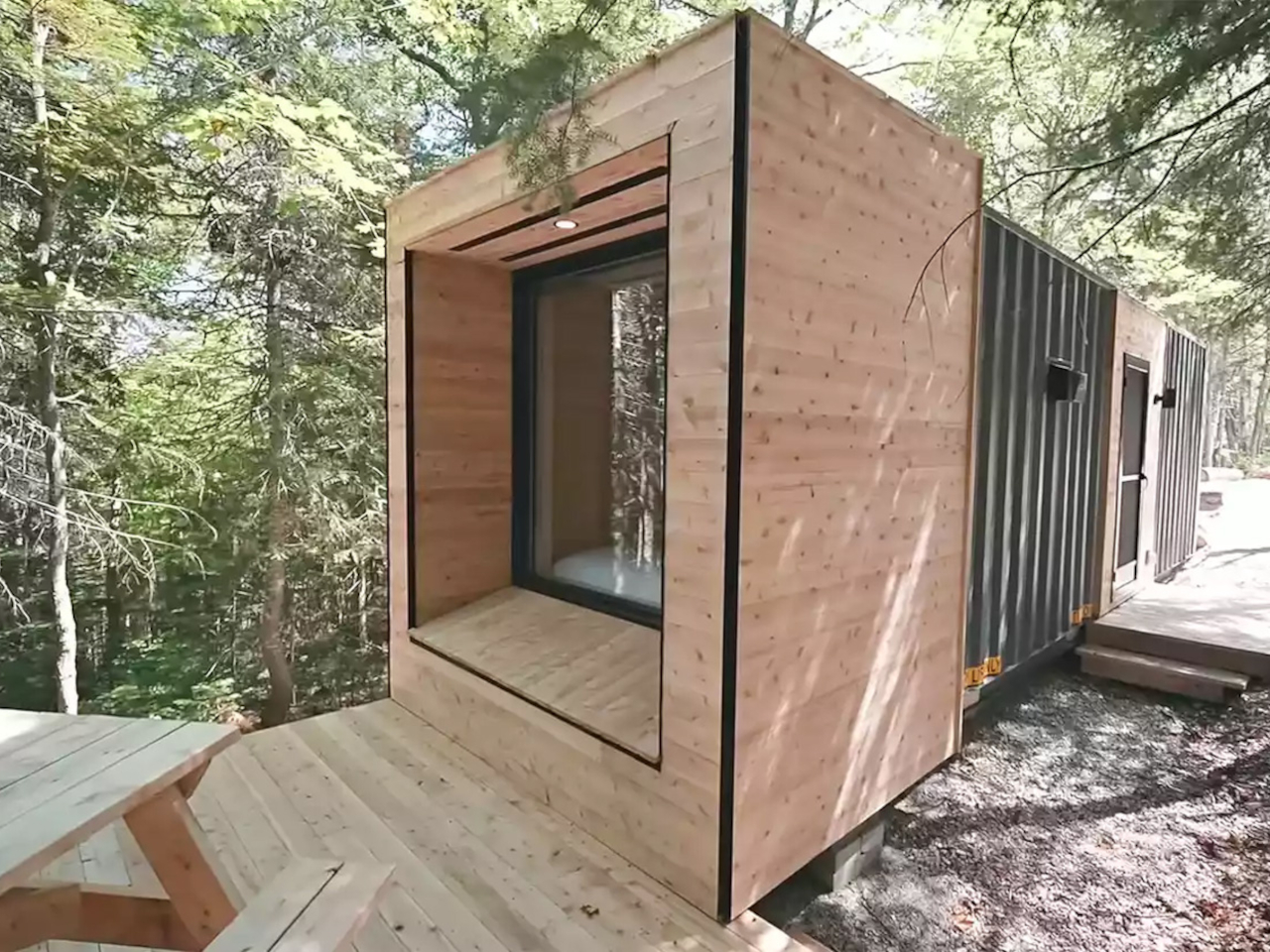
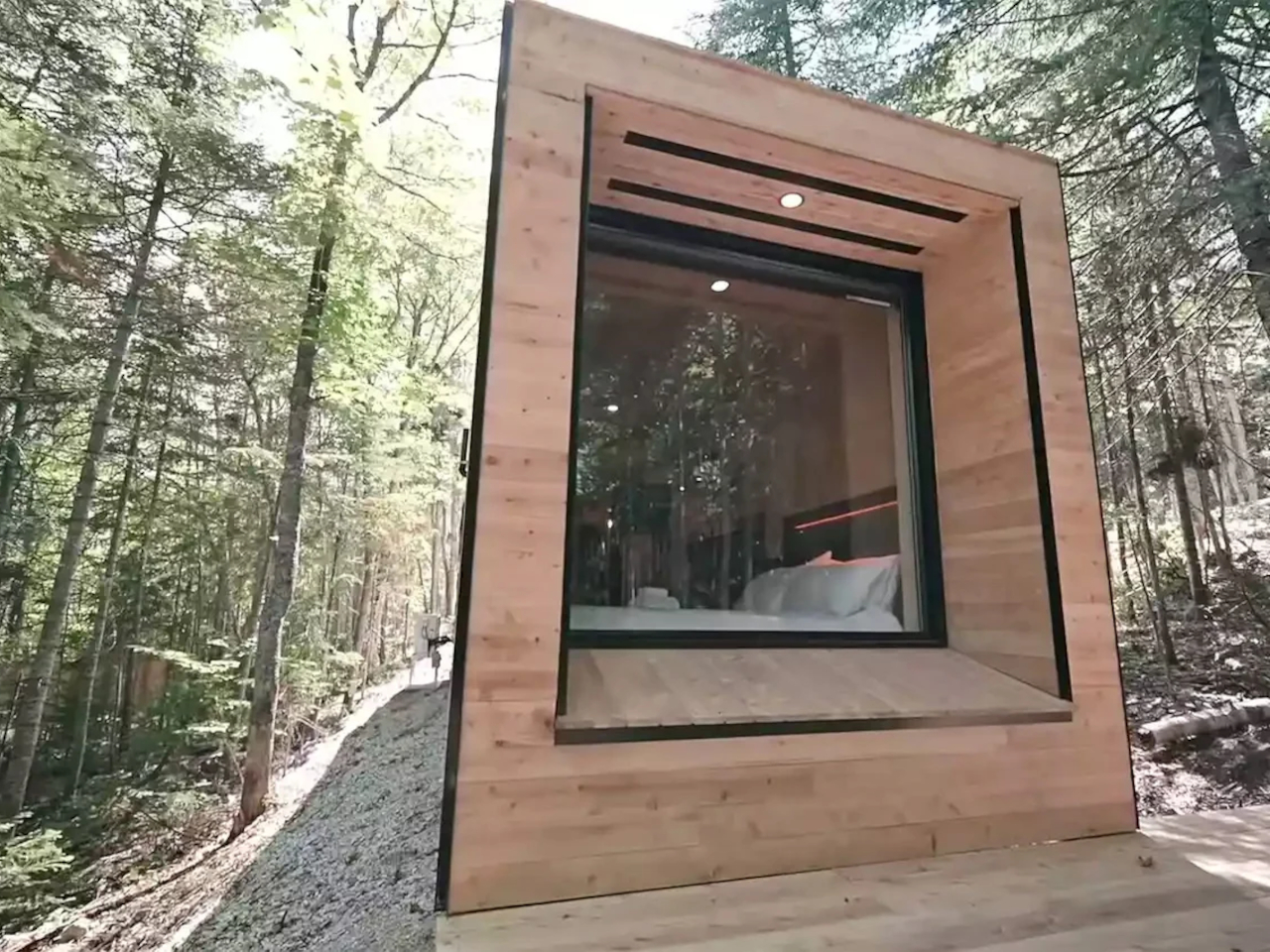
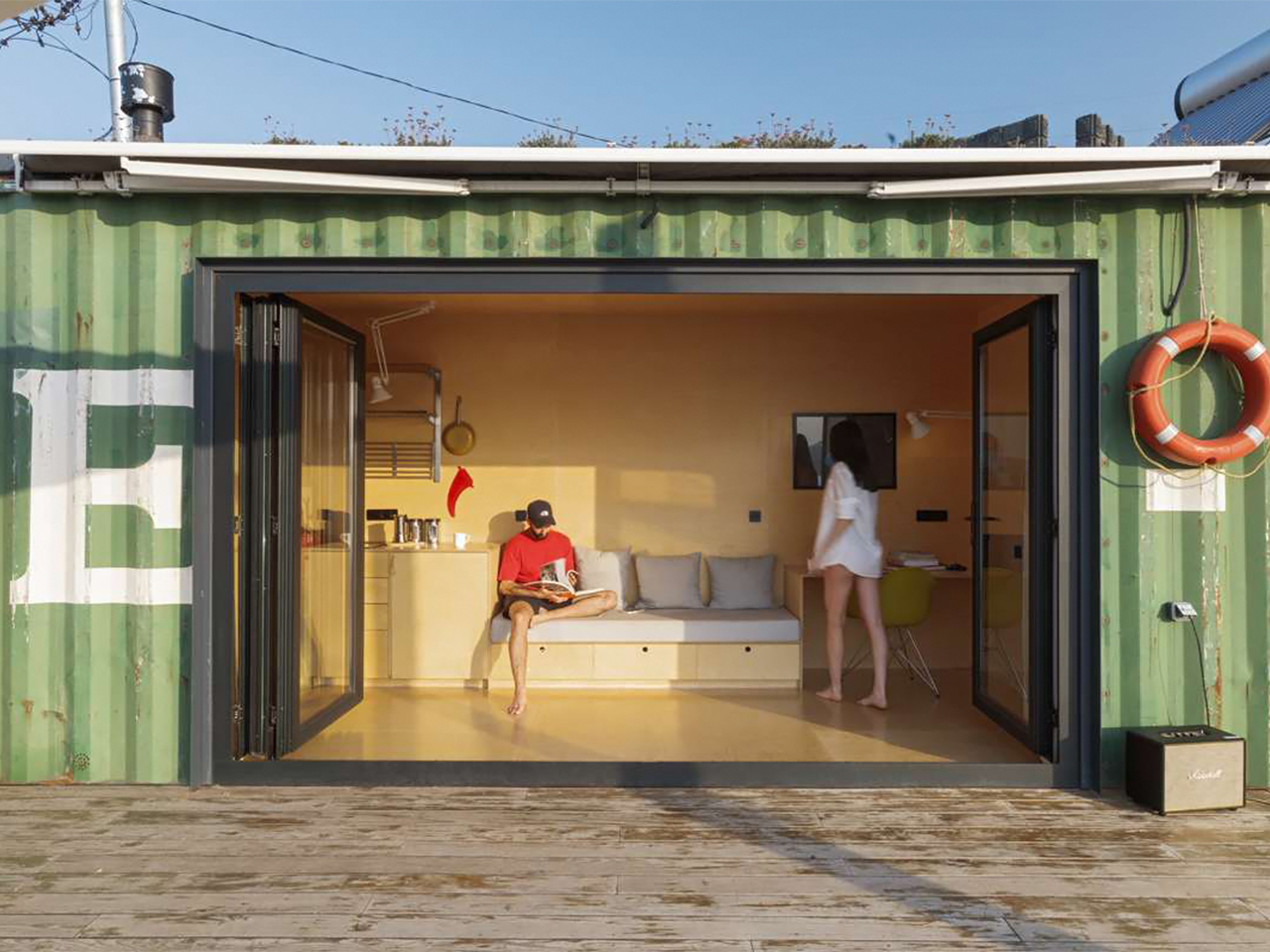



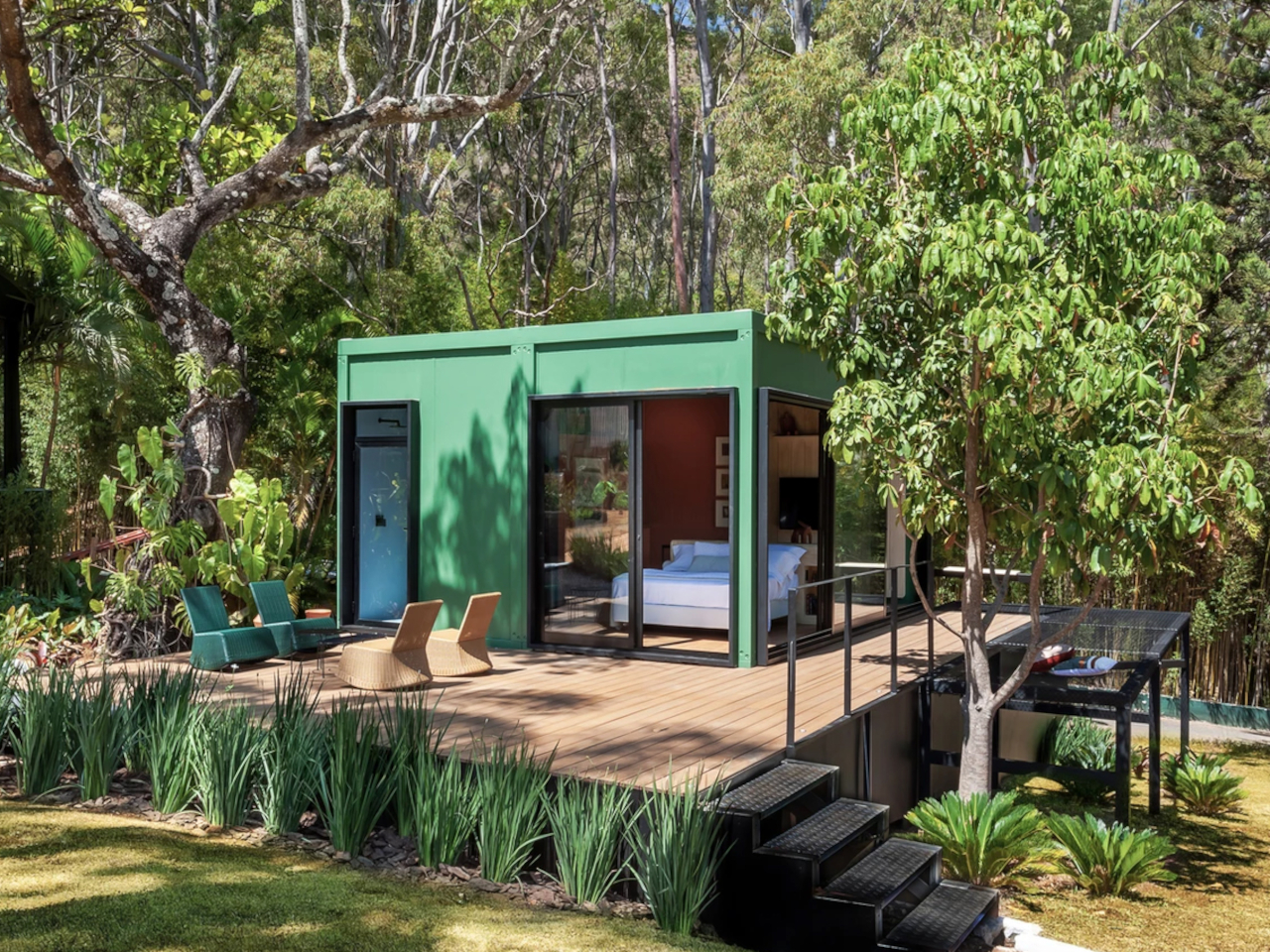


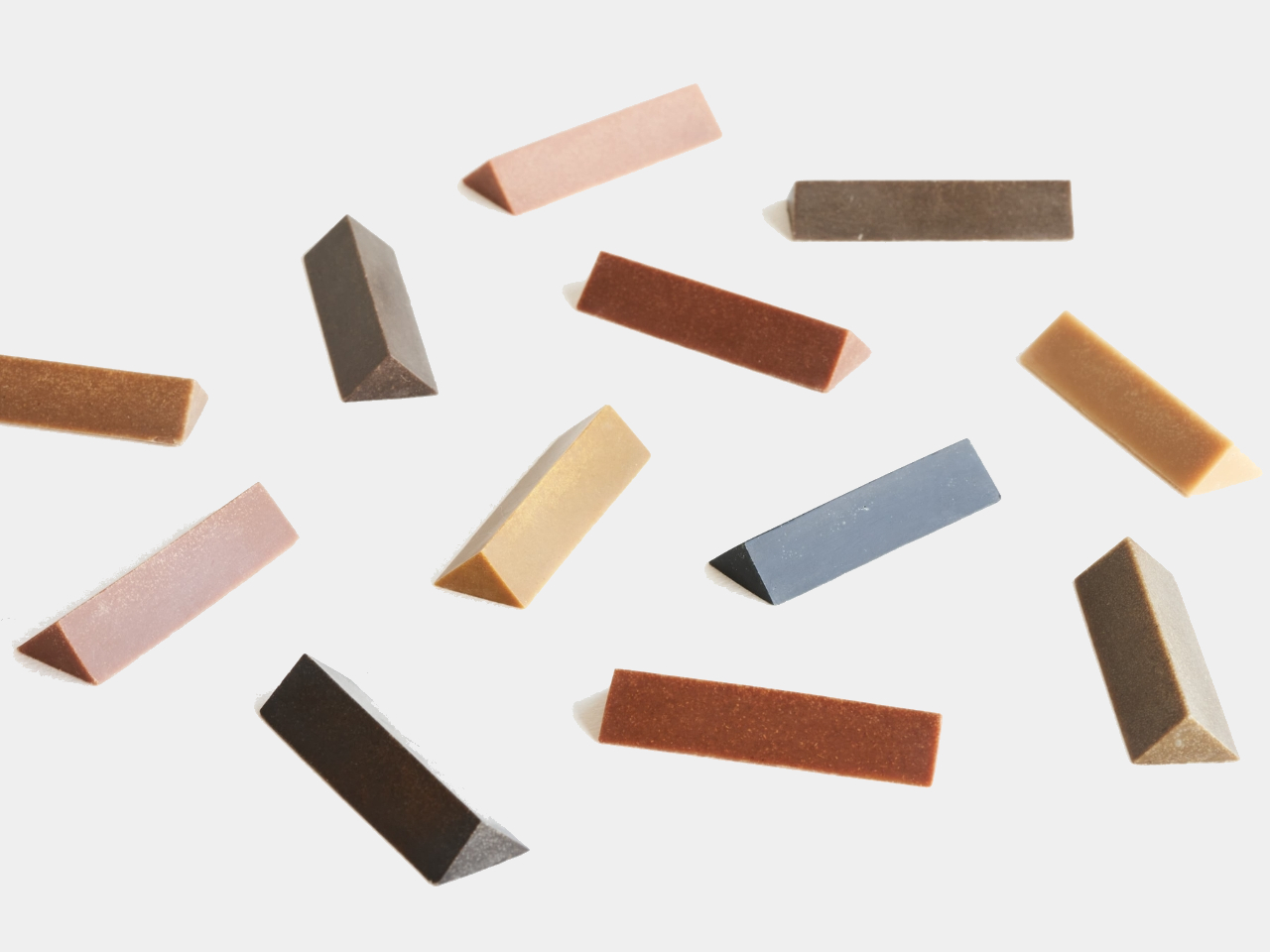
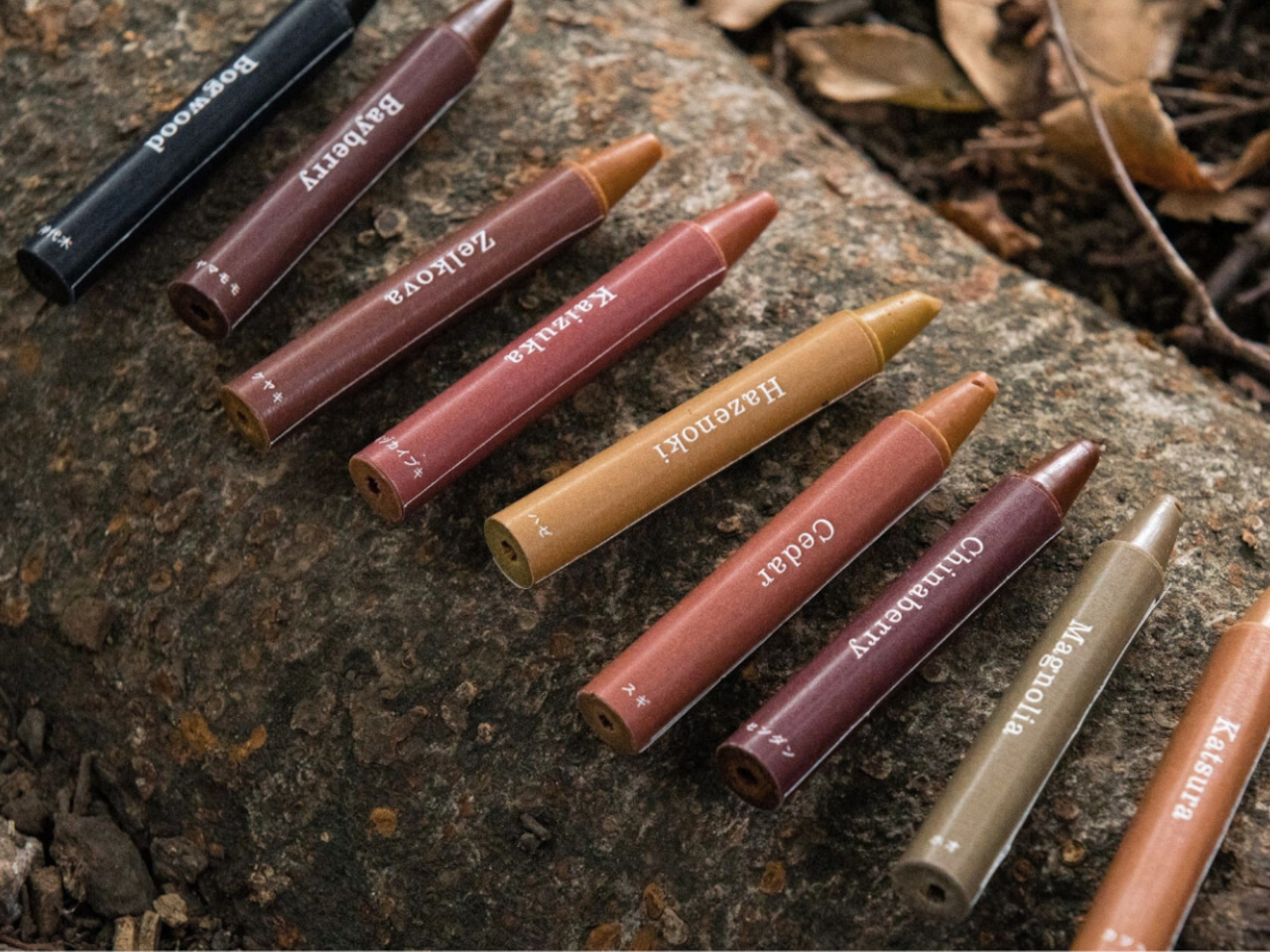





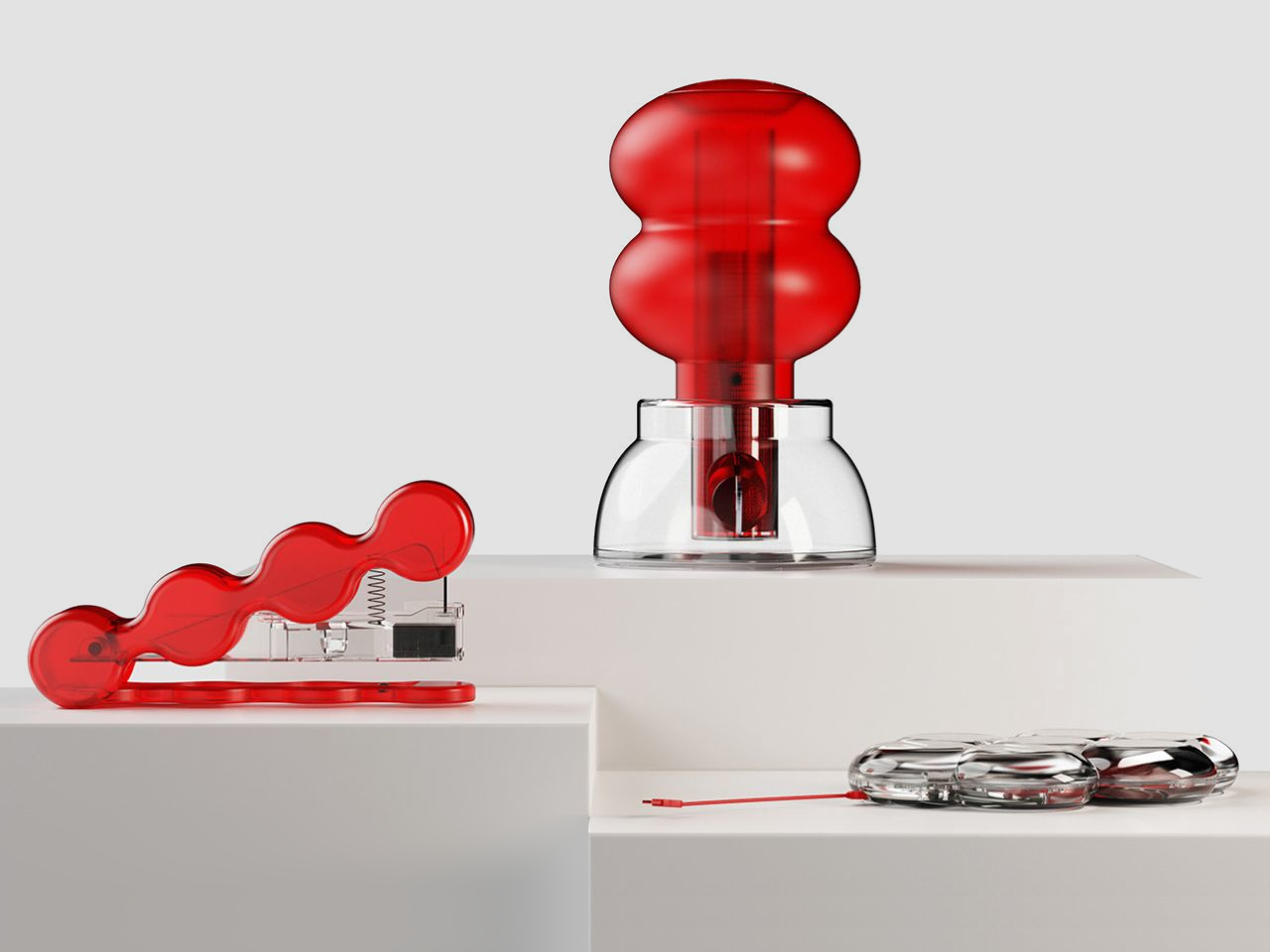

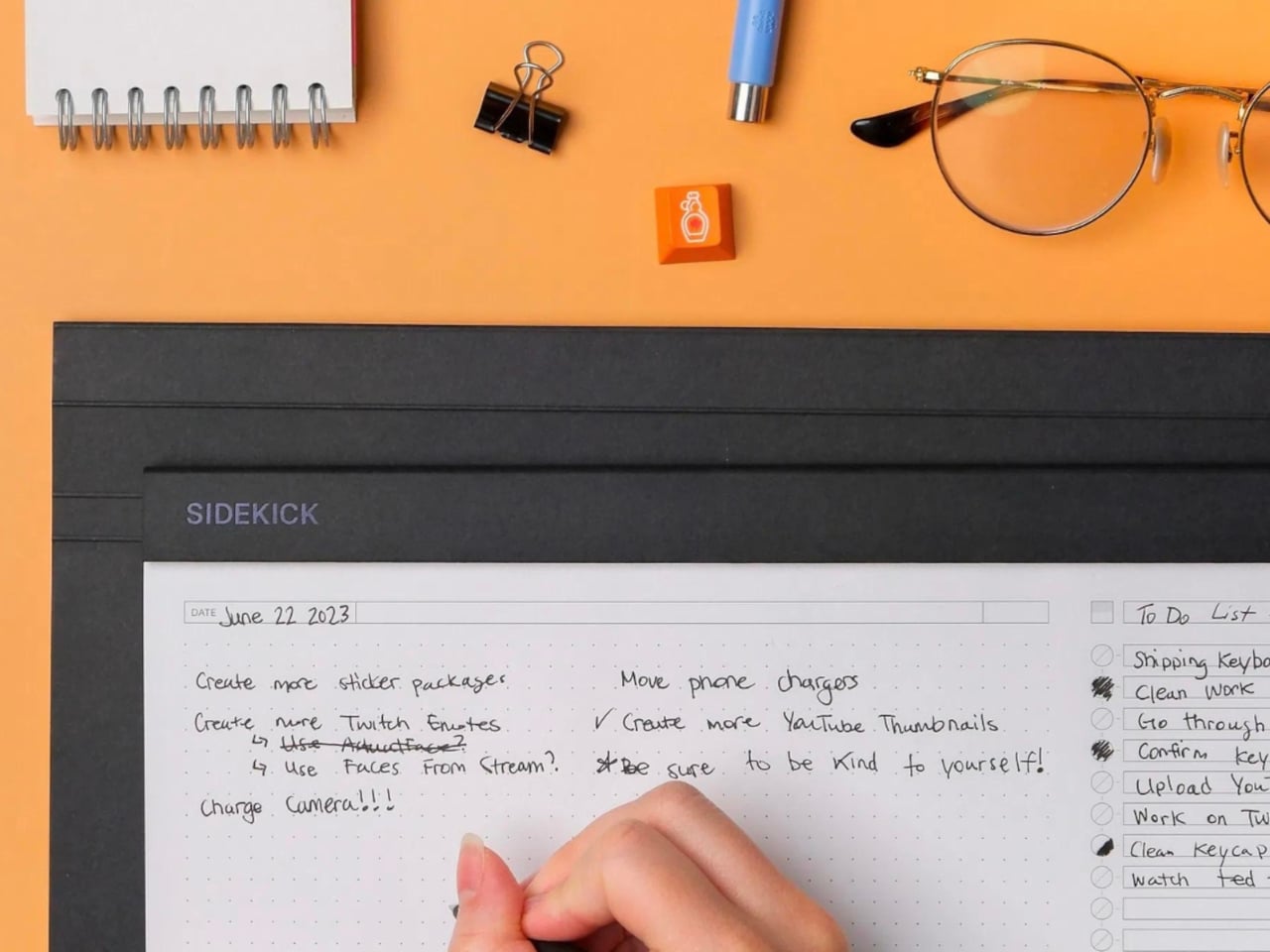
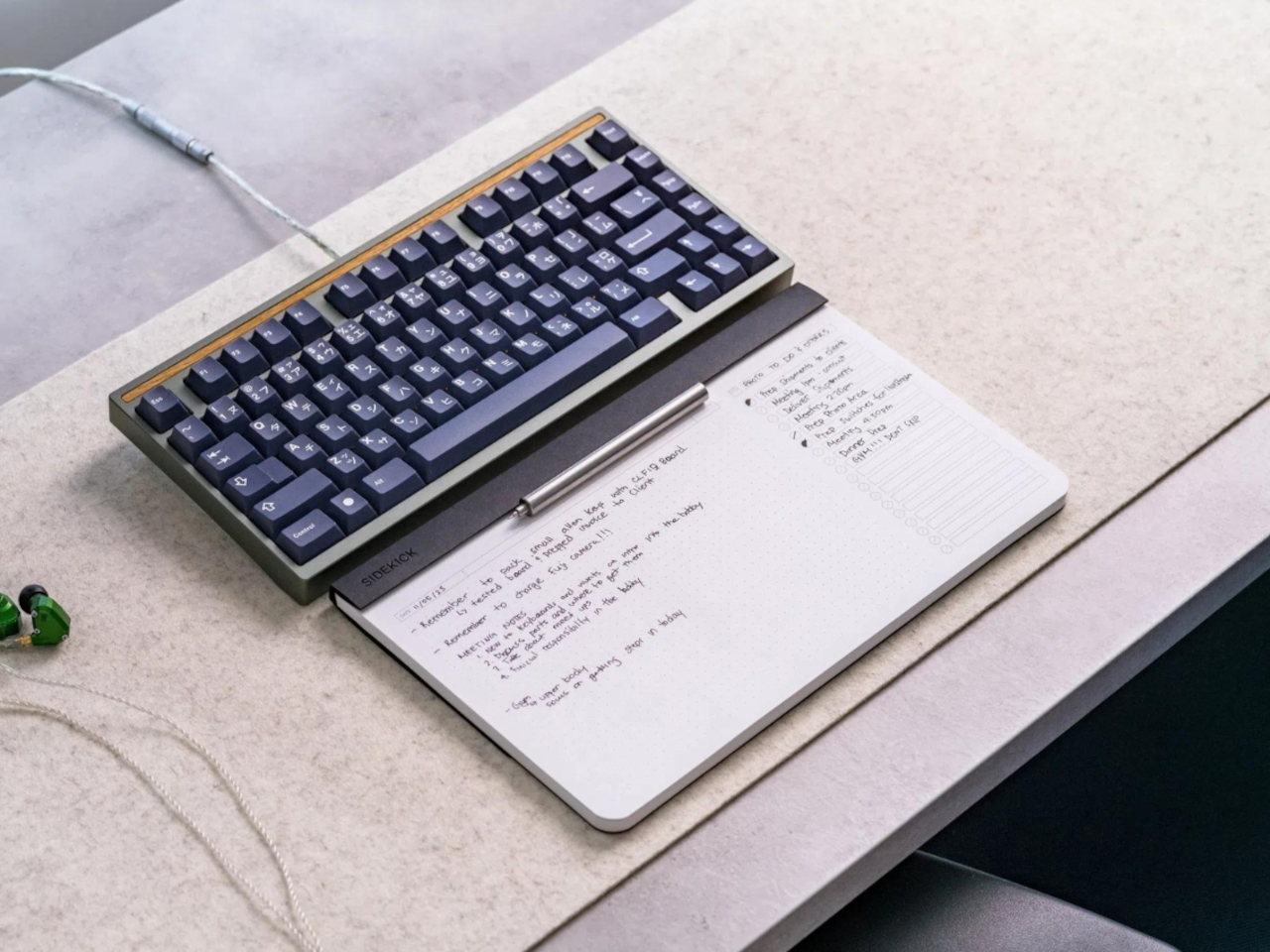
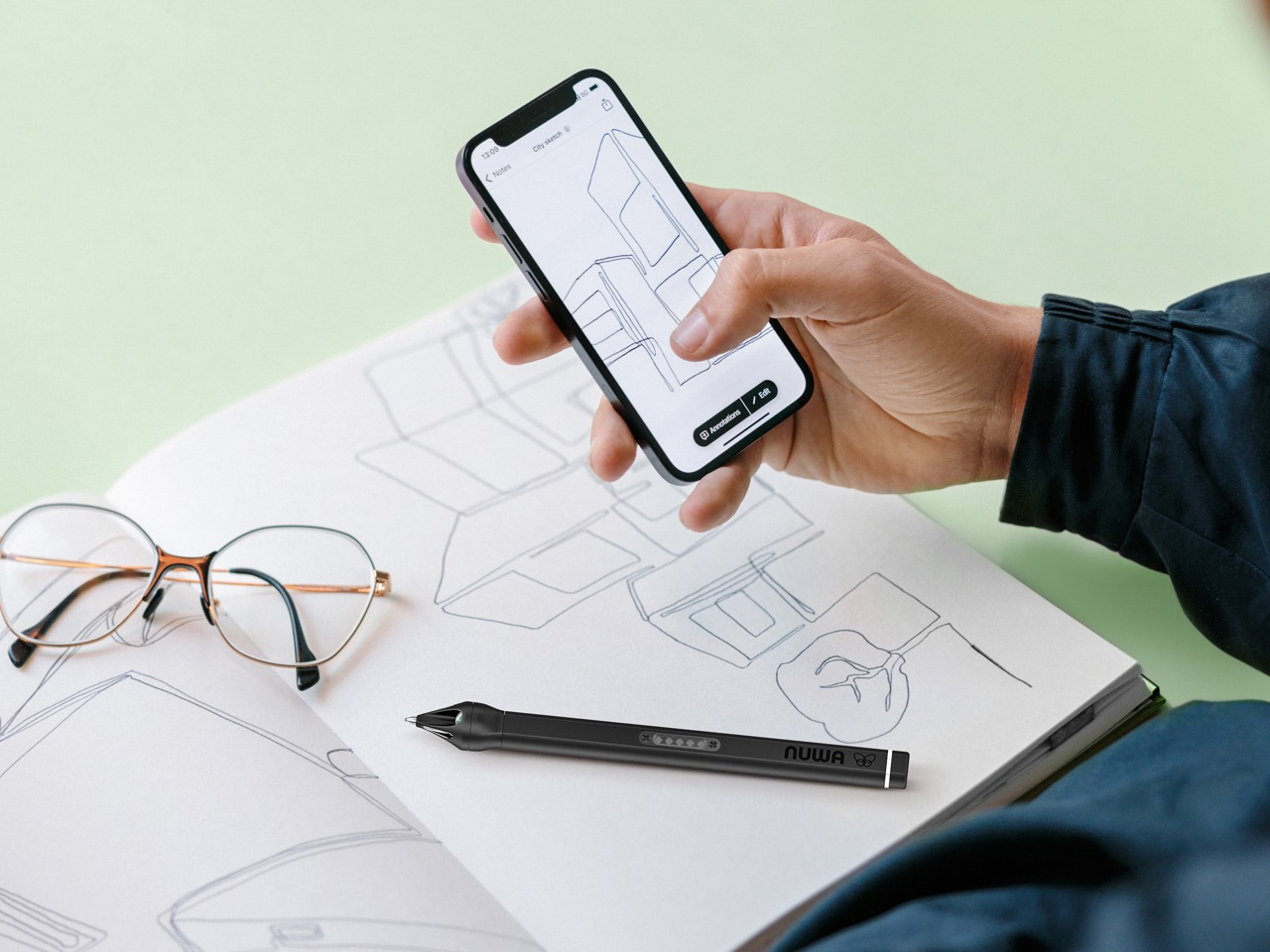
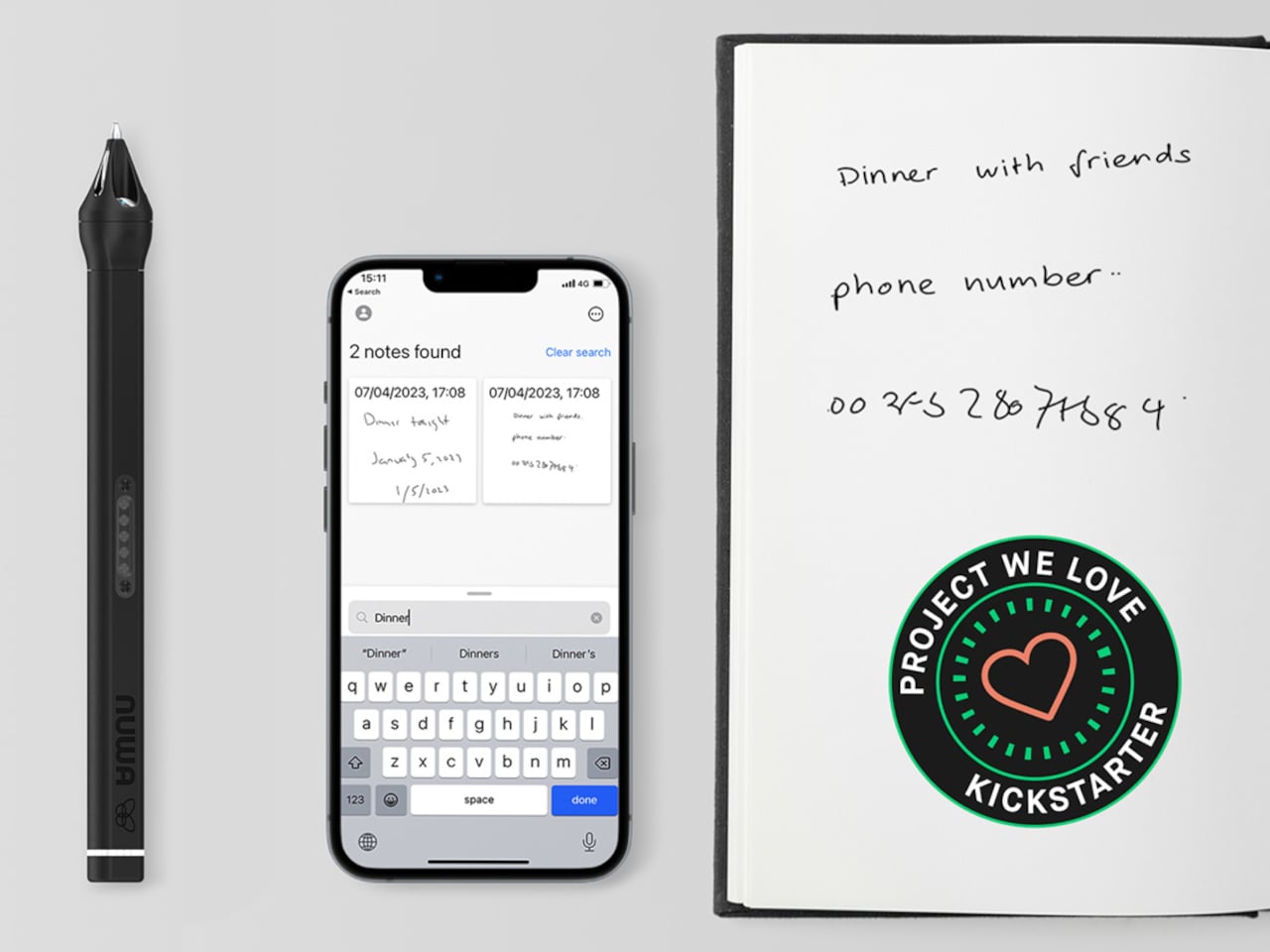
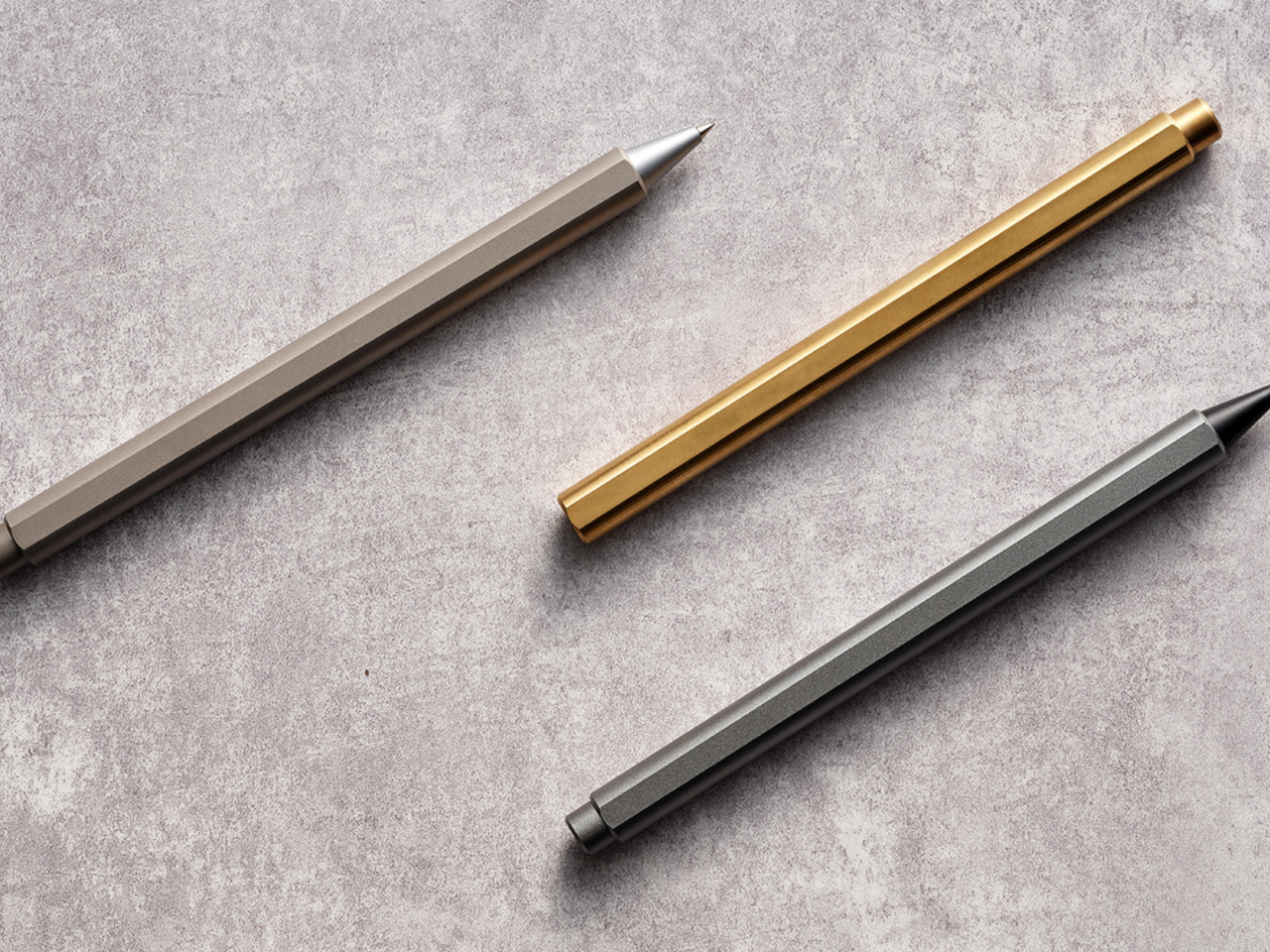
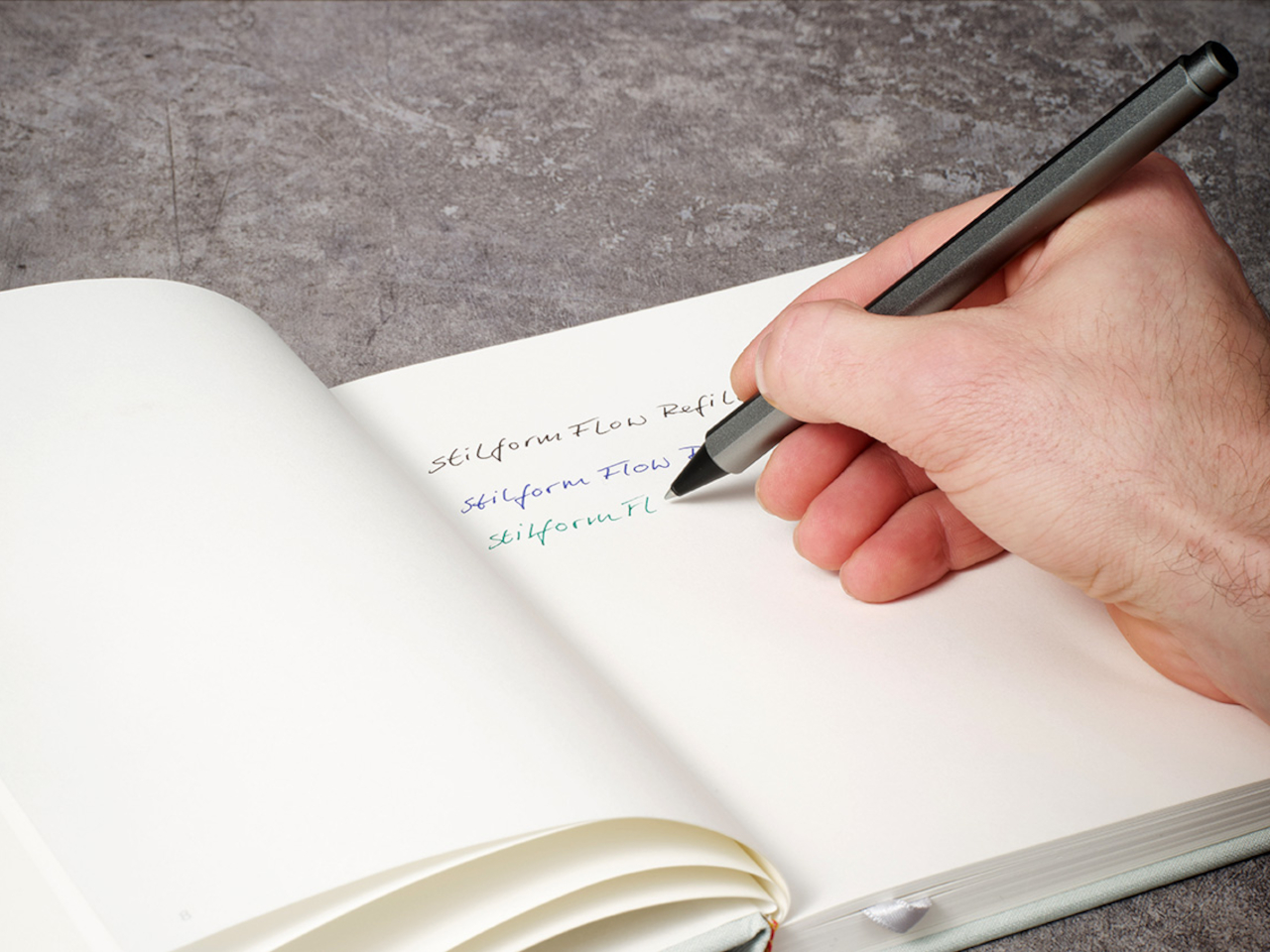
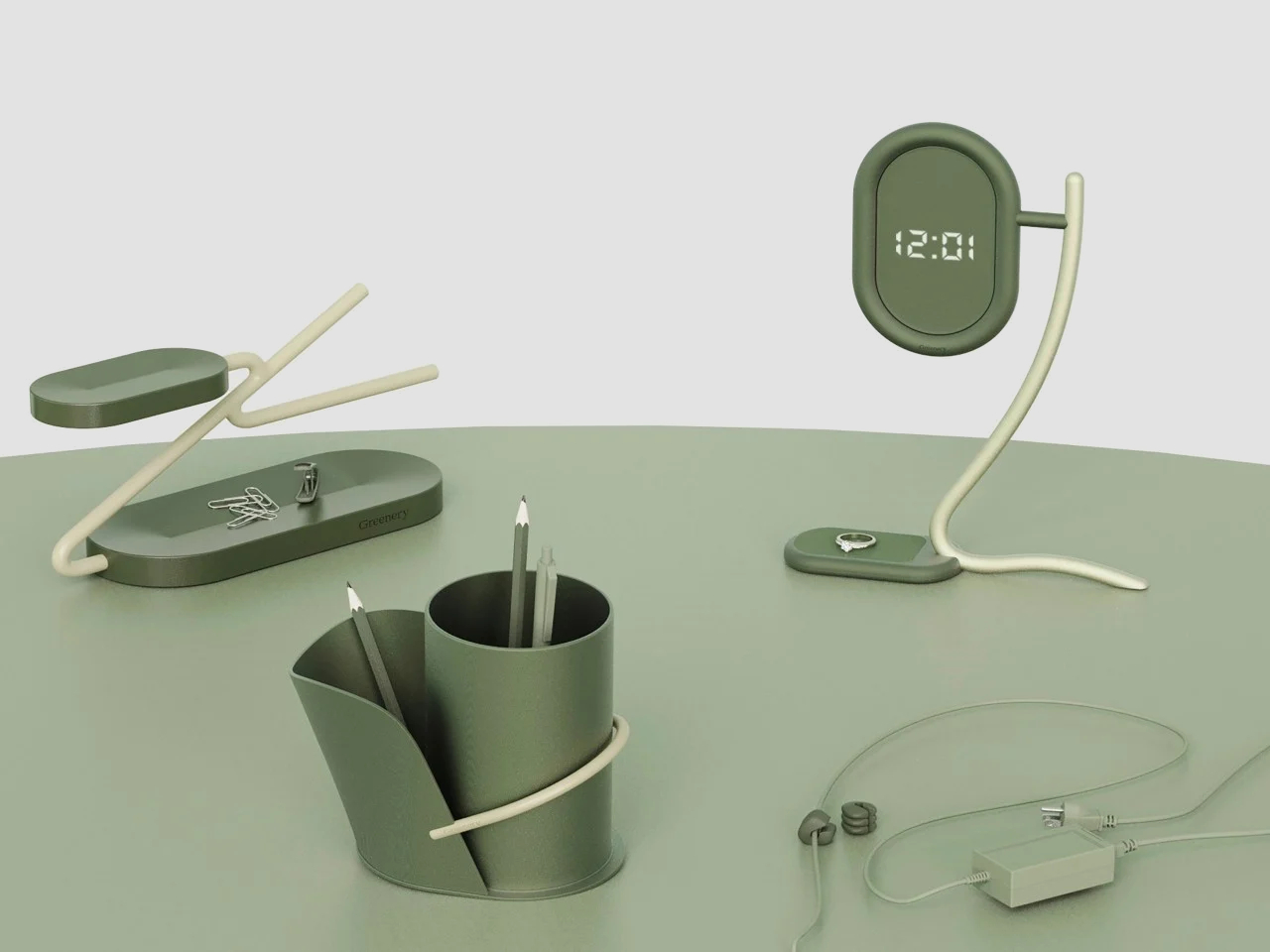
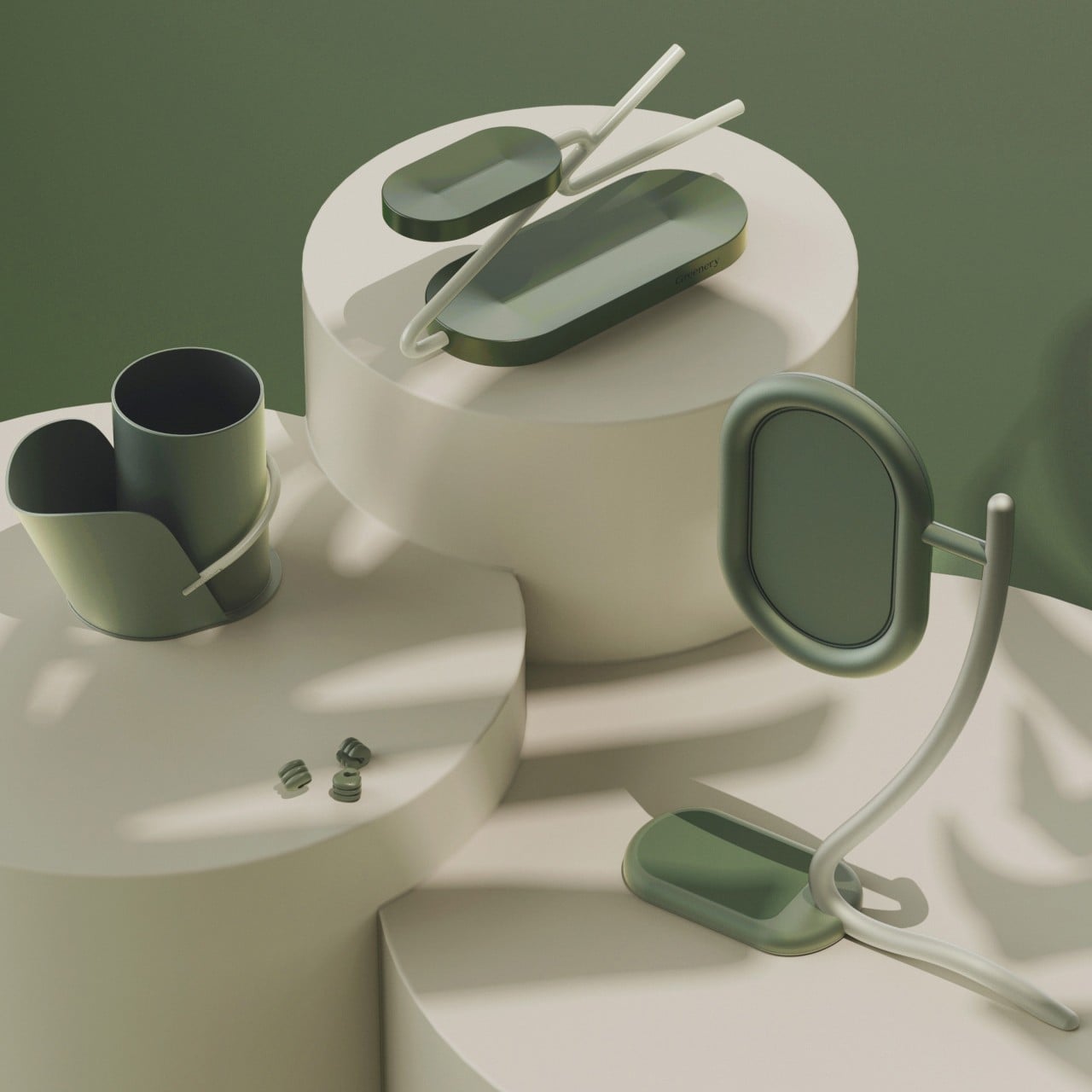

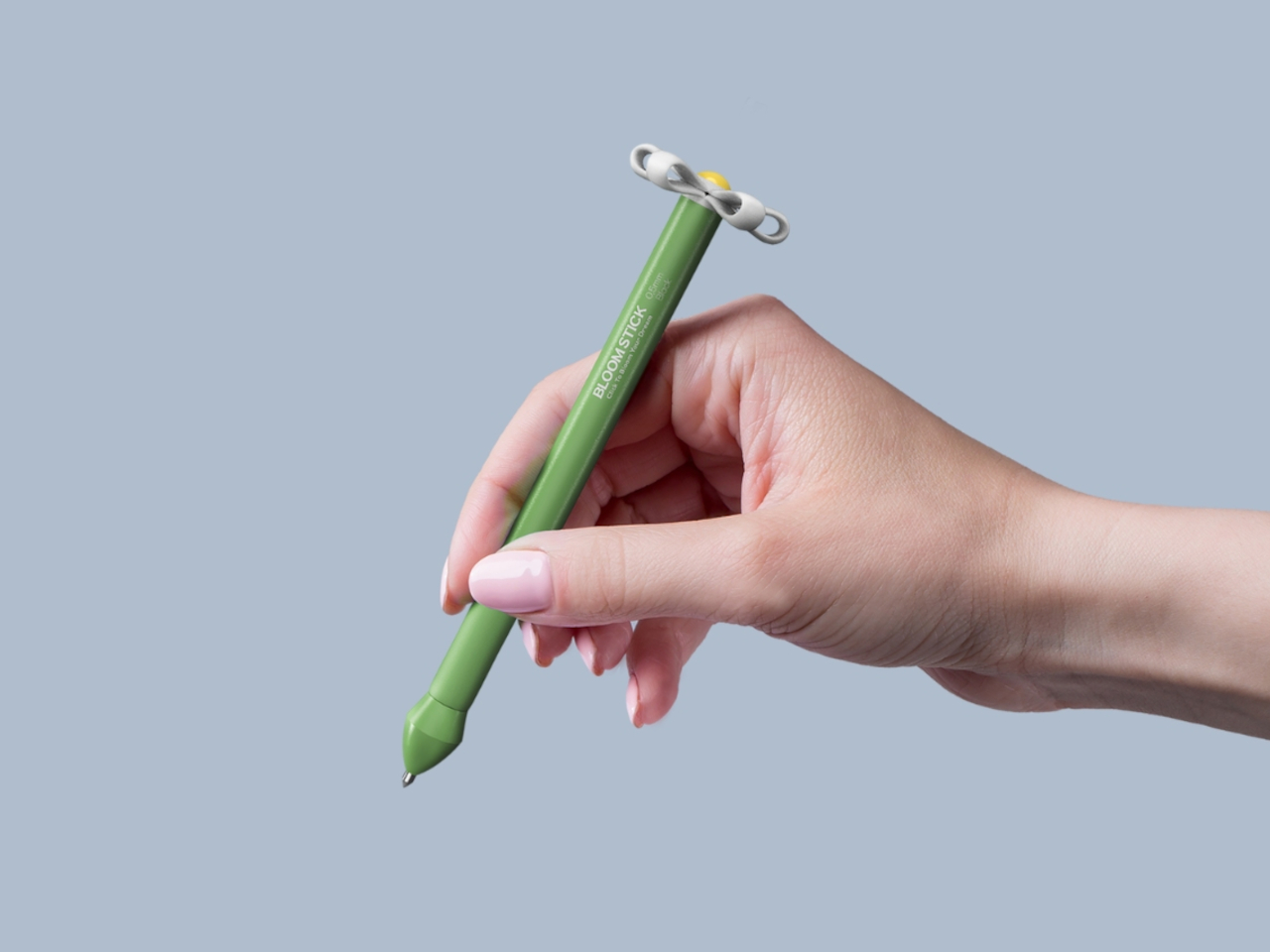
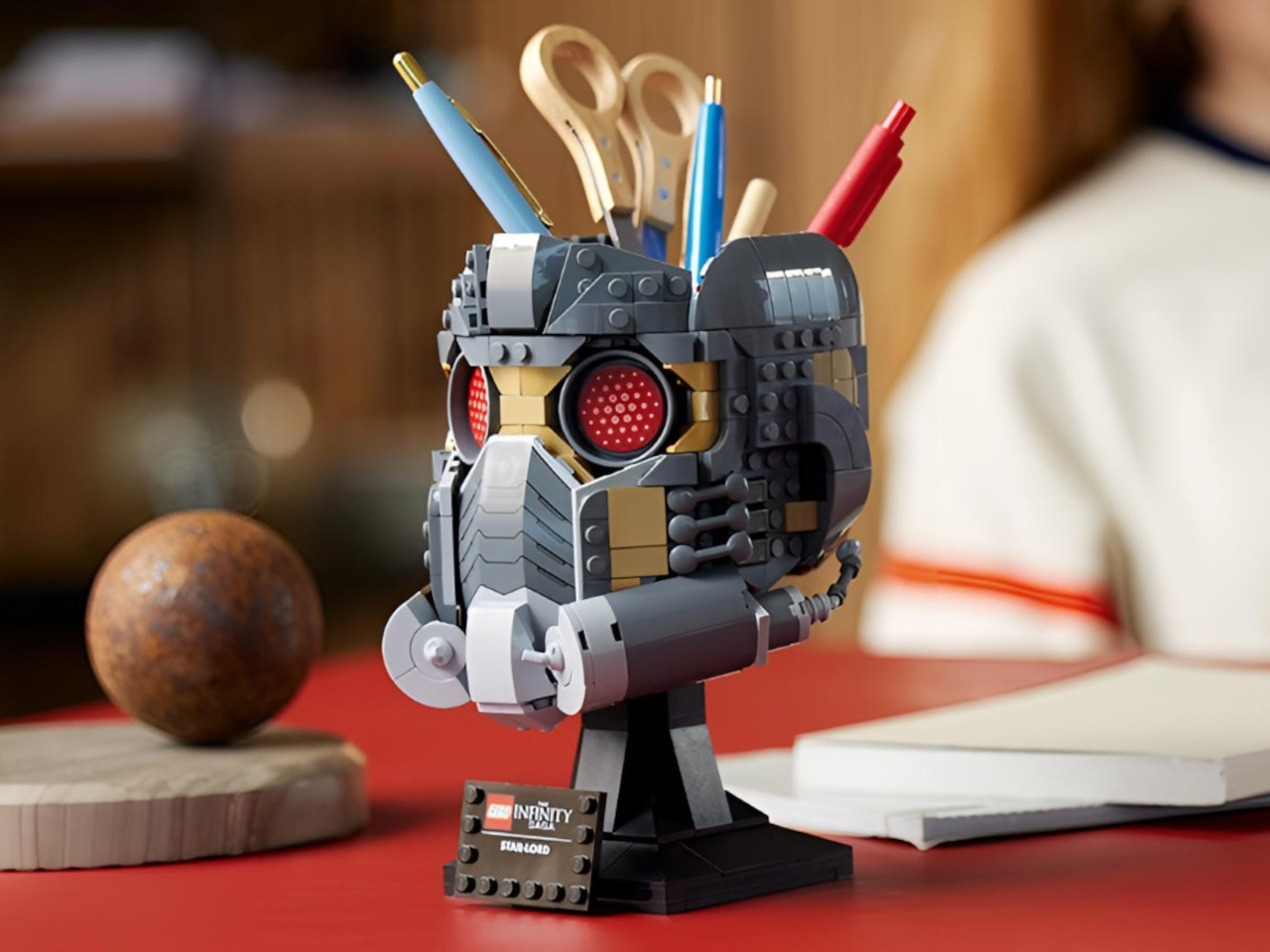
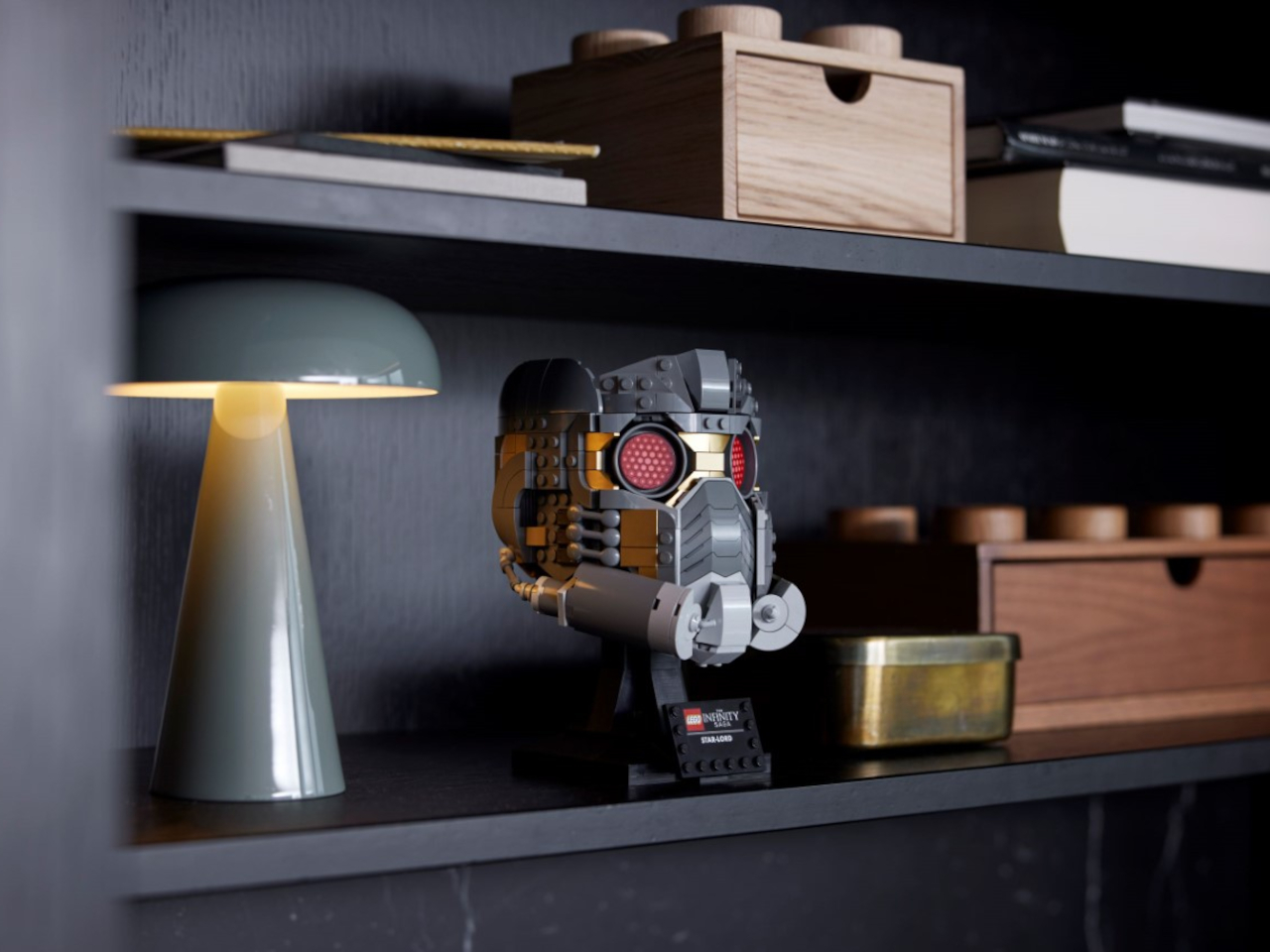
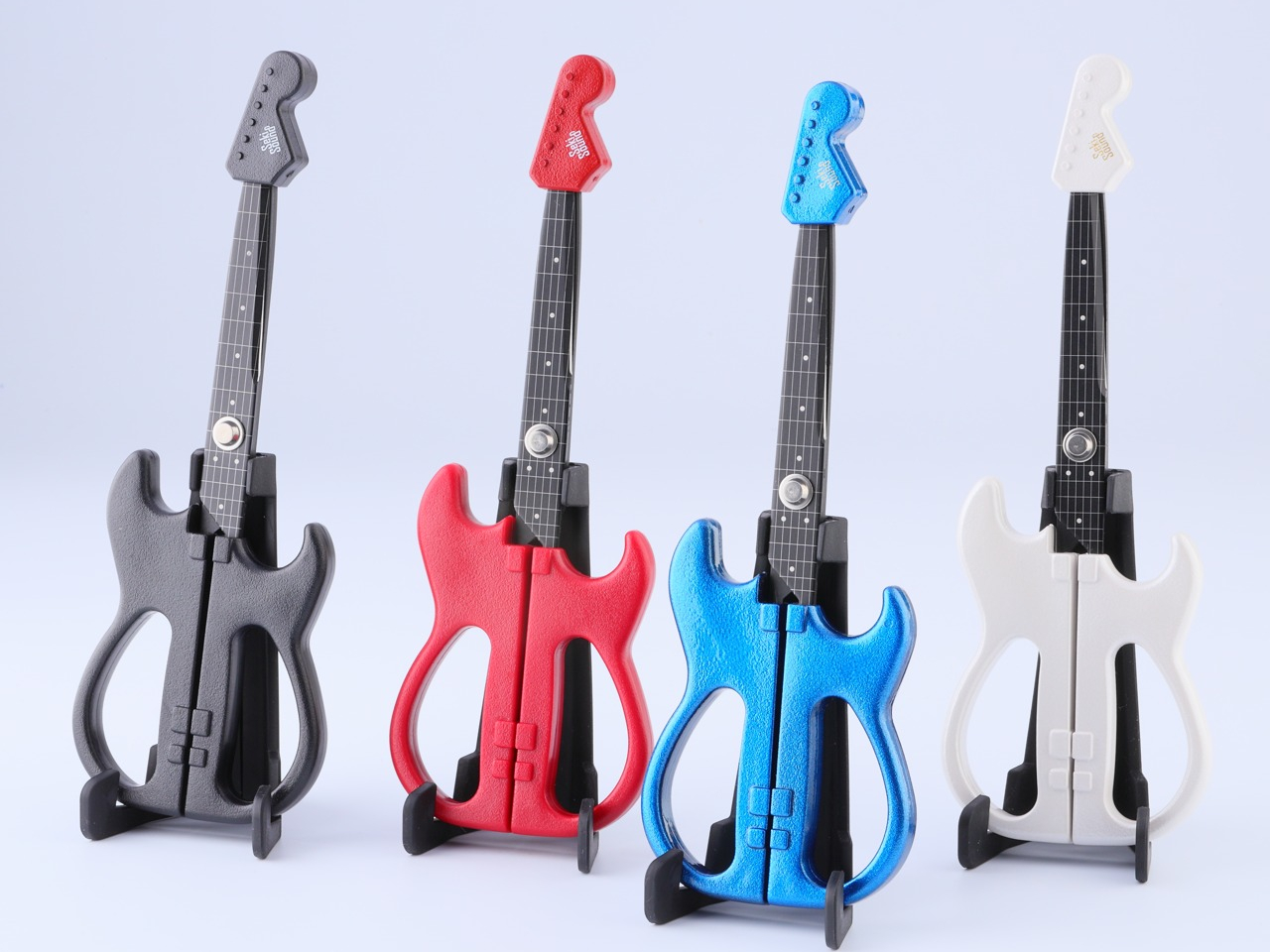
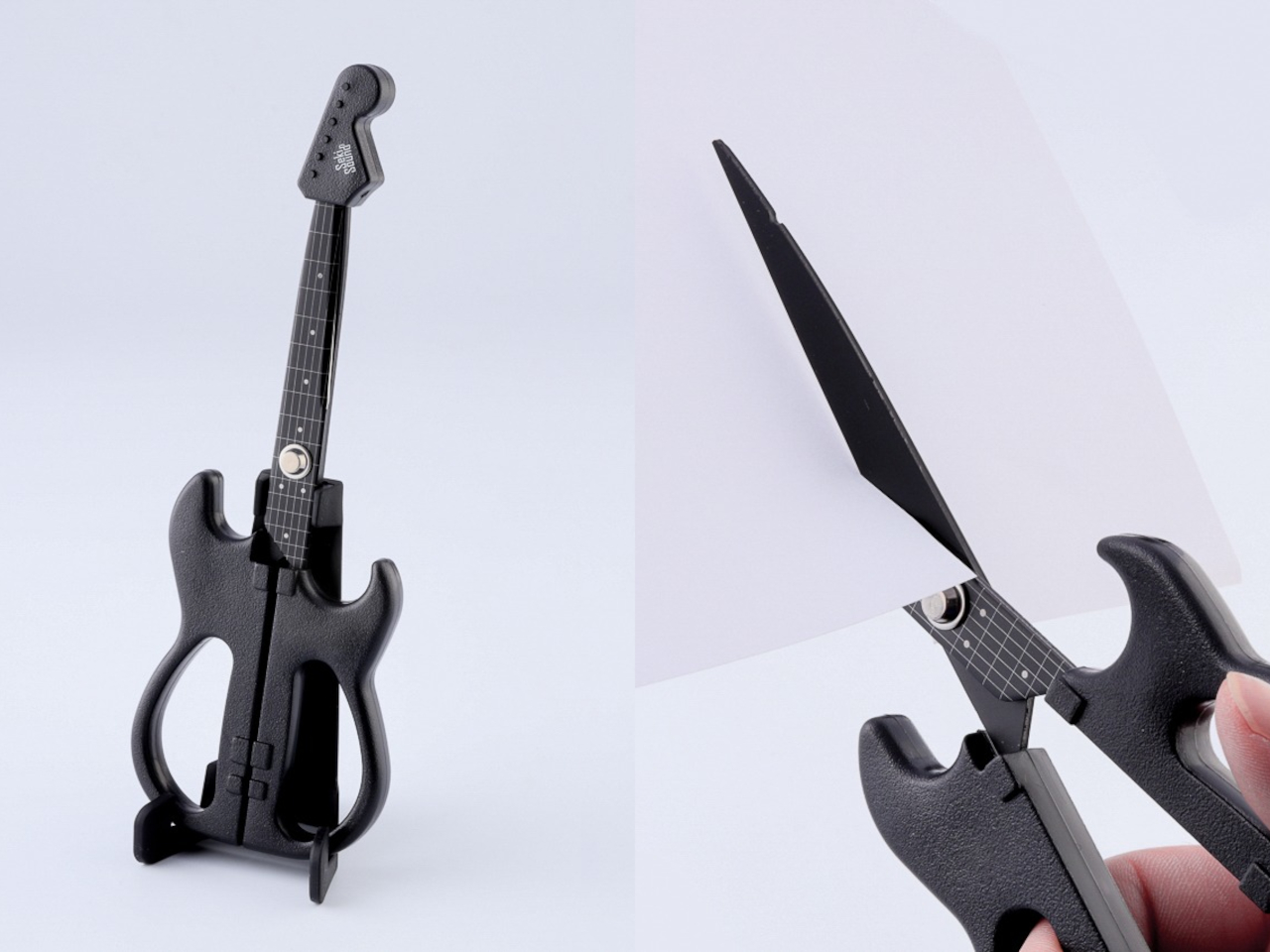
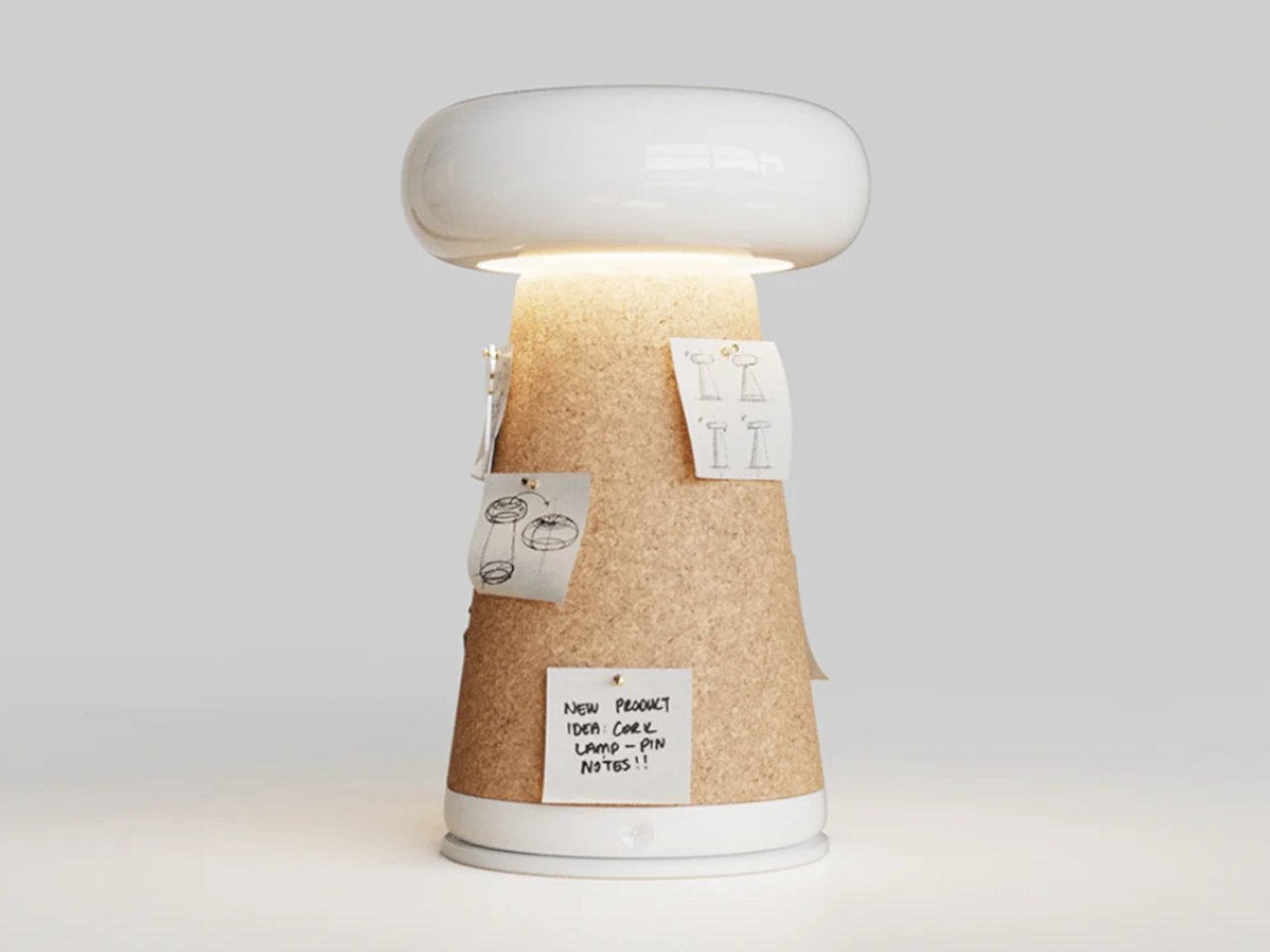
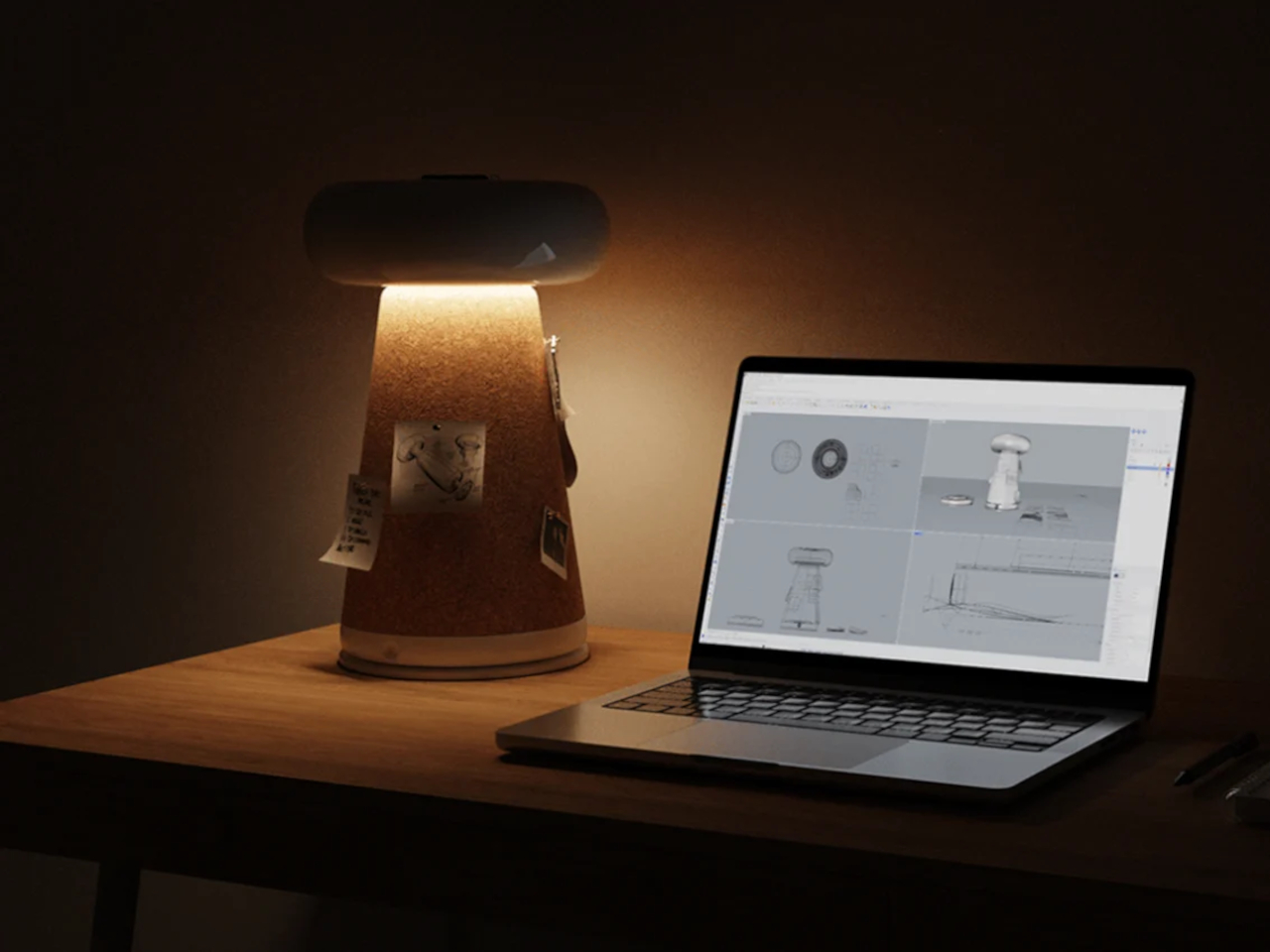
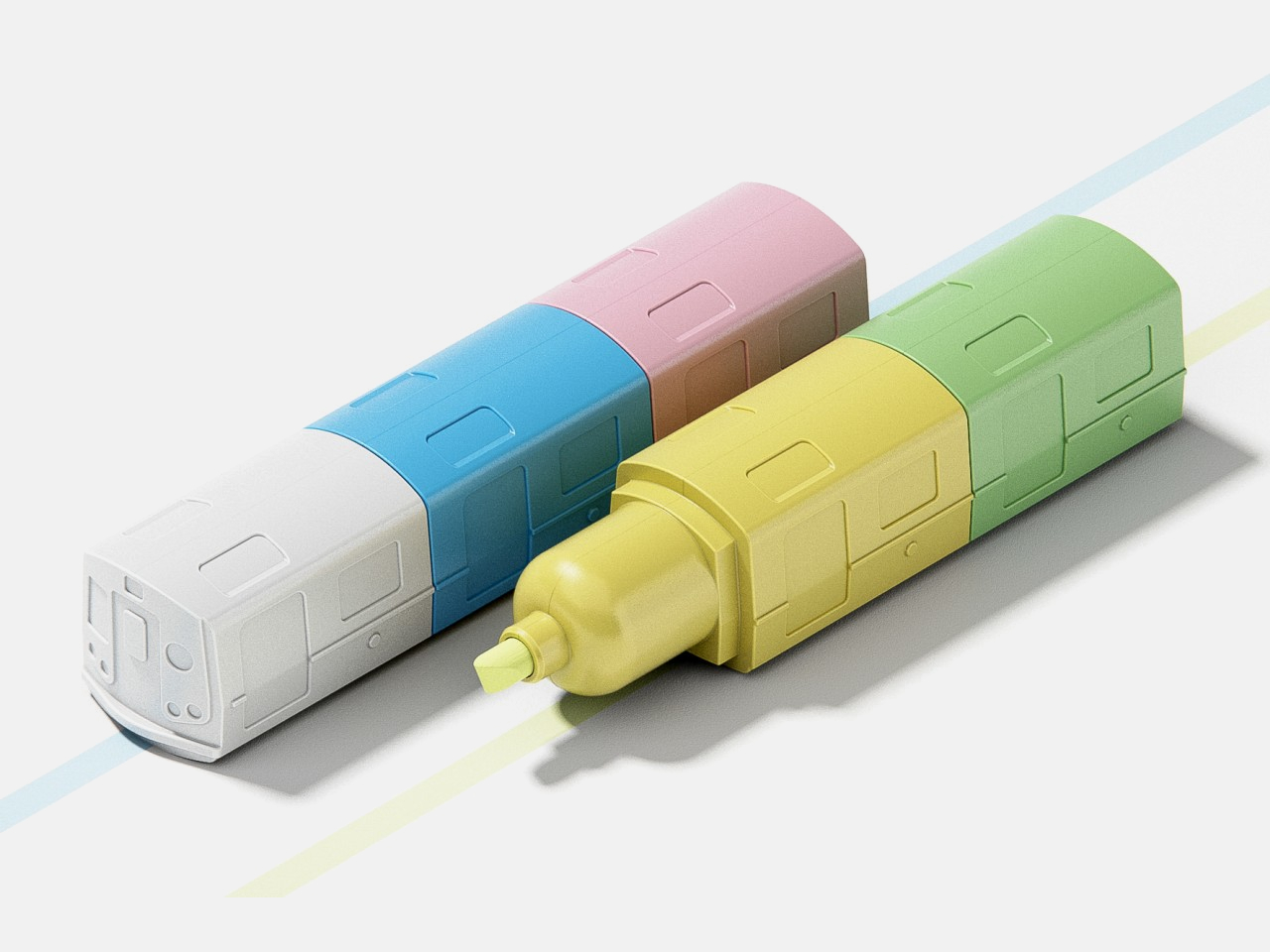
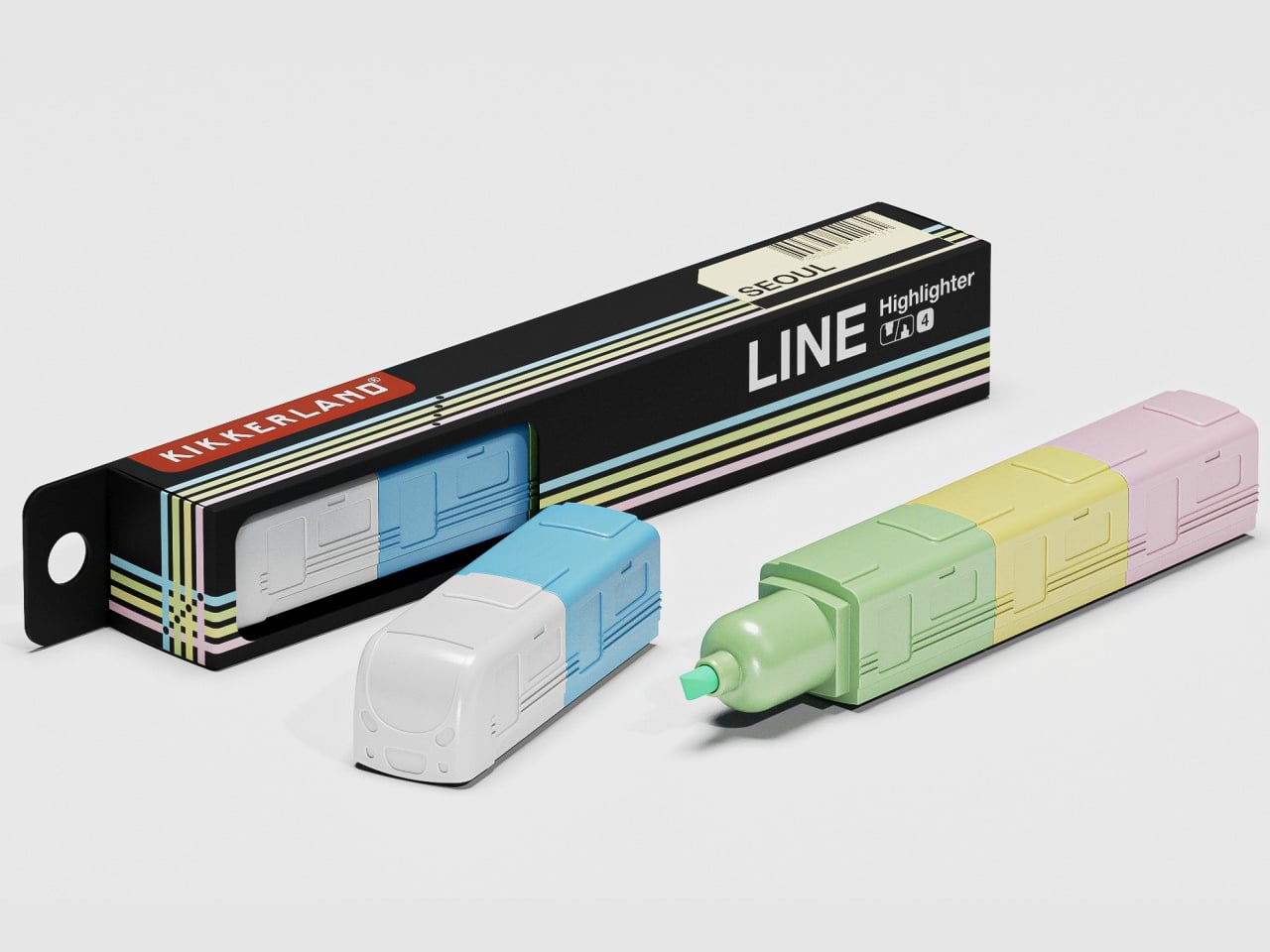
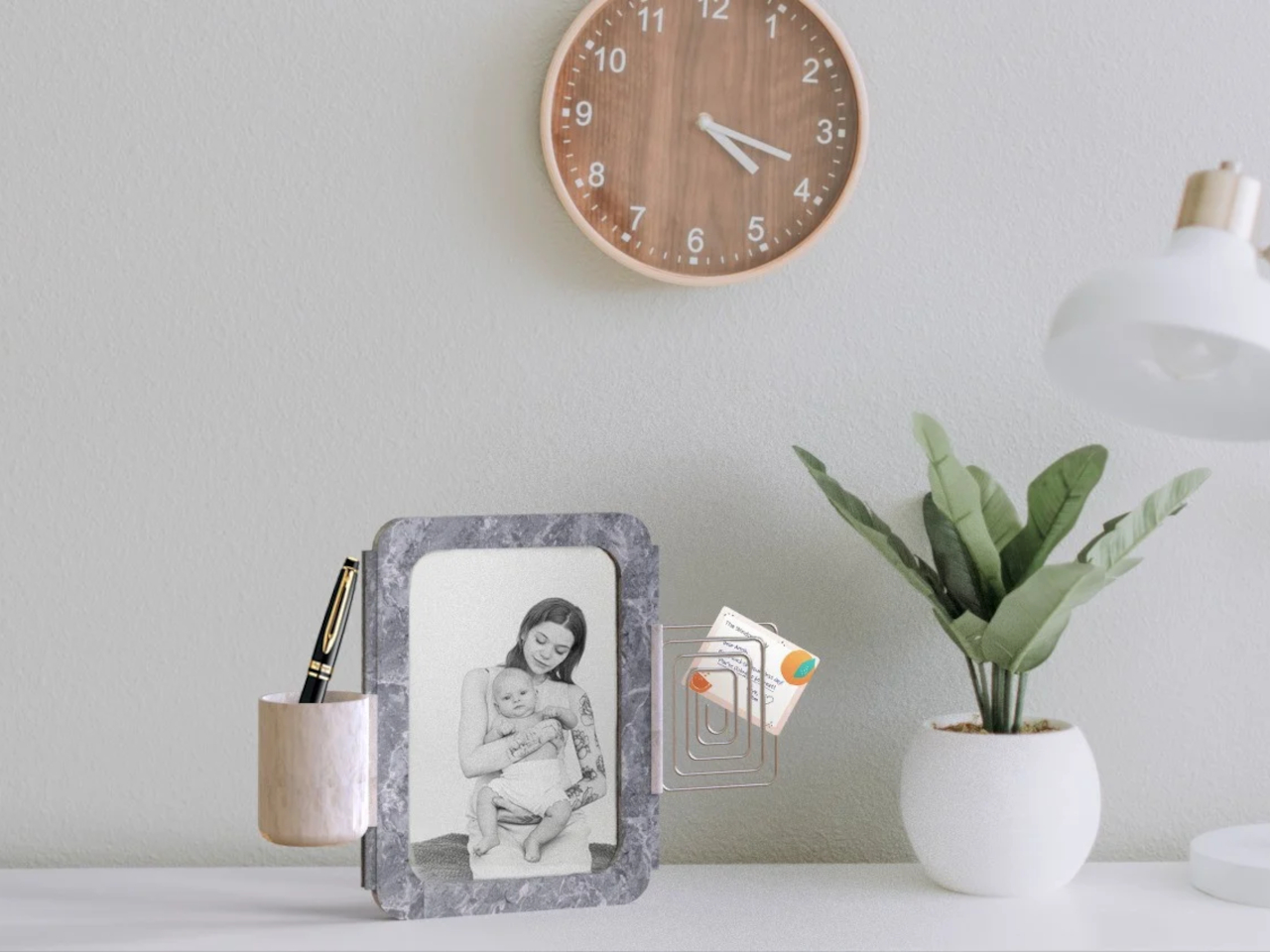
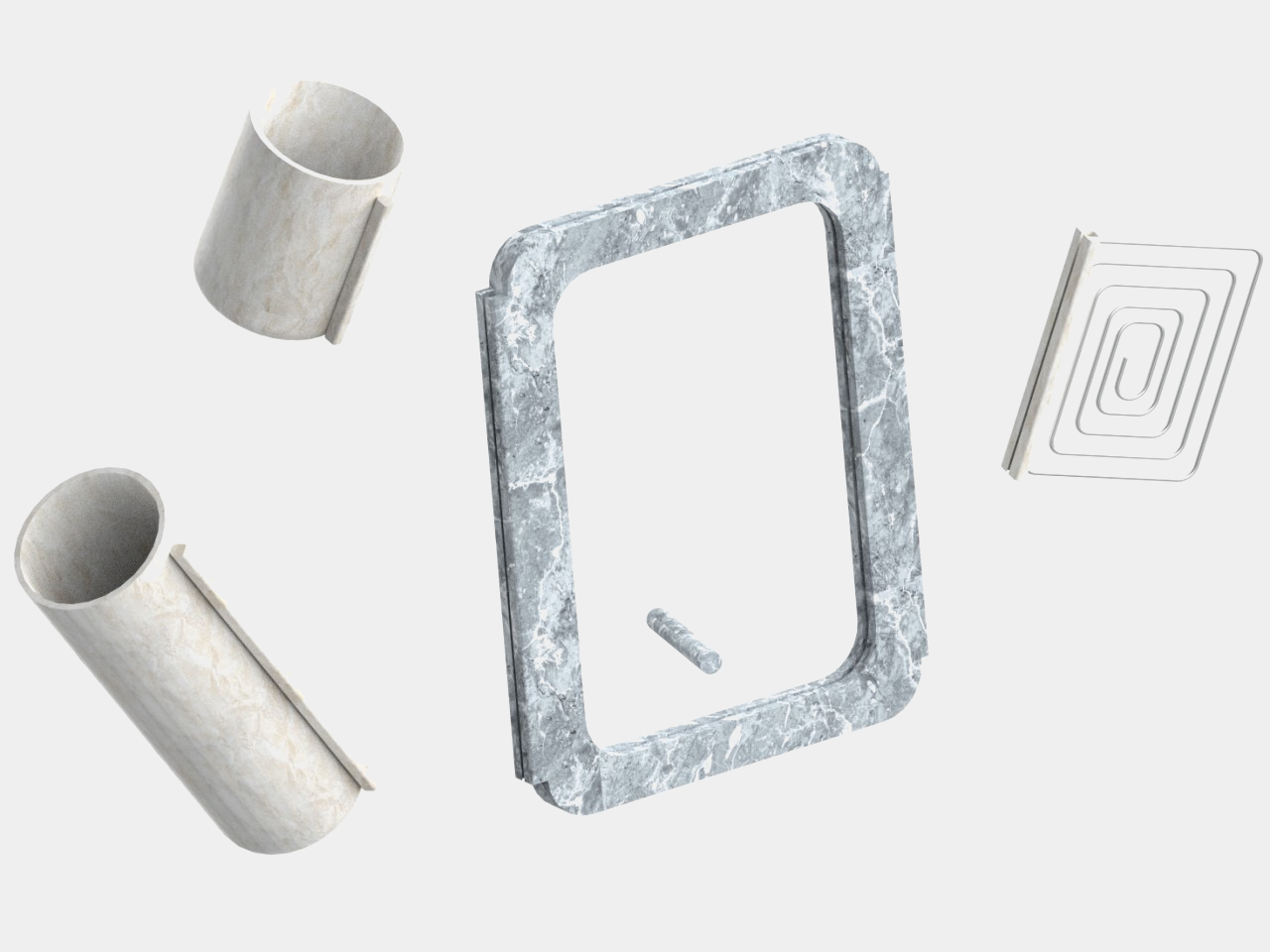
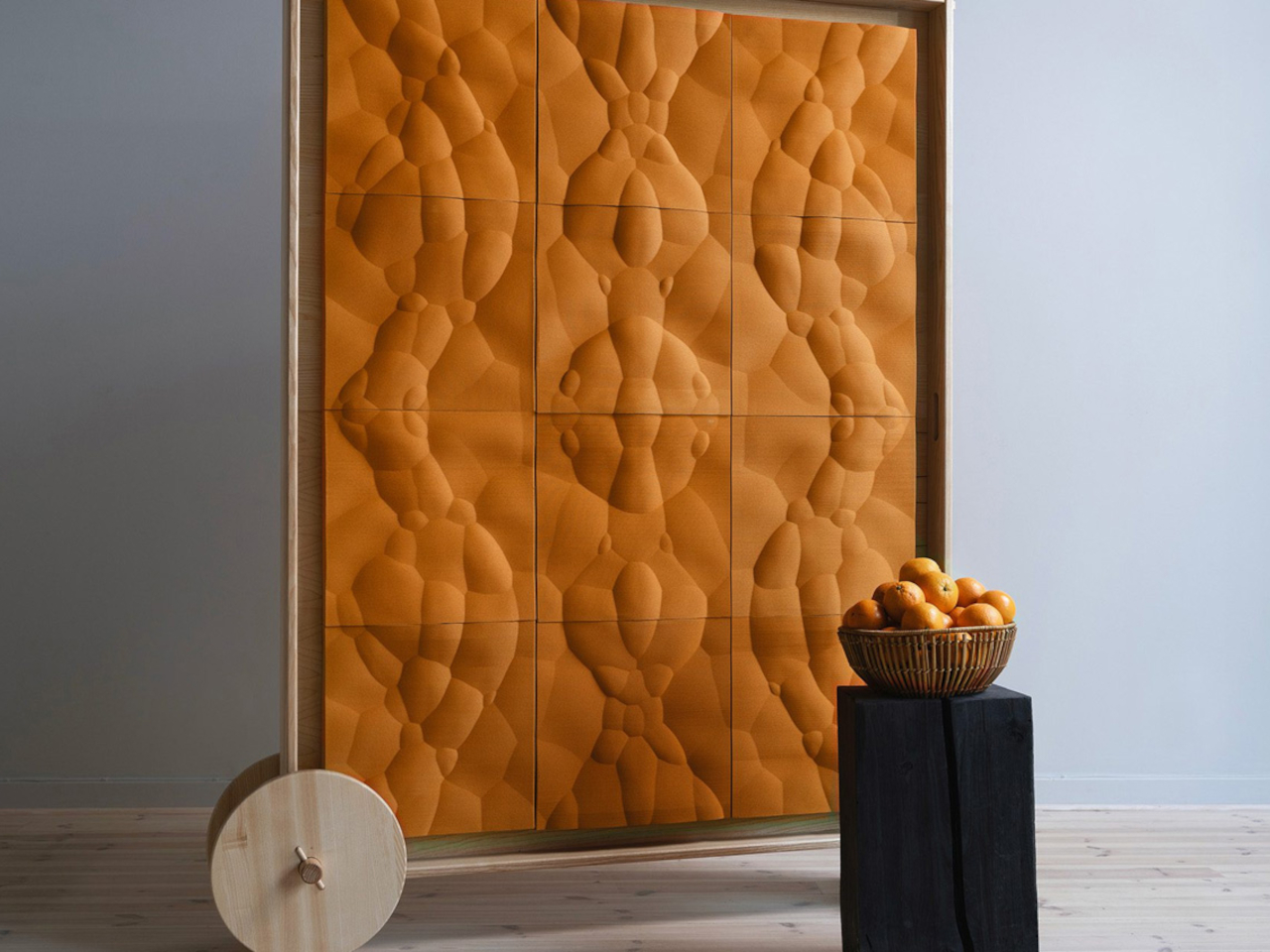

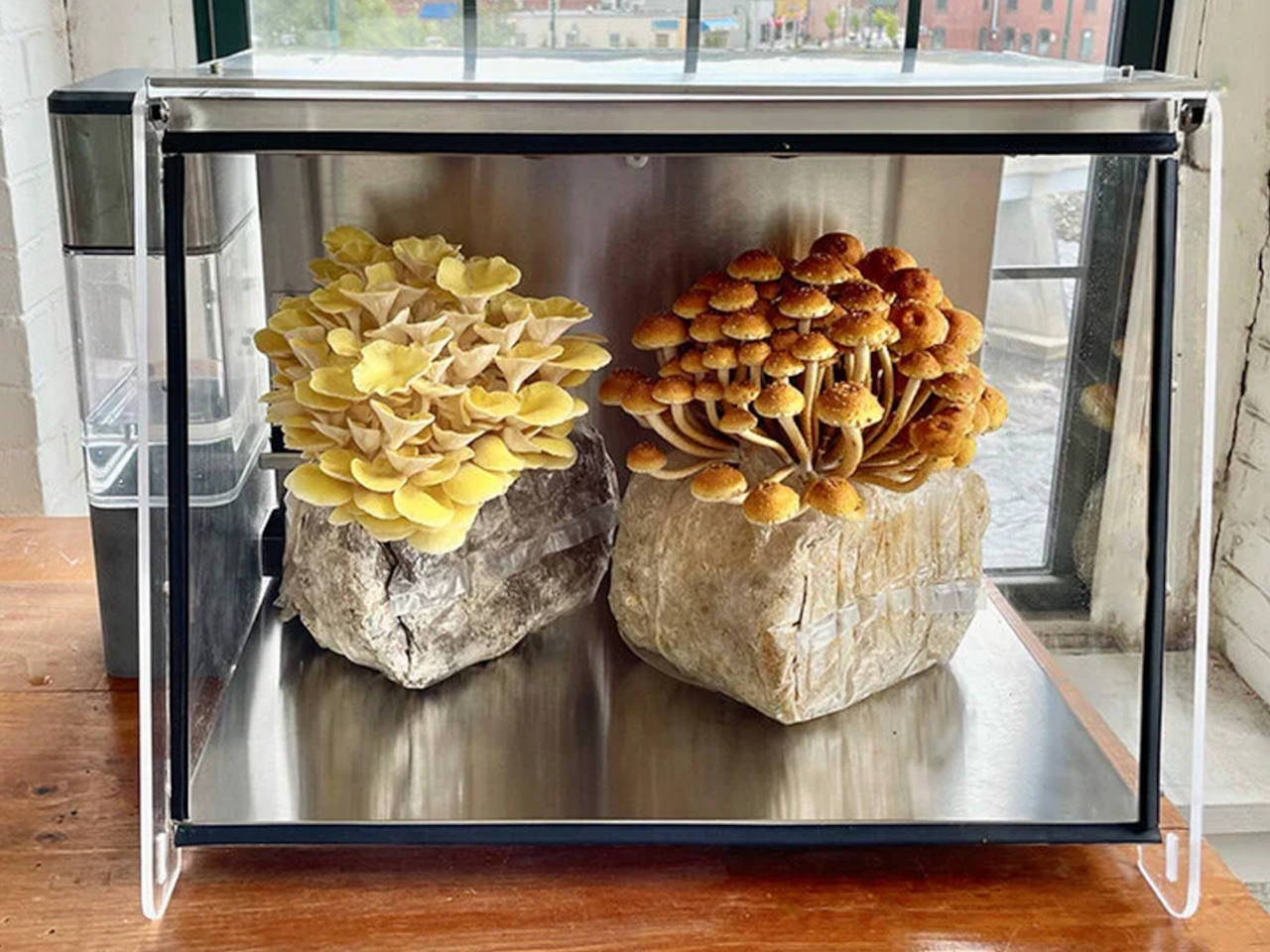
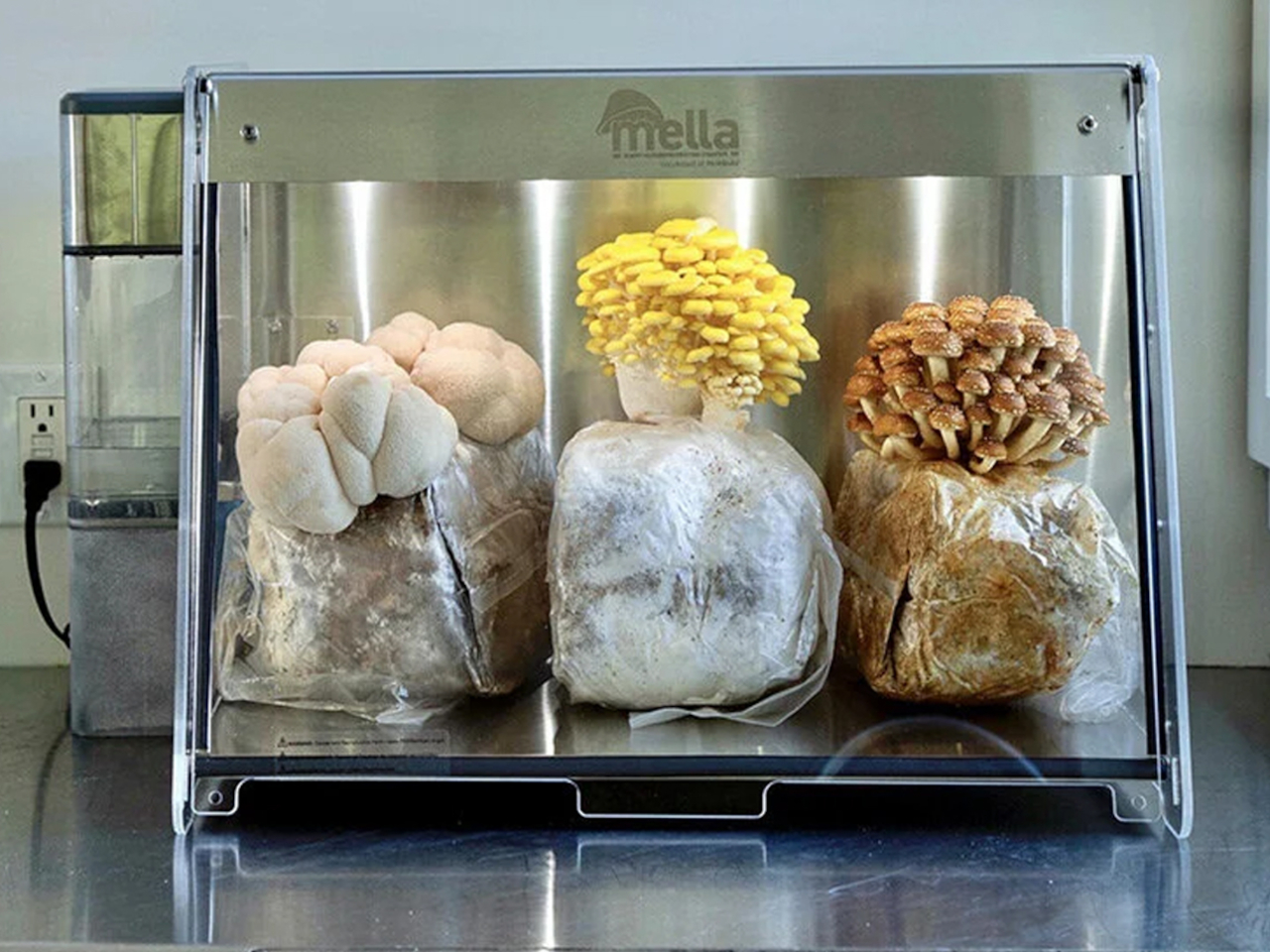
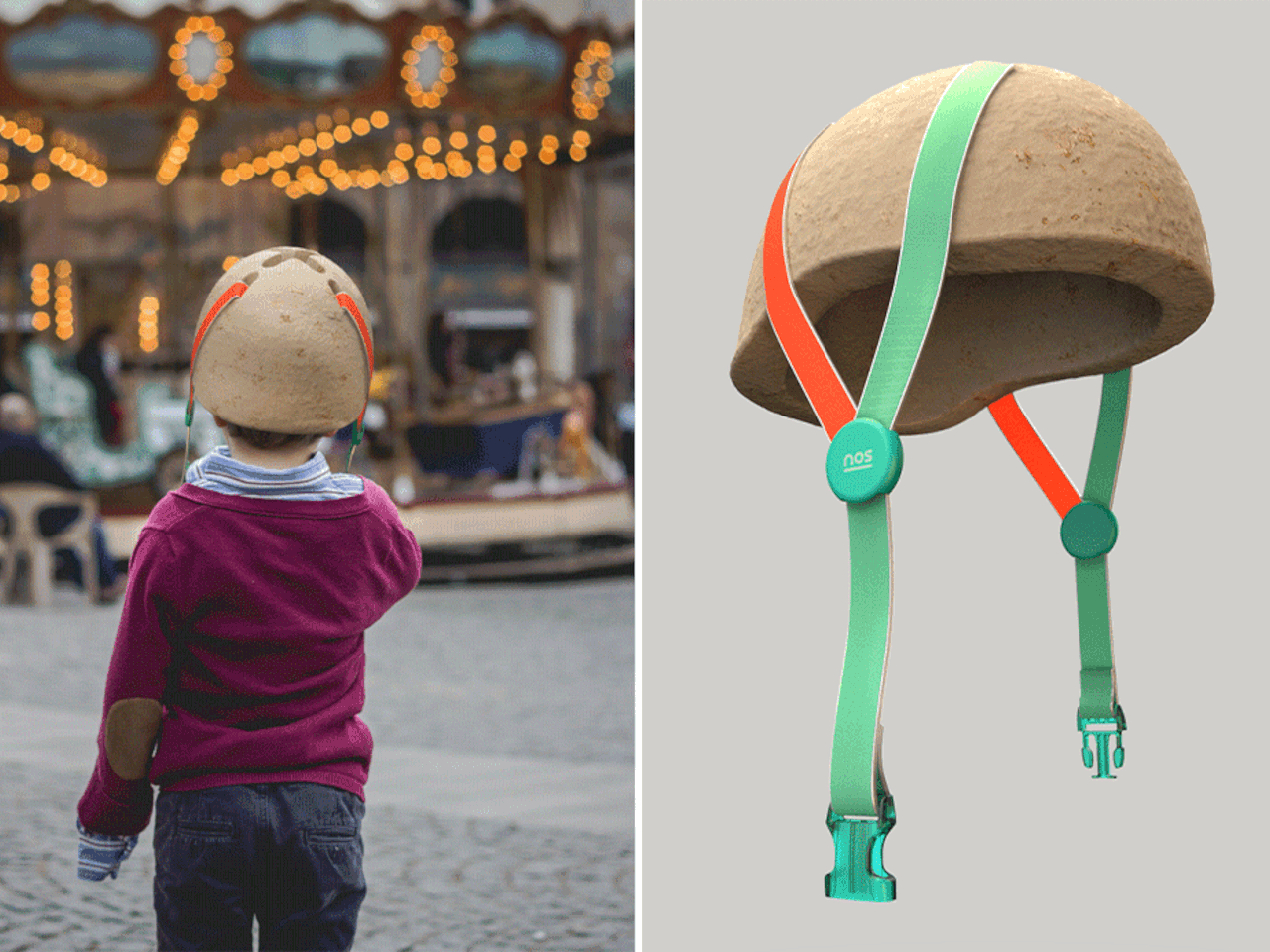





































































































 presents a distinct folding design that compacts to ottoman pouf dimensions. Designed by acclaimed designer Yves Béhar of fuseproject, the bed transcends being merely a therapeutic tool, resembling a chic accessory adaptable to any room and easily unfurled for meditation and healing. When fully expanded, the bed aims to offer an immersive home experience that rejuvenates the body and rejuvenates the nervous system. Through comprehensive body vibrations and spatial sound, it introduces an enhanced therapeutic approach that aids in stress reduction and the release of happiness-associated hormones.
presents a distinct folding design that compacts to ottoman pouf dimensions. Designed by acclaimed designer Yves Béhar of fuseproject, the bed transcends being merely a therapeutic tool, resembling a chic accessory adaptable to any room and easily unfurled for meditation and healing. When fully expanded, the bed aims to offer an immersive home experience that rejuvenates the body and rejuvenates the nervous system. Through comprehensive body vibrations and spatial sound, it introduces an enhanced therapeutic approach that aids in stress reduction and the release of happiness-associated hormones.








